If you have 2 weeks in Japan to spare, consider yourself pretty lucky. The country is filled with so many different cities, activities & attractions, and 14 days is a great amount of time to spend exploring it all.
This Japan itinerary will take you to several different cities throughout the country – both major ones like Tokyo and smaller ones like Takayama. That is just one reason why Japan is such a great country – there is a little bit of everything for everyone.
I am hoping this Japan 2 week itinerary will help you out with planning your trip and answer any questions you may have along the way!
* Affiliate Disclosure: This post may contain affiliate links, which means I may receive a commission if you make a purchase through the links provided, at no additional cost to you. Thanks for supporting the work I put into TripTins!
The IDEAL Japan Itinerary 14 Days
To start, below is what this two week Japan itinerary will look like. While there are many cities and attractions to visit throughout Japan, this itinerary certainly will give you a great overall experience to take part of.
Days 1-3: Tokyo
Day 4: Kamakura Day Trip
Day 5: Hakone Round Course
Day 6: Takayama
Day 7: Shirakawa-go
Day 8: Kanazawa
Day 9-11: Kyoto
Day 12: Nara Day Trip
Day 13: Miyajima
Day 14: Hiroshima
*It will be quite easy to move certain day trips around as you see fit, but overall this is what the itinerary will go through.
Before jumping into the itinerary itself, I wanted to list out a couple helpful tips to note about this Japan itinerary in particular:
» Assume that day 1 and day 14 are full days. That means you should plan to arrive the night before or early on day 1 and head out later on day 14 or sometime on day 15.
» You can go about the trip in a few different ways – either starting and ending in Tokyo, starting and ending in Osaka, or starting in one of the two and ending in the other. I will go about the itinerary as if you would be flying into and out of Tokyo as that is one of the more popular options out there.
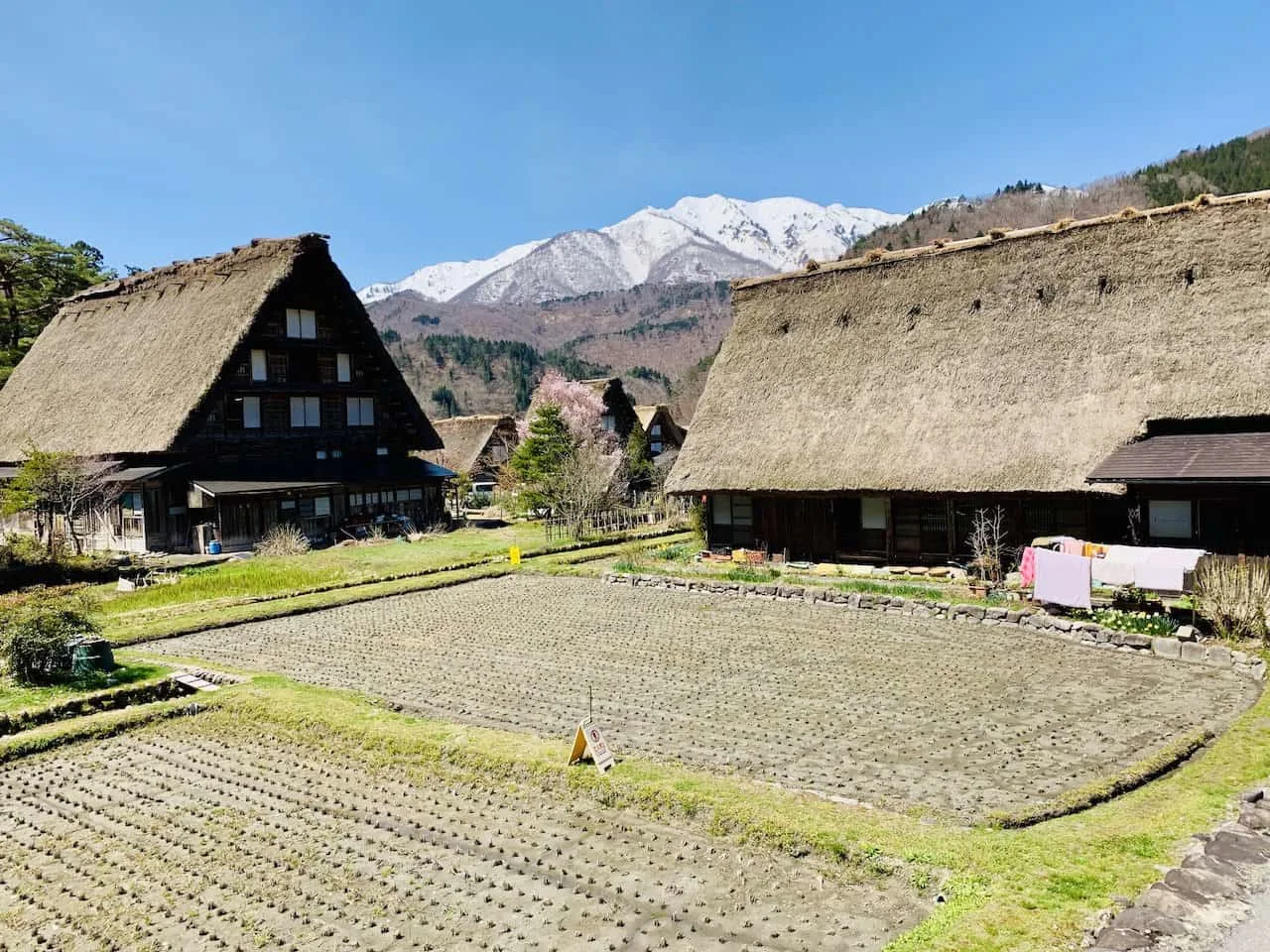
How to Get Around Japan
One of the most important considerations when it comes to Japan is transportation and how you will get yourself around the country. More likely than not, you will be utilizing the train network of Japan. Here are some important considerations as you go about planning your trip:
JR Pass
When it comes to Japan travel, the one topic you will continually come across is the JR Pass (Japan Rail Pass).
The JR Pass is basically a one time purchase, which can then be used for a variety of transport throughout Japan.
The idea here is by purchasing a single JR Pass, you can save money vs. the alternative of purchasing individual tickets for each part of your trip.
→ Japan is well connected by high speed bullet trains and you will be using them (and other trains) during your time in the country.
For this trip in particular, it is most useful to purchase a 14 Day JR Pass before heading out to Japan. There are 7 day and 21 day JR Passes available as well.
→ A JR Pass will give you unlimited travel travel on JR specific trains, subways and busses in Japan. The pass can be used on many of the more expensive routes in the country and it can definitely save you some money along the way.
→ The best way to purchase a JR Pass is to do so prior to departing to Japan. You can order the pass online, and then exchange your voucher for a JR Pass once you arrive in the country.
→ One very important aspect to point out is that not all trains are included with the JR Pass (especially when dealing with travel within cities). I will talk about that more in the next section.
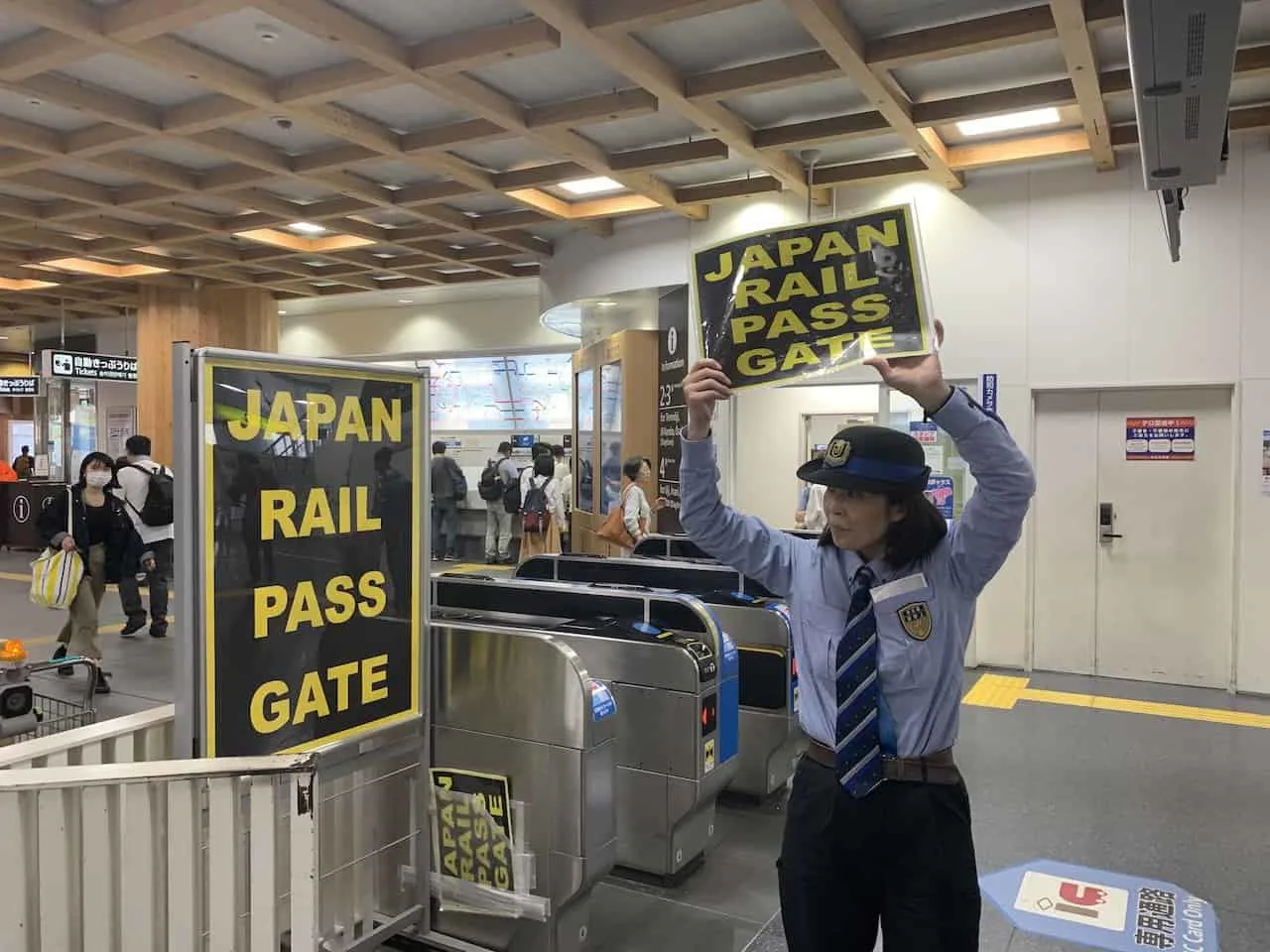
Japan Train Tips & Things to Know
When looking at train schedules for your two weeks in Japan, you can visit Hyperdia, the Japan train website. This site will give you schedules and options for traveling on Japan’s public transport network.
I will split the following sections into two – traveling between cities and then traveling within cities:
Searching for Routes Between Cities
Once you reach the Hyperdia website, on the left hand side of the page you can browse different route options by day and time.
If you decide to get a JR Pass, you will want to uncheck the “NOZOMI / MIZUHO / HAYABUSA (SHINKANSEN)” and “Private Railway” boxes under the “More options” section. These trains ARE NOT covered by the JR Pass.
The trains between cities are going to the more expensive trains as part of your overall journey. So, if purchasing the JR Pass, you will want to make sure you are taking these routes on JR trains.
If you do not purchase a JR Pass, then feel free to keep these boxes checked.
Searching for Routes Within Cities
When looking at train schedules to travel within cities, it will be difficult to stick to JR specific routes (if you have the JR Pass). This is due to many subways & busses within cities being run by private railway companies.
That means when looking at routes within cities on Hyperdia, I would recommend not to uncheck the “Private Railway” box as that would vastly limit your options (although you could give it a try and see what comes up).
To make things more simple, I would just head to Google Maps, input your destination, and go from there. Usually trains and busses within cities cost somewhere around 200 JPY or $2 USD.
This would mean that you will need to pay for individual routes within cities based on whatever the most convenient option is.
In order to pay for these cheaper routes within cities that are not covered by a JR Pass, you can simply purchase an IC Card (these can be in the form of Pasmo, Suica, ICOCA depending on what region you are in).
An IC card is just a reloadable card that can be used on almost all trains, subways, and busses around the country.
So, instead of purchasing individual train tickets each time, just swipe your IC card and be on you way.
To summarize: If you have a JR Pass, you can use that for your longer more expensive routes. You can also get an IC card for your travel within cities and reload it as needed.
» Check out the Japan Helpful Tips Guide that goes into more detail about the JR Pass, how to go about buying it, and plenty more helpful things to know before heading to Japan.
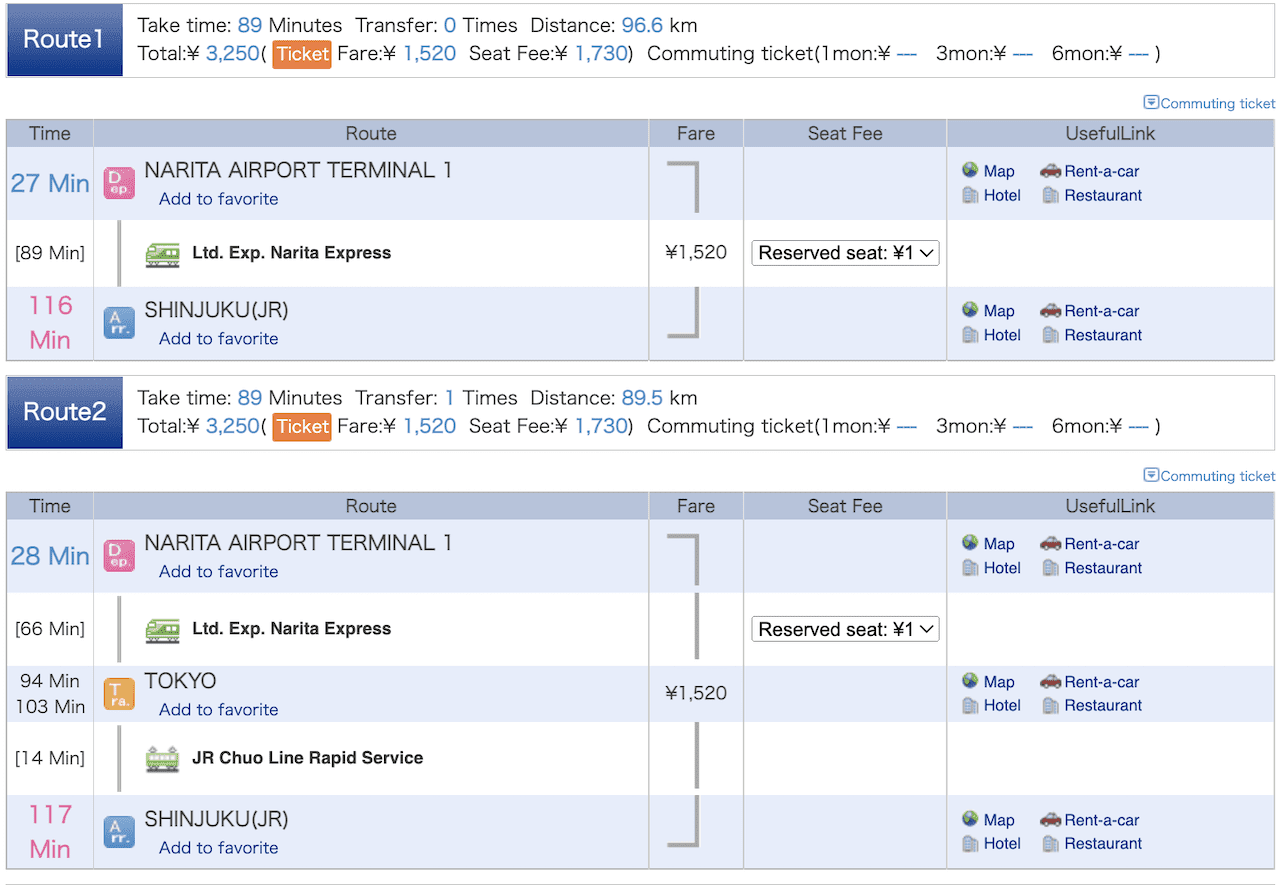
Japan Hotels
Since this is a longer itinerary, you will need to books a few different hotels during your two weeks in Japan. If you end up following the route I laid out, your nights will look something like this:
• Tokyo (4 Nights)
• Takayama (2 Nights)
• Kanazawa (1 Night)
• Kyoto (4 Nights)
• Hiroshima (2 Nights)
While you will see more cities mentioned in the itinerary, many of them are simply visited on day trips. This means you can simply leverage the public transport network to get back and forth from your home base.
When it comes to hotels, there will plenty of options to choose from all throughout the cities mentioned above. Here are my top recommendations when it comes to hotels in Japan and where you can stay.
Where to Stay in Tokyo
Since Tokyo is such a large city with so many distinct neighborhoods, it can get confusing to understand where the best places to stay are.
In my eyes there are a couple of neighborhoods that stick out to me when it comes to the most convenient (and fun!) options.
A) Shinjuku: #1 on my list is the area of Shinjuku. You will have Shinjuku station nearby when traveling to other parts of Tokyo (and day trips), a ton of nightlife and restaurant options, as well as many of the activities mentioned in this itinerary not too far away. There is always something going on in Shinjuku and it will definitely not disappoint.
1) Hotel Gracery Shinjuku
2) Citadines Central Shinjuku
3) Hyatt Regency Tokyo
B) Shibuya: not too far away from Shinjuku is the Shibuya neighborhood. Famous for the Shibuya Crossing, it is also filled with plenty of shops and restaurants all around its streets.
1) Hotel Century Southern Tower
2) Shibuya Excel Hotel Tokyu
3) Sakura Hotel Hatagaya
C) Tokyo Station: moving a bit to the east of Shinjuku and Shibuya is the Tokyo Station area. It is centrally located right nearby the main transport hub making it super easy to get everywhere, and you will also be in walking distance to some of the city’s main attractions.
1) Hotel Metropolitan Tokyo Marunouchi
2) Palace Hotel Tokyo
3) The Tokyo Station Hotel
Of course there are plenty of other neighborhoods to choose from but I think that should be a great starting point to help you out.
Where to Stay in Kyoto
While there are many different neighborhoods to choose from I would recommend staying near the downtown Kyoto area.
Here you will find plenty of accommodation options at various price points alongside all the restaurant and shopping you can imagine. It also offers easy accessibility to visit all other parts of Kyoto either by bus or by subway.
Below are some mid range and luxury options all within walking distance from downtown (a few being a 20 minute or so walk).
Mid Range
1) The Royal Park Hotel Kyoto Sanjo
2) Hotel Grand Bach Kyoto Select
3) Kyoto Granbell Hotel
Luxury
1) Hotel Alza Kyoto
2) Kizashi The Suite
3) The Ritz Carlton Kyoto
Where to Stay in Takayama
The main tourist area of Takayama is not that large and you should have no trouble getting a hotel for a night or two within a 10-15 walk of it all. Being close to the train station is a good idea too as both the trains and busses leave from there.
1) Wat Hotel & Spa Hida Takayama
2) Takayama Green Hotel
3) Oyado Yamakyu
Where to Stay in Kanazawa
Kanazawa has plenty of accommodation options to choose from and many of them are right nearby the attractions listed below. Staying nearby the train station can also be a good idea so you won’t need to worry much about getting from the station to your accommodation.
1) Hotel Nikko Kanazawa
2) Kanazawa Tokyu Hotel
3) Kanazawa Saino Niwa Hotel
Where to Stay in Hiroshima
When staying in Hiroshima, you will get to spend one day exploring the city itself as well as a second day visiting nearby Miyajima. Below are a few options to consider for your stay.
1) RIHGA Royal Hotel Hiroshima
2) Mitsui Garden Hotel Hiroshima
3) ANA Crowne Plaza Hiroshima
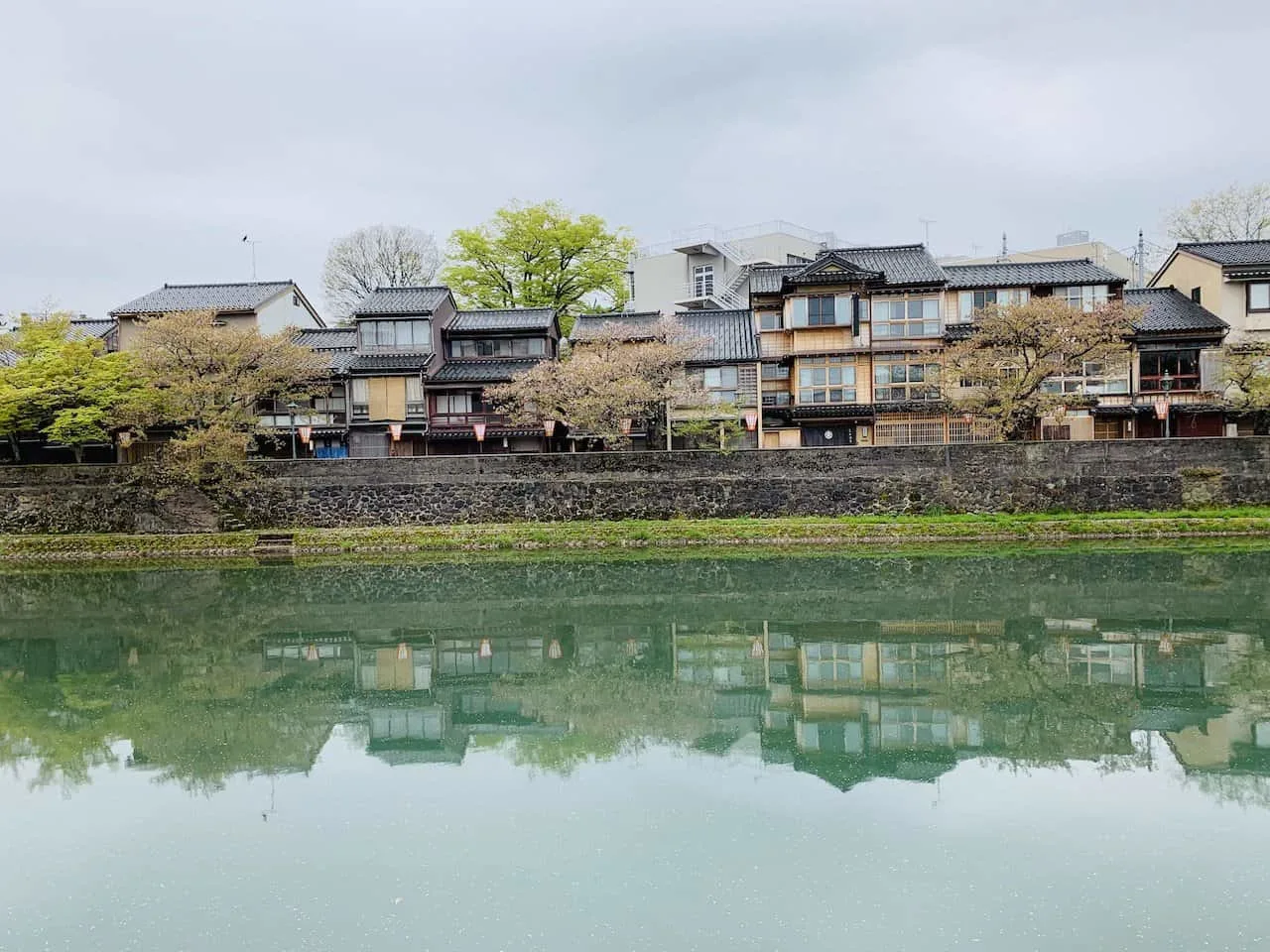
Japan Itinerary 14 Days Map View
Take a look at the map below which shows you where each city that is part of this itinerary is located throughout the country. You will start the journey at the northern most point (Tokyo) and begin the journey south to Hiroshima.
The itinerary also adds in several day trips along the way – including Kamakura, Nara and Miyajima (starred). Once the trip is complete you will then take one last train back to Tokyo or depart from Osaka.
A Detailed Japan Itinerary 14 Days
Below you will find a detailed breakout of the daily attractions and activities on this Japan 2 week itinerary.
The itinerary as a whole is a combination of several different Japan guides that I have up on the site, which I will include throughout the itinerary.
By taking a look at those guides, you should spend much less time running around the internet figuring it all out.
In the itinerary below I will not go into too much detail about each and every attraction or activity, so if you do want to learn more about something in particular feel free to click on the more in depth posts along the way.
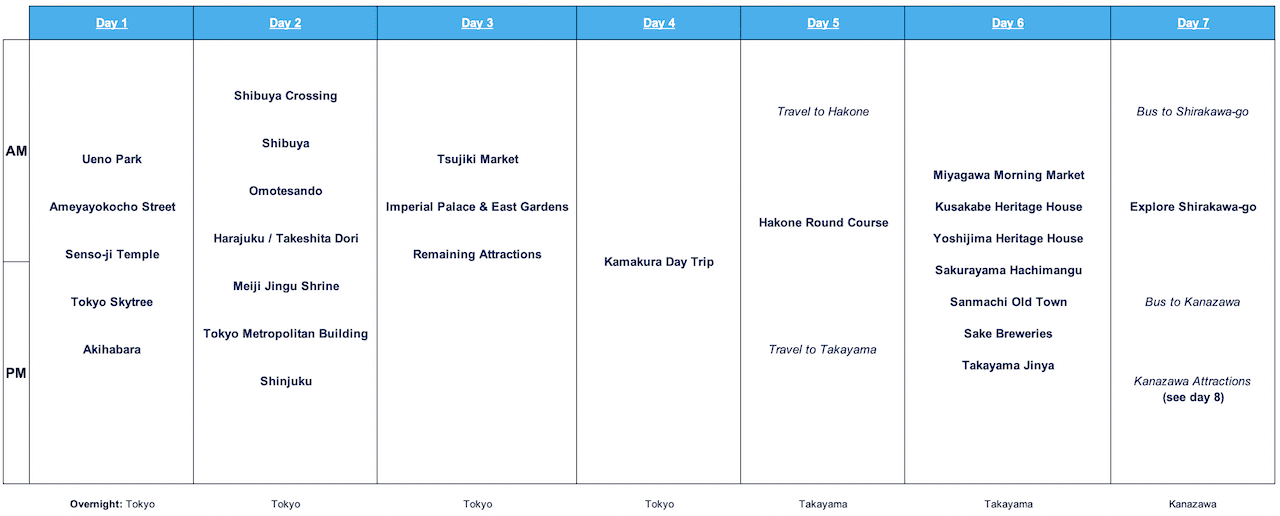
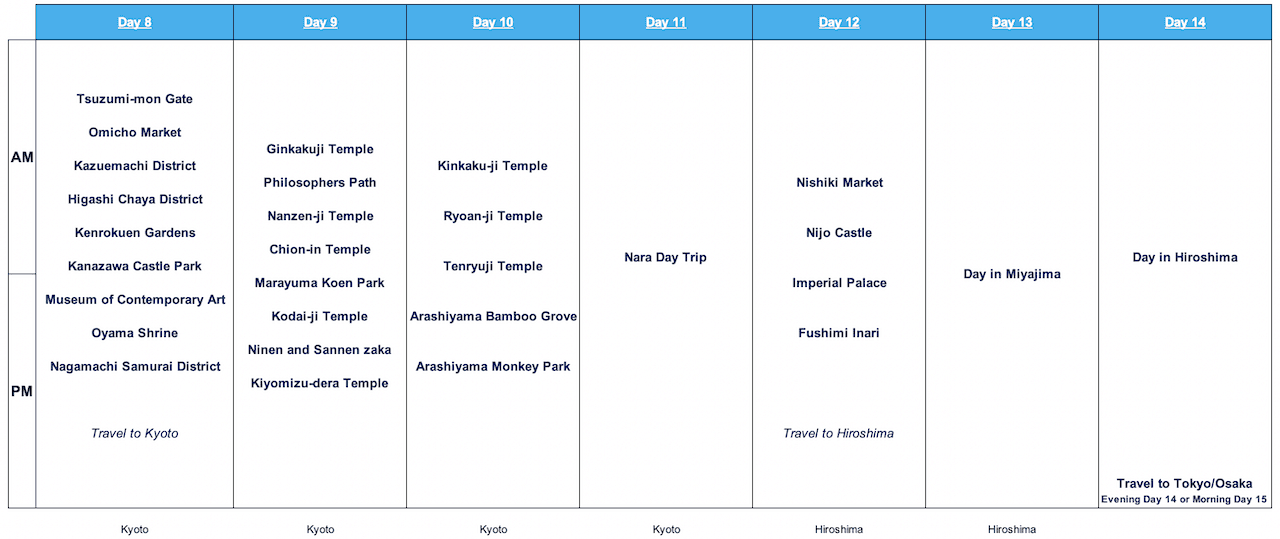
Day 1 – Tokyo
The first four days of this itinerary will have you based in Tokyo (3 days in the city & a day trip to Kamakura). With that said, feel free to move around days as you see fit.
The attractions and activities on the days themselves are easiest done in the order mentioned (i.e. Shibuya to Meiju Jingu to Shinjuku) but it doesn’t matter much if you switch the order of the days. You can also move around the day trip to Kamakara earlier on as well.
Below I will just list out the different places to visit on a day to day basis. If you want a more detailed approach to your time in the city, head on over to the comprehensive Tokyo Itinerary I have up on the site
You will start off the two week trip in the capital city of Tokyo. For the next three days you will explore the city hitting a variety of attractions along the way. On your first day in Tokyo you can head off to several of the city’s main attractions including:
Ueno Park
Ueno Park is full of temples, ponds, gardens, museums, and more to enjoy all throughout the area. Whether you just want to walk around or visit some of the attractions within the park will be up to you.
If you are lucky enough to be there during cherry blossom season, it is one of the best places in the country to view them.
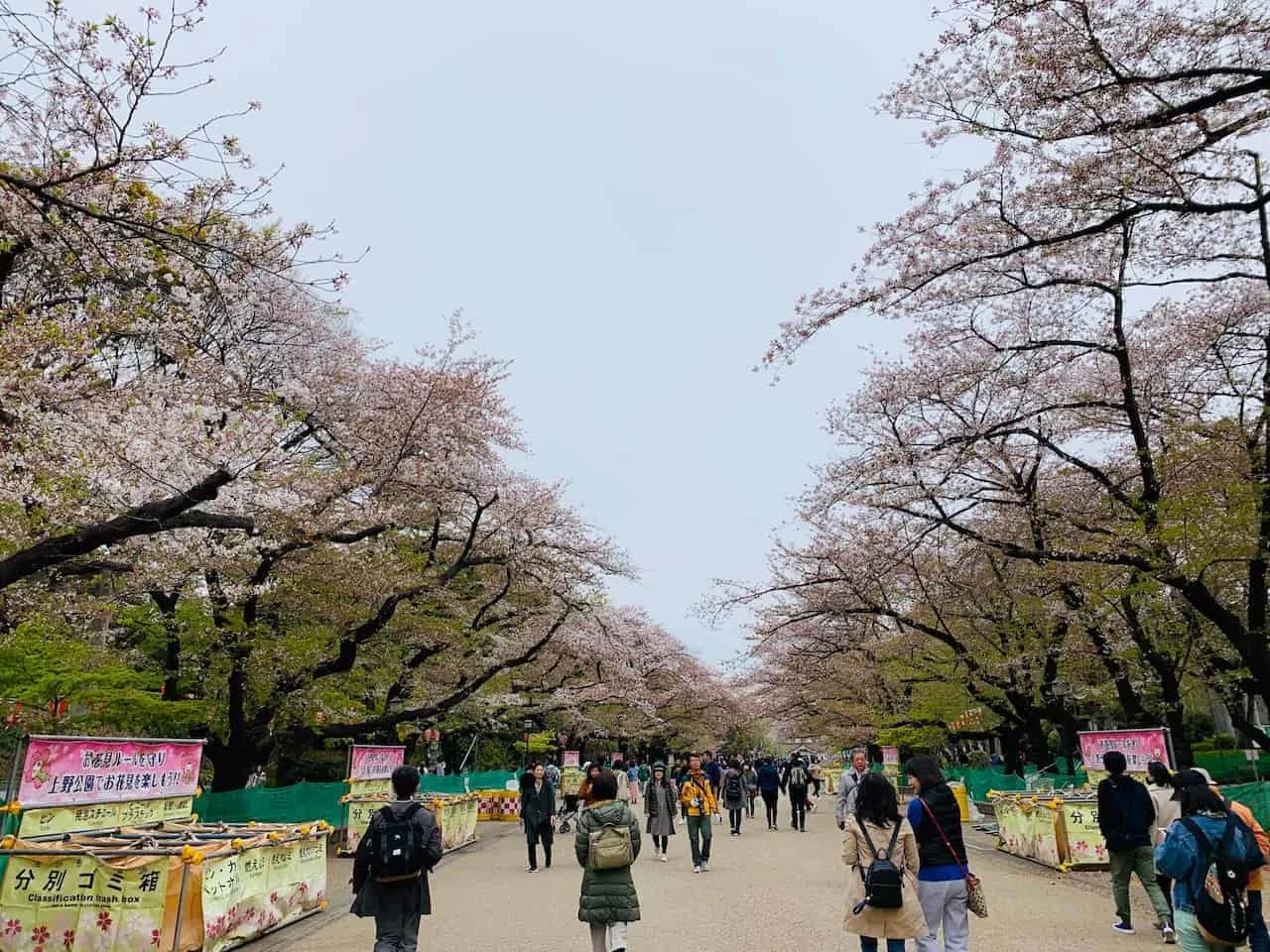
Ameyayokocho Street
After exploring the park, you can walk on over to Ameyayokocho Street. If you are looking for food stalls, restaurants, and a variety of different shopping options then Ameyayokocho is for you.
It is a classic Japanese street filled with all sorts of stores and stalls on either side.
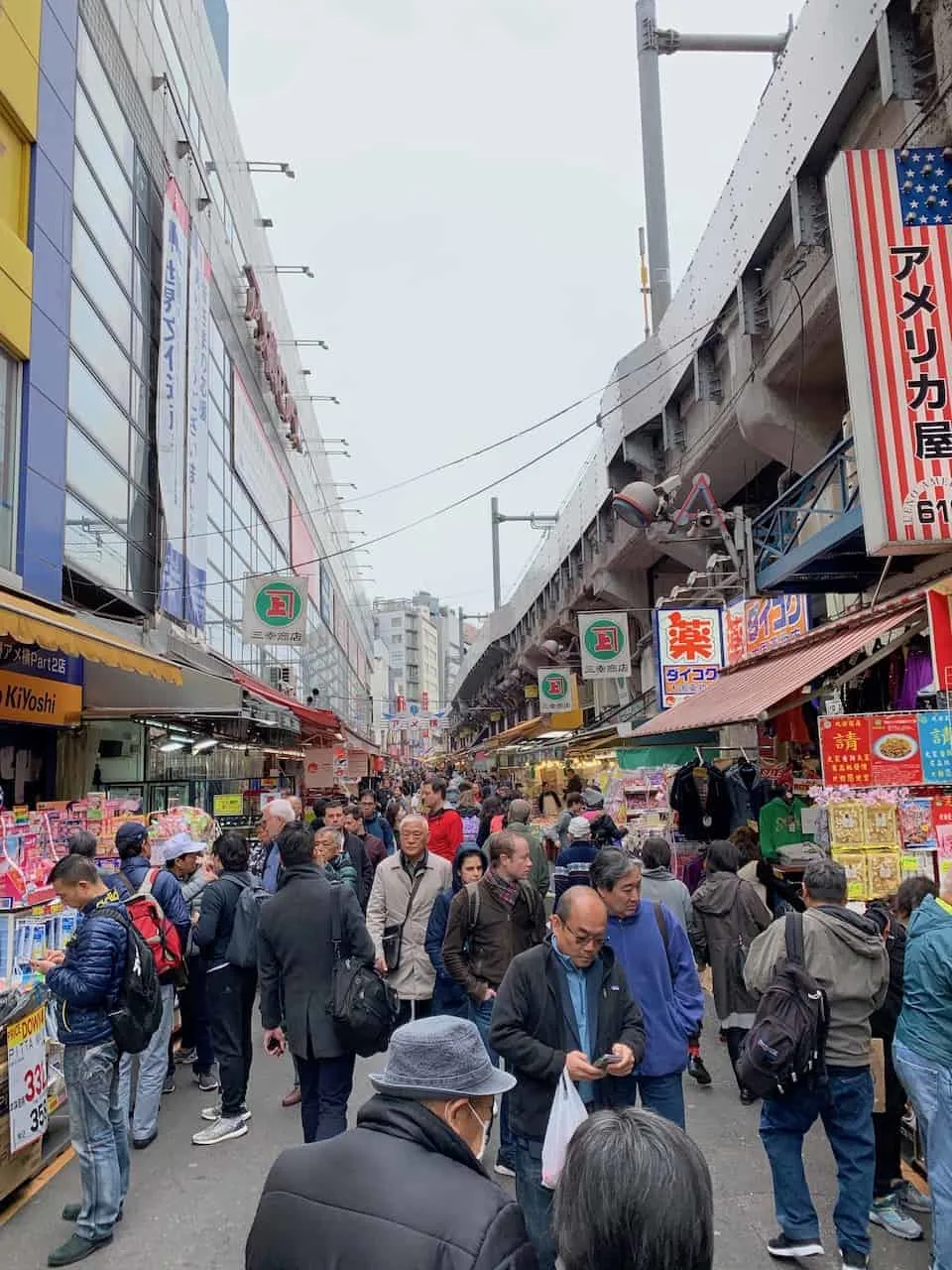
Senso-ji Temple
Senso-ji is one of Tokyo’s most famous temples. The temple itself is not only impressive but so are the two gates (Kaminarimon and Hozomon) leading up to it with a market lined street (Nakamise) in between.
As you walk this path alongside hundreds of other people, you will pass by small shops, food stalls, and more to explore. You will then slowly approach the gate and onto the temple and five storied pagoda area, which you can walk around and take in.
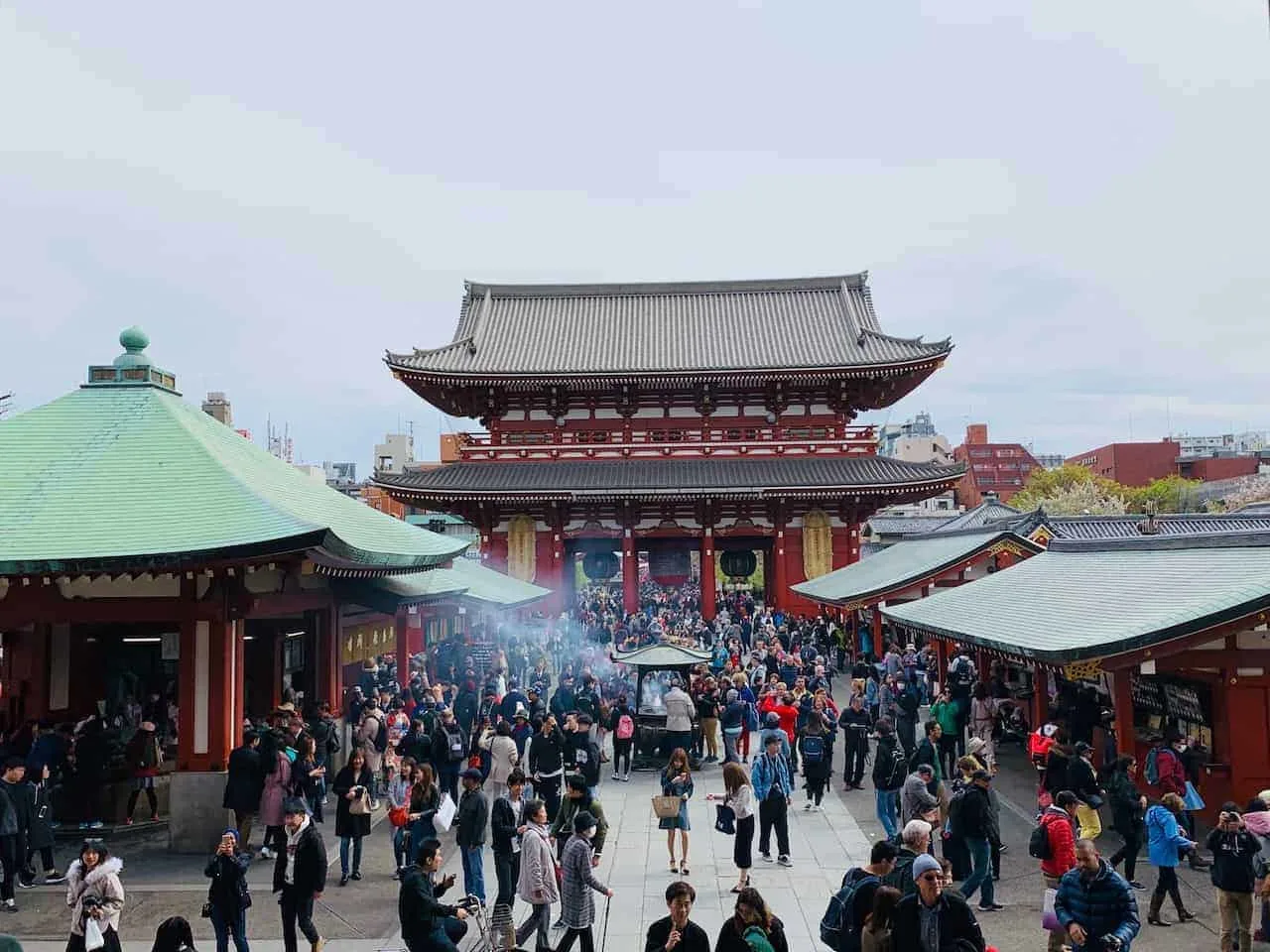
Tokyo Skytree
While I did not head up the Tokyo Skytree myself, if you are interested in seeing the city from above, you can make your way to the top of the Skytree.
At 634 meters, it is the tallest tower in the world and you will be able to take in some vast views of the city down below.
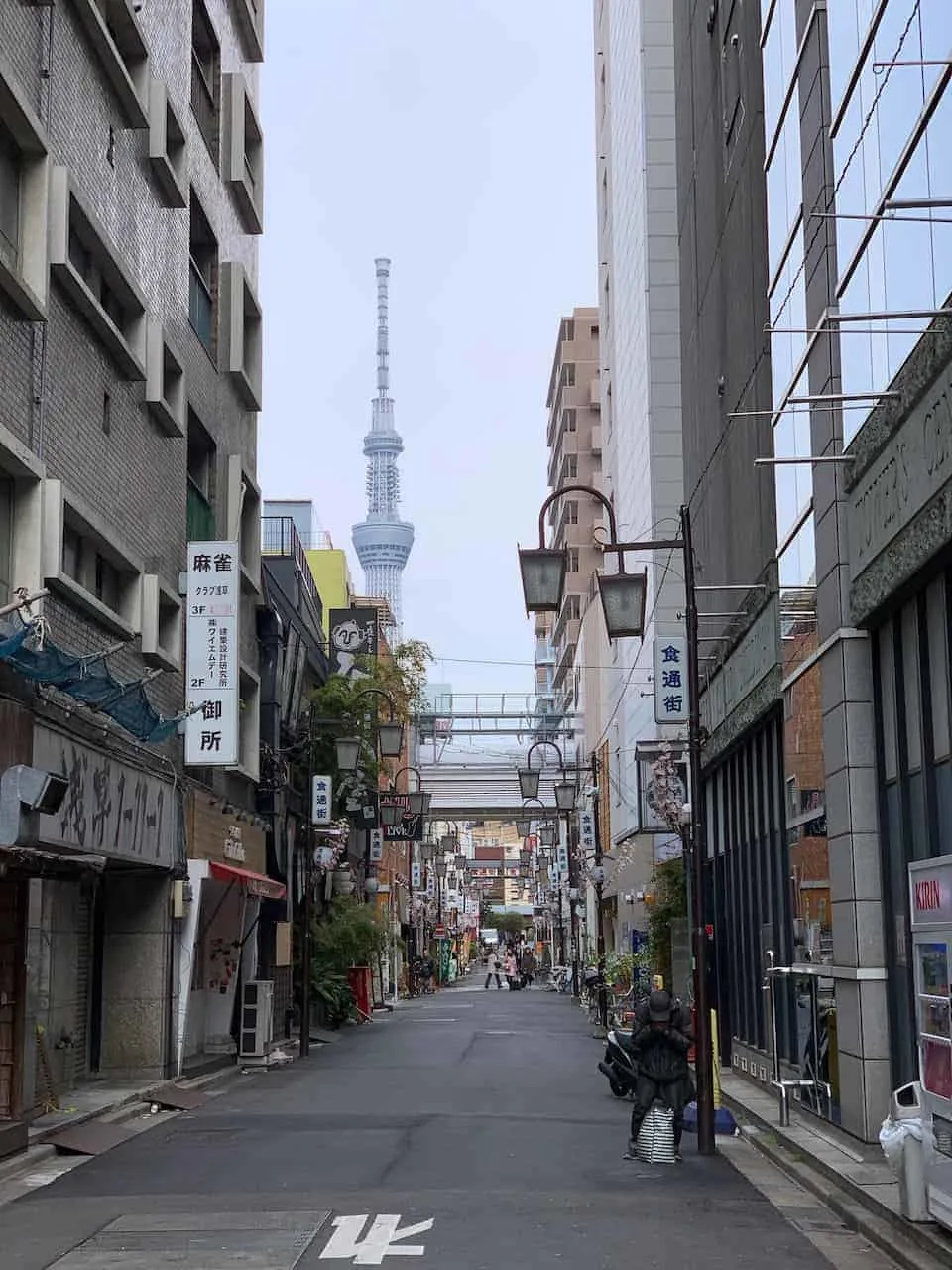
Akihabara
To finish up the day you can make your way to Akihabara, the electronic capital of Tokyo (and possibly the world!).
You can find electronic stores, arcades, anime stores, maid cafes, pachinko games, among plenty of other highlights.
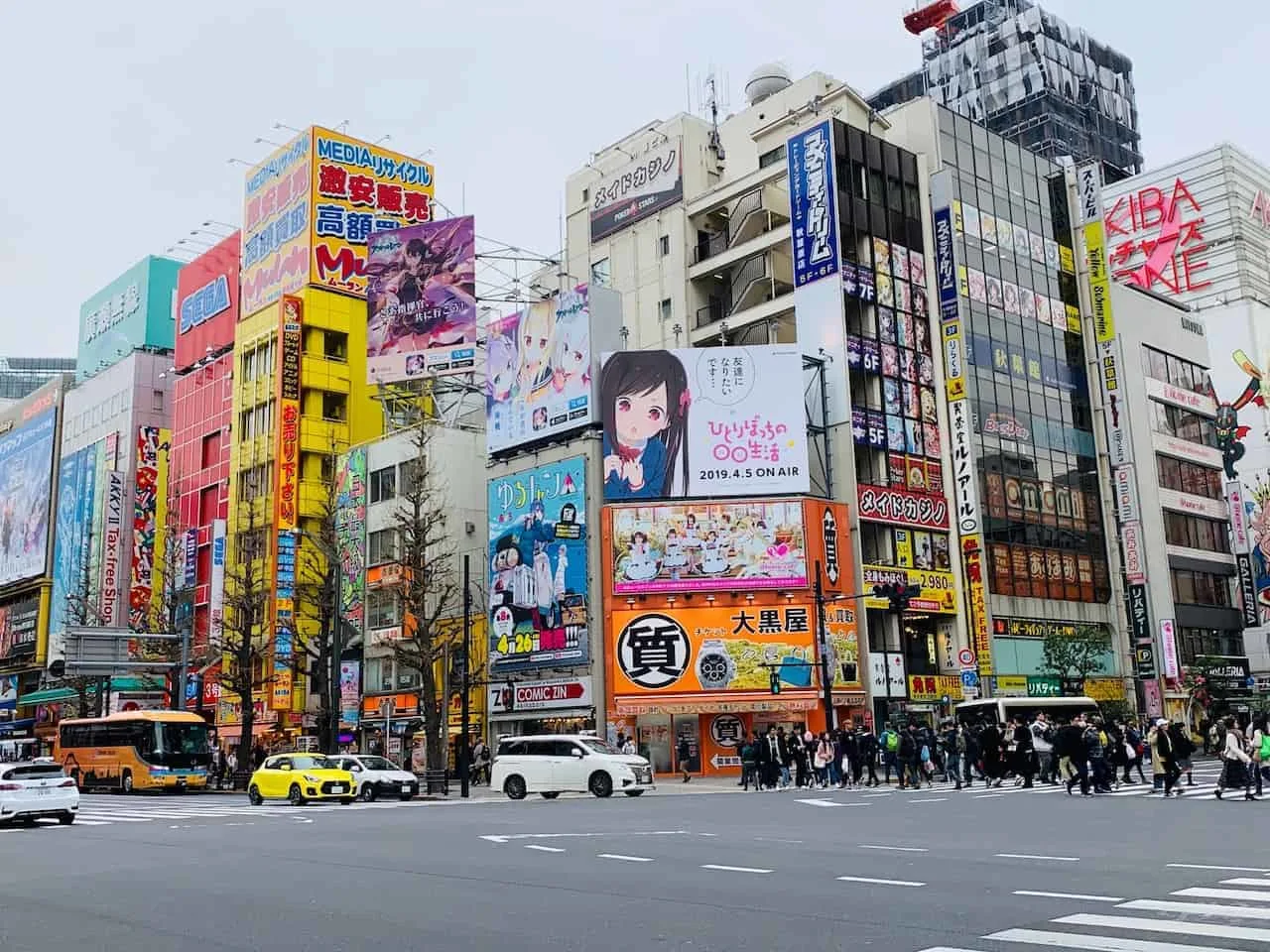
Day 2 – Tokyo
On your second day in Tokyo it is time to focus in on the Shibuya and Shinjuku neighborhoods. If you are staying in either one, all you need to do is walk out your door and start off your day.
I will list out the attractions starting in Shibuya and ending in Shinjuku but you can easily go about the day the other way around as well.
Shibuya Crossing
Start off the day at the famous Shibuya Crossing. The Shibuya Crossing is a multi lane intersection with cars and people coming in from every which direction.
During peak times there are over 2,500 people making their way across the crossing per light! After walking through the intersection yourself, you can make your way to a viewpoint to take it in from above (2nd floor of Starbucks or Mags Park).
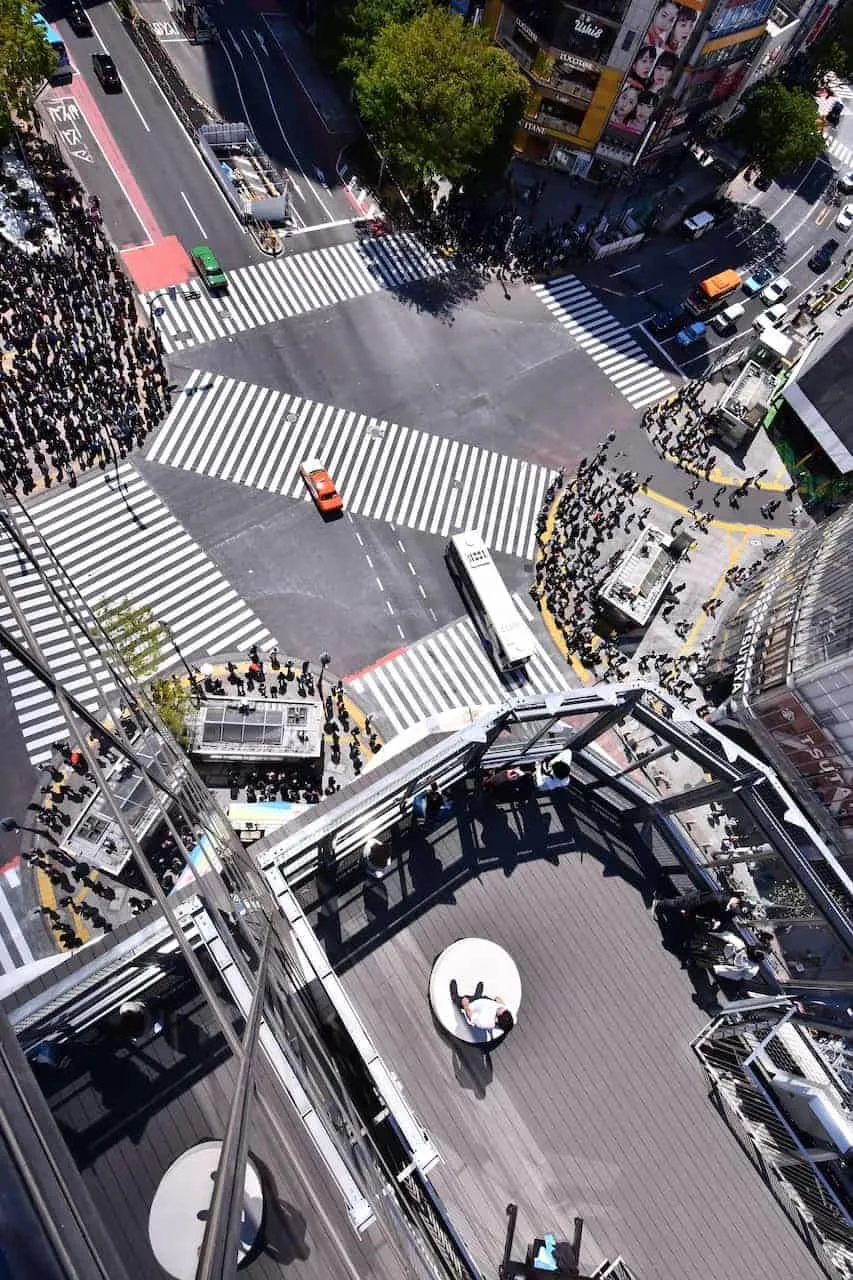
Shibuya
After the Shibuya Crossing, you can then explore the neighborhood of Shibuya itself. With many shops and restaurants filling its streets and alleyways, Shibuya makes for a great place to get lost in and enjoy.
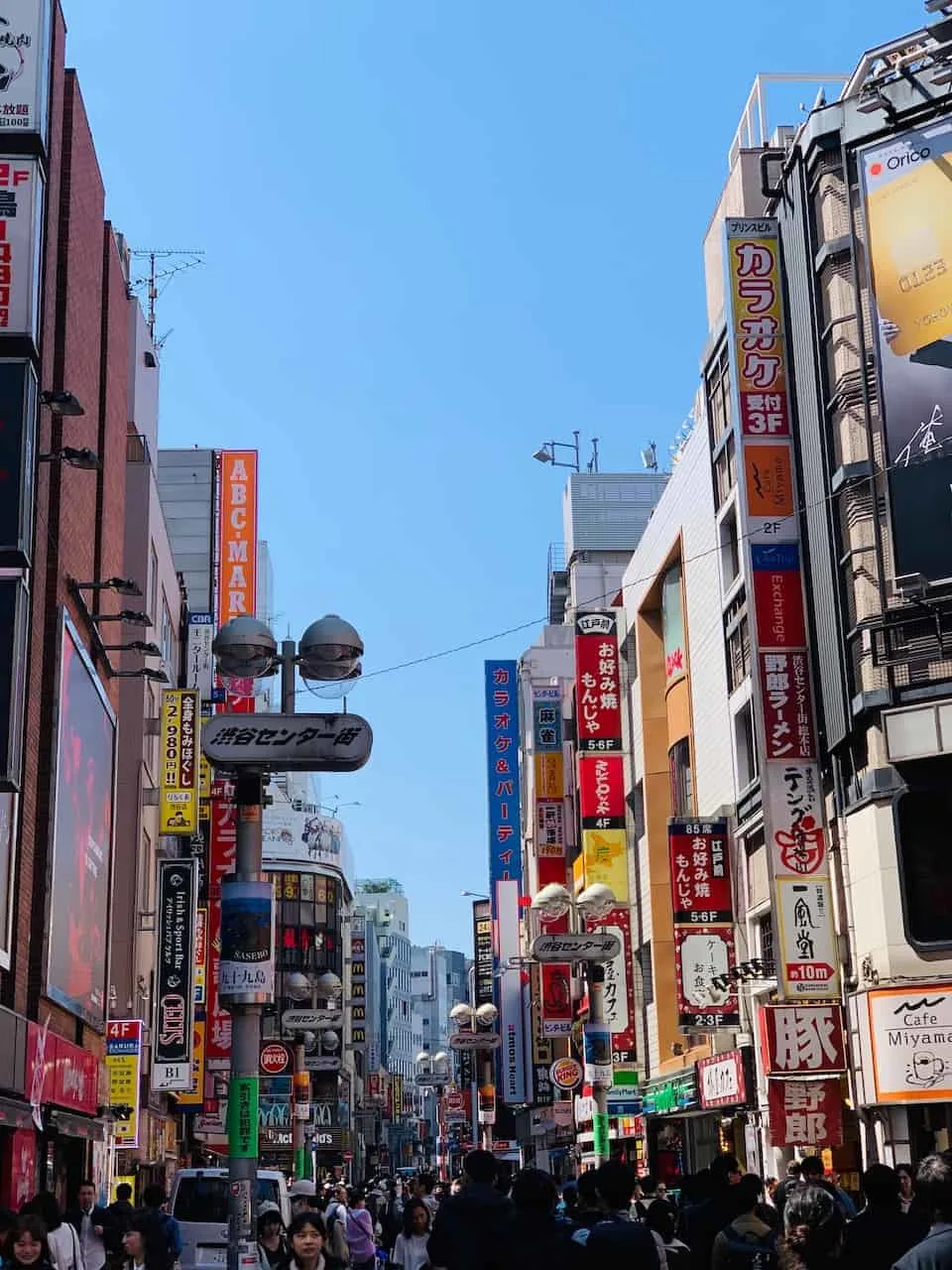
Omotesando
After exiting the Shibuya area, you will come across Omotesando Street. There are plenty of higher end stores to visit if interested in visiting. My favorite part of the area was its unique and distinct architecture compared to other parts of Tokyo.
Harajuku / Takeshita Dori
Next up on the day is one of the crazier streets you will ever experience in Japan – Takeshita Dori. The street is located in the heart of Harajuku and is packed with people walking along the narrow pathway.
On either side there will be many different food and snack options to choose from and you can head further around the area to grab some lunch for the day.
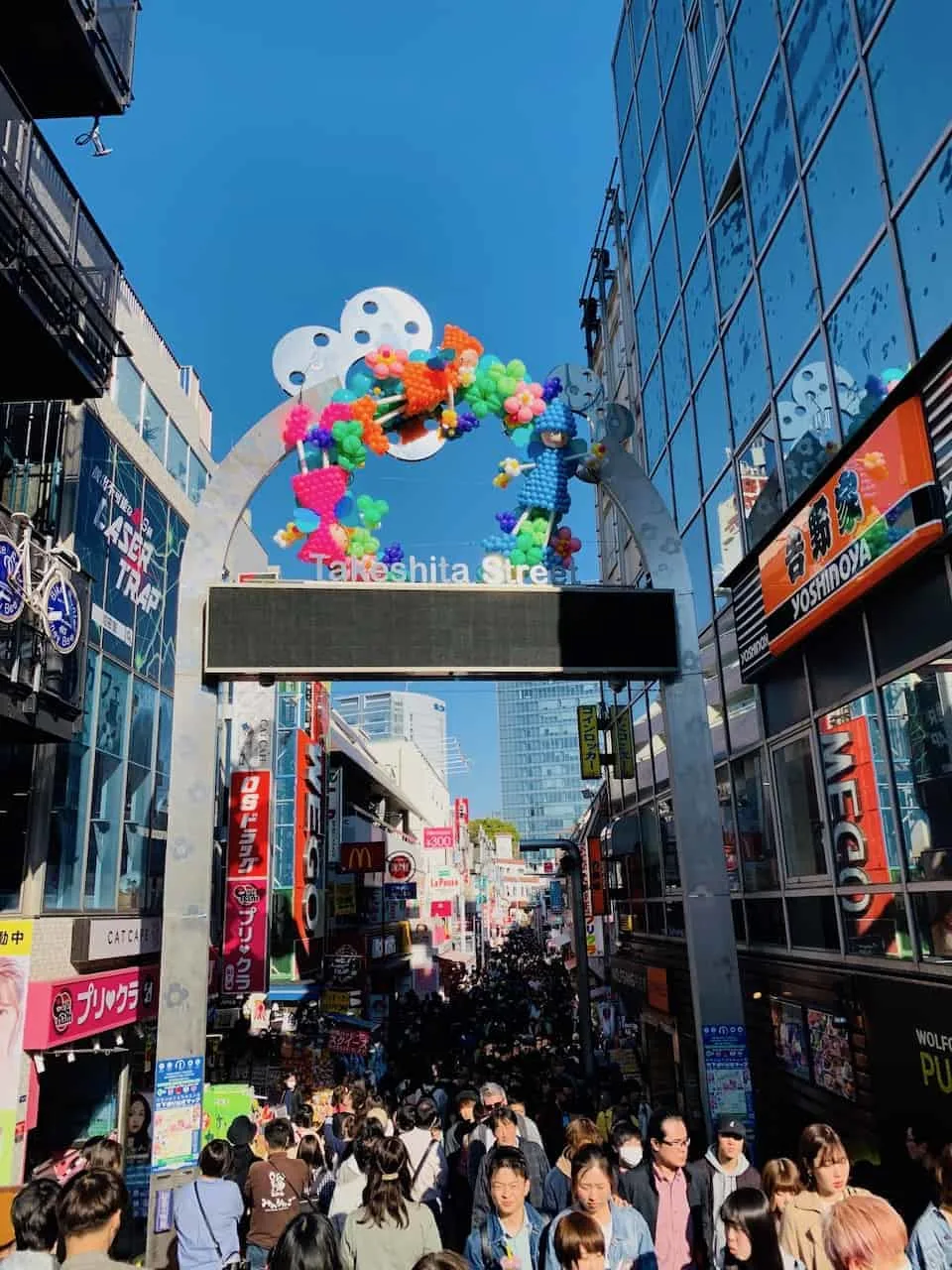
Meiji Jingu Shrine
You can then head to the Meiji Jingu Shrine located within Yoyogi Park. The path within the park is surrounded by trees as you slowly make your way through to the main temple complex.
As you approach the shrine, you will see the famous sake barrels off to the side that were donated by breweries all over the country.
After passing through the wooden torii gate, you will arrive at the shrine itself. There are places to write down some prayers/wishes and wash your hands before approaching Meiji Jingu.
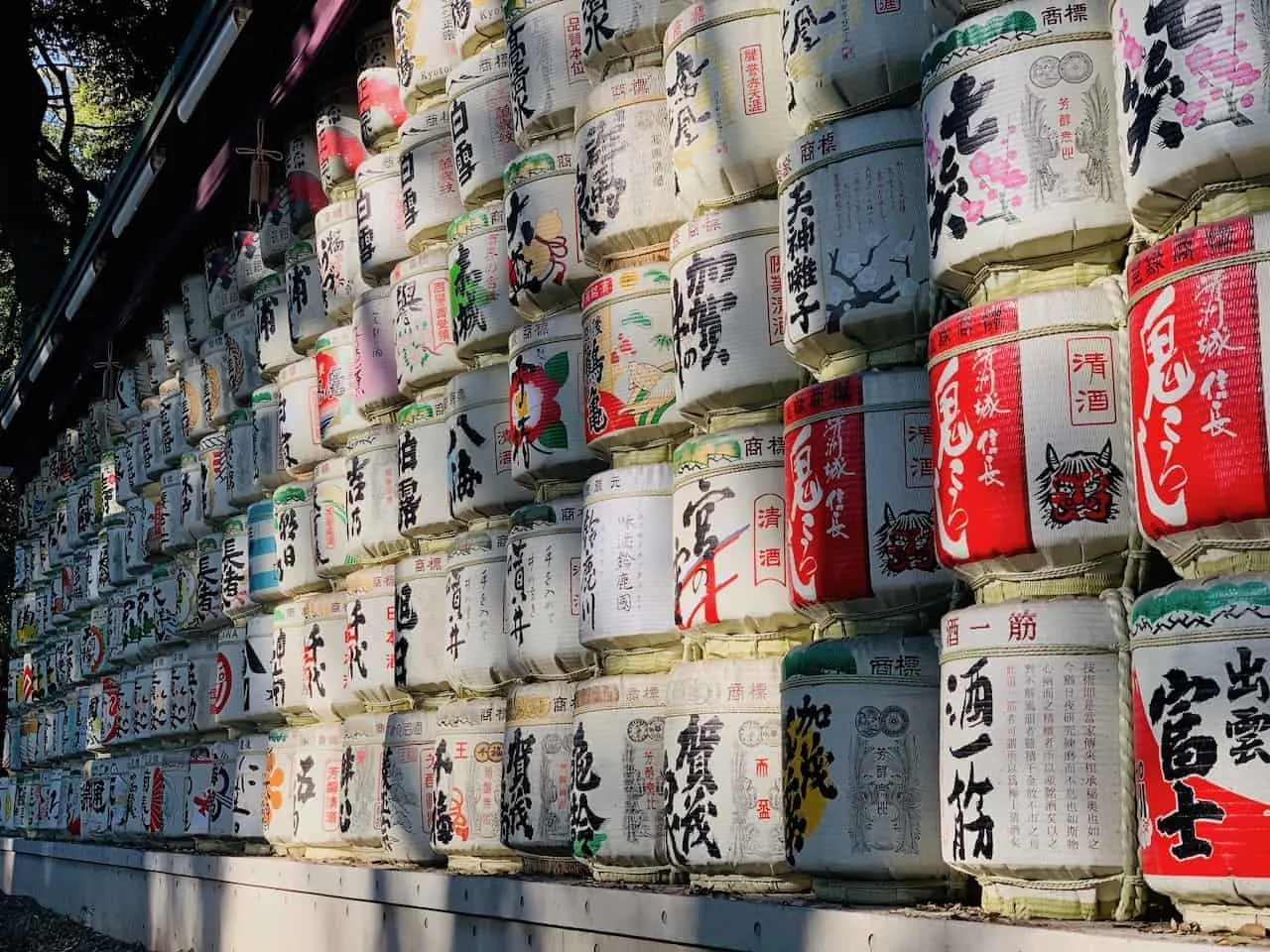
Tokyo Metropolitan Building
While a government building seems like an odd add on for an itinerary, it does offer some of the best free viewpoints of Tokyo. The Tokyo Metropolitan Government Building has two different indoor observation decks to enjoy – the North and South.
I headed up to both but would give the slight edge to the South one as the North one did have a restaurant inside blocking some of the views of the city.
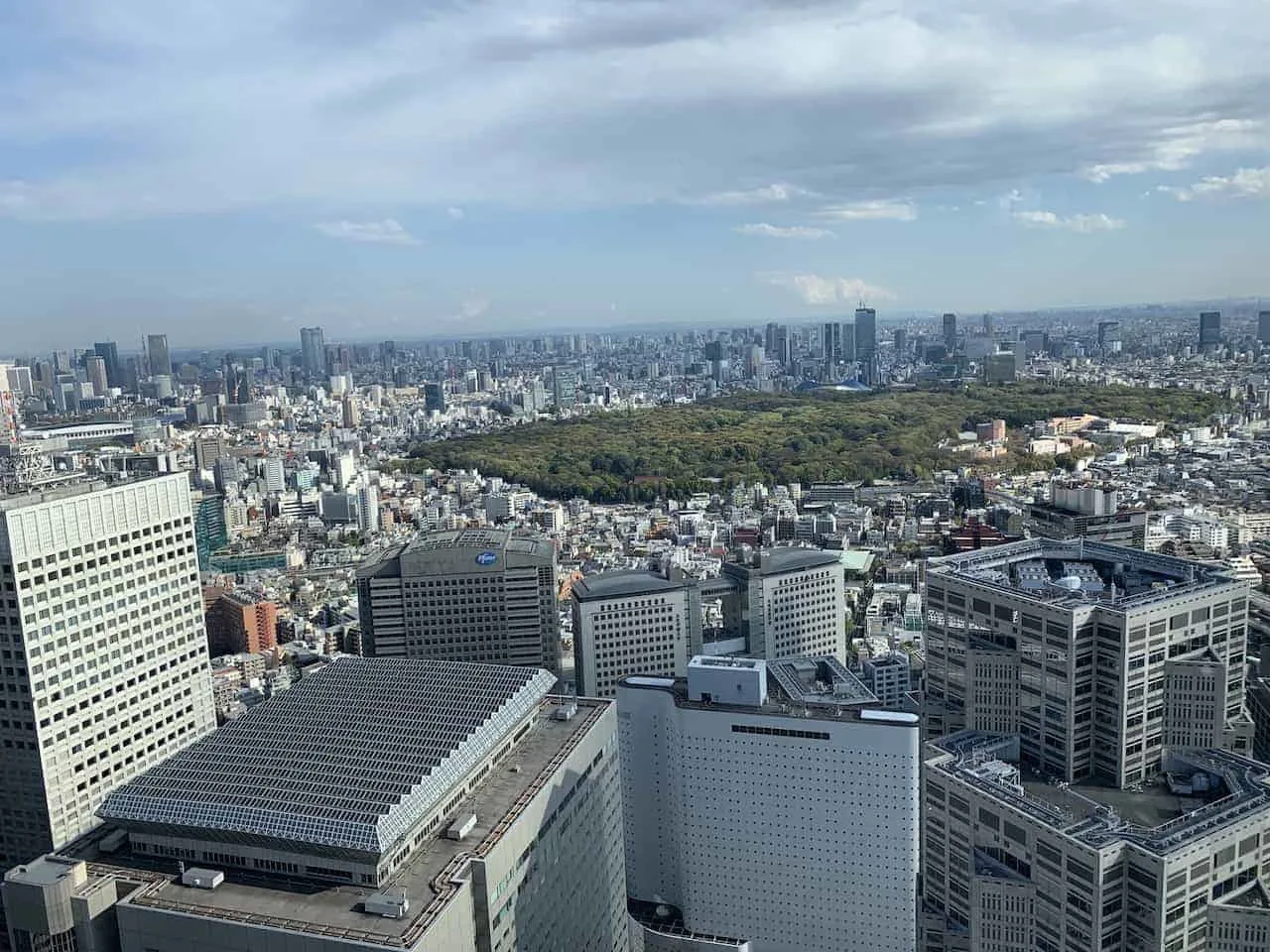
Shinjuku
End your day back in Shinjuku. Whether you are staying there or not, be sure to spend at least a night or two walking its streets with plenty of bright lights, restaurants, and bars.
Some of the top areas to explore include Golden Gai and Piss Alley.
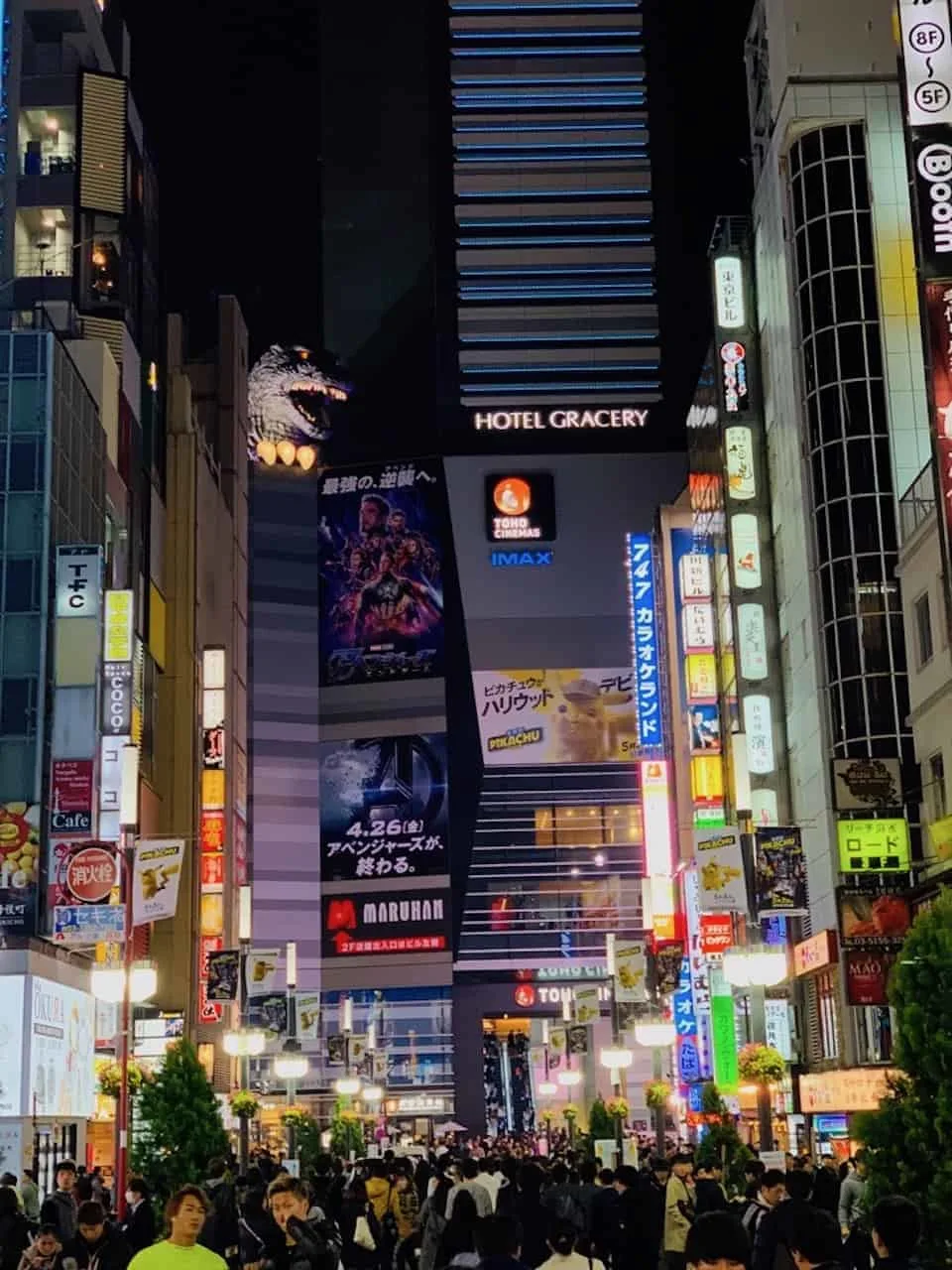
Day 3 – Tokyo
On your last full day in Tokyo itself, you can head to a famous fish market, check out the Imperial Palace and Gardens, and then visit any other attractions you may not have had time for previously.
Tsujiki Market
Although the famous fish auction got moved away from Tsukiji, you can still experience the hectic fish market for yourself one morning.
There are hundreds of stalls and small restaurants lined up through alleyways and you will find no shortage of fish and other seafood to try for yourself.
When it comes to fish markets in Tokyo, Tsujiki is a must visit. While the fish auction has moved away from the market, you will still find hundreds of stalls and restaurants to enjoy throughout.
Spending a couple hours exploring and starting your day out with a meal at the market will be a great way to go about day 3.
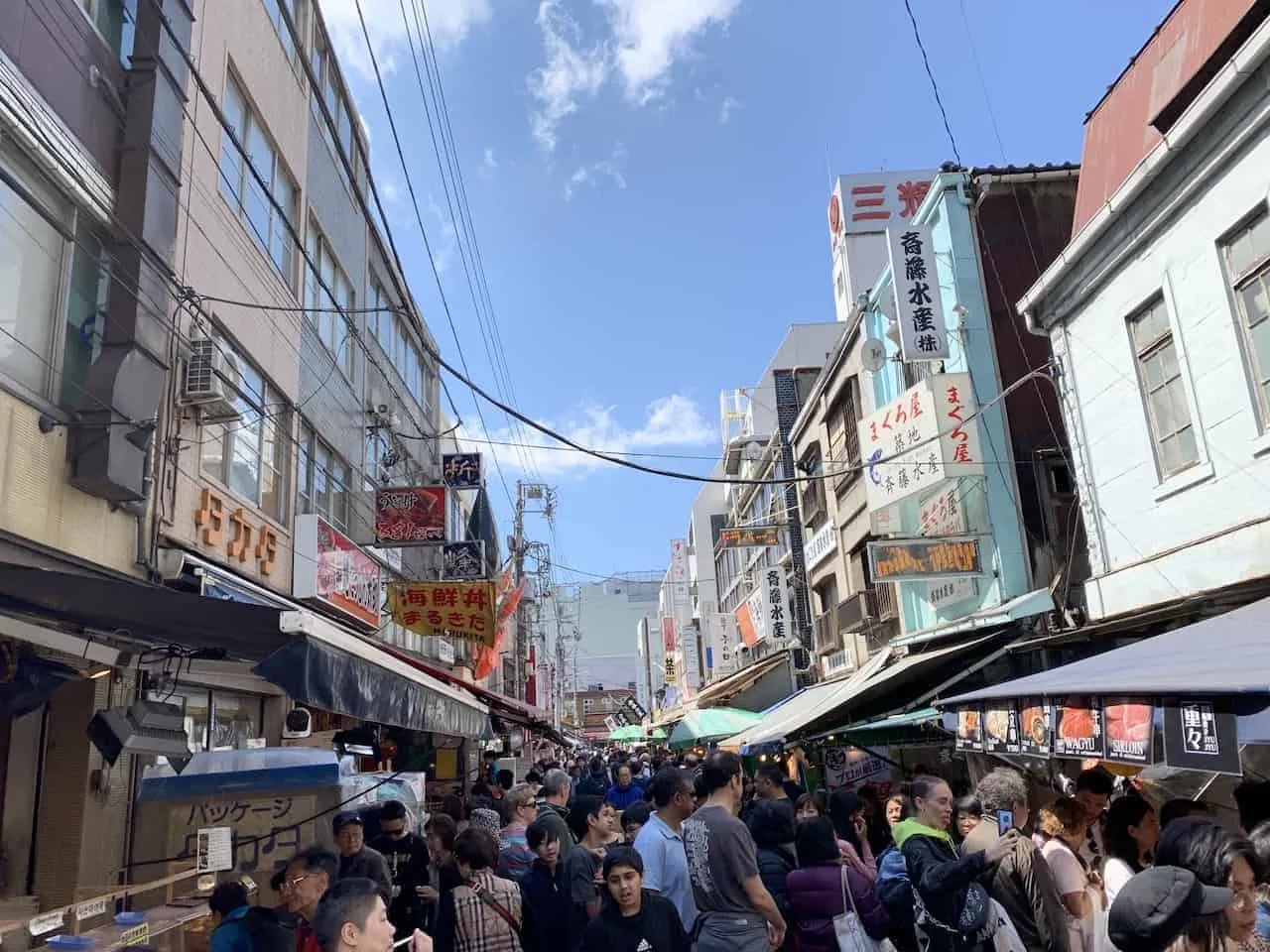
Imperial Palace & East Gardens
During the afternoon of day 3, you can make your way to the Imperial Palace and East Gardens. This is a very large complex located in the heart of the city. You can easily spend a couple hours here exploring all around.
The outer area is open all the time, where you can view the famous moat and outer structures. You can then head inside the East Gardens, where there are lakes, flowers, fauna and more to enjoy.
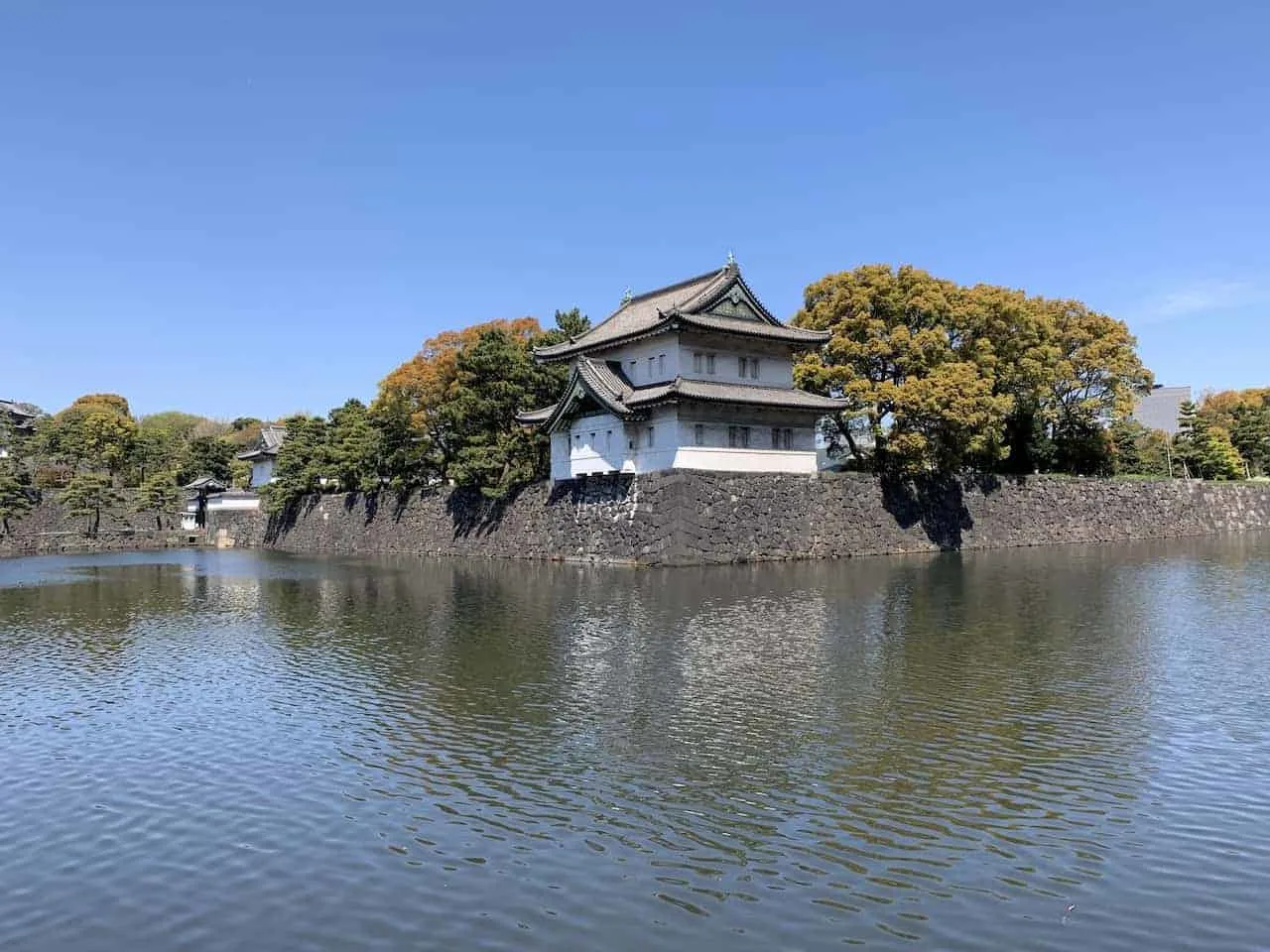
Remaining Attractions
Odds are you may have other places you want to visit during your time in Tokyo. You should have some time on day 3 to add anything else you want to experience. If you were not able to complete any other activities from day 1 or 2, you can add them in here as well.
Day 4 – Kamakura Day Trip
On day 4 you can take a great day trip from Tokyo to the beachside town of Kamakura. Now there is A LOT more to Kamakura than just the beach though – temples, hiking, and of course the famous Great Buddha.
Remember – you can easily move this day around if you would like to break up your days in Tokyo a bit. Since it is simply a day trip, that should not be an issue for you.
It is an easy day trip to take part of with plenty of trains going in either direction multiple times per hour. Simply head to Tokyo or Shinjuku Station and be on your way. A day trip to Kamakura will include:
1. Engaku-ji Temple
2. Jochi-ji Temple
3. Daibutsu Hiking Trail
4. Kotoku-in Daibutsu Great Buddha
5. Hase-dera Temple
6. Yuigahama Beach
7. Kamakura Shopping Street
Note that I started my trip by getting off at Kita-Kamakura station (one stop before Kamakura Station) as that stop is closer to the hiking trail I mention in the guide. If you do not want to take part of the hiking trail, then you can get off at Kamakura Station instead.
» Take a look at the Tokyo to Kamakura Day Trip Guide for more!
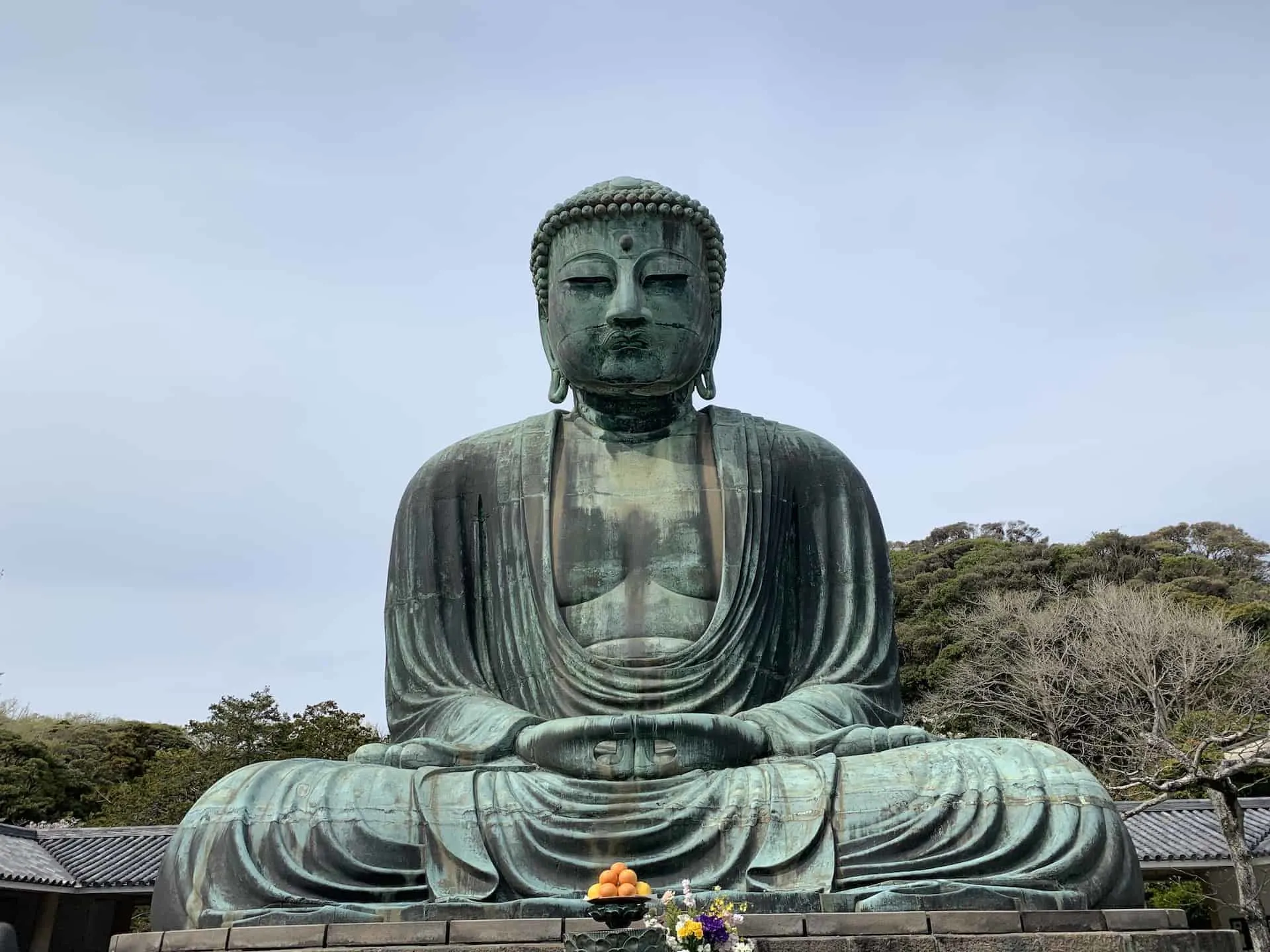
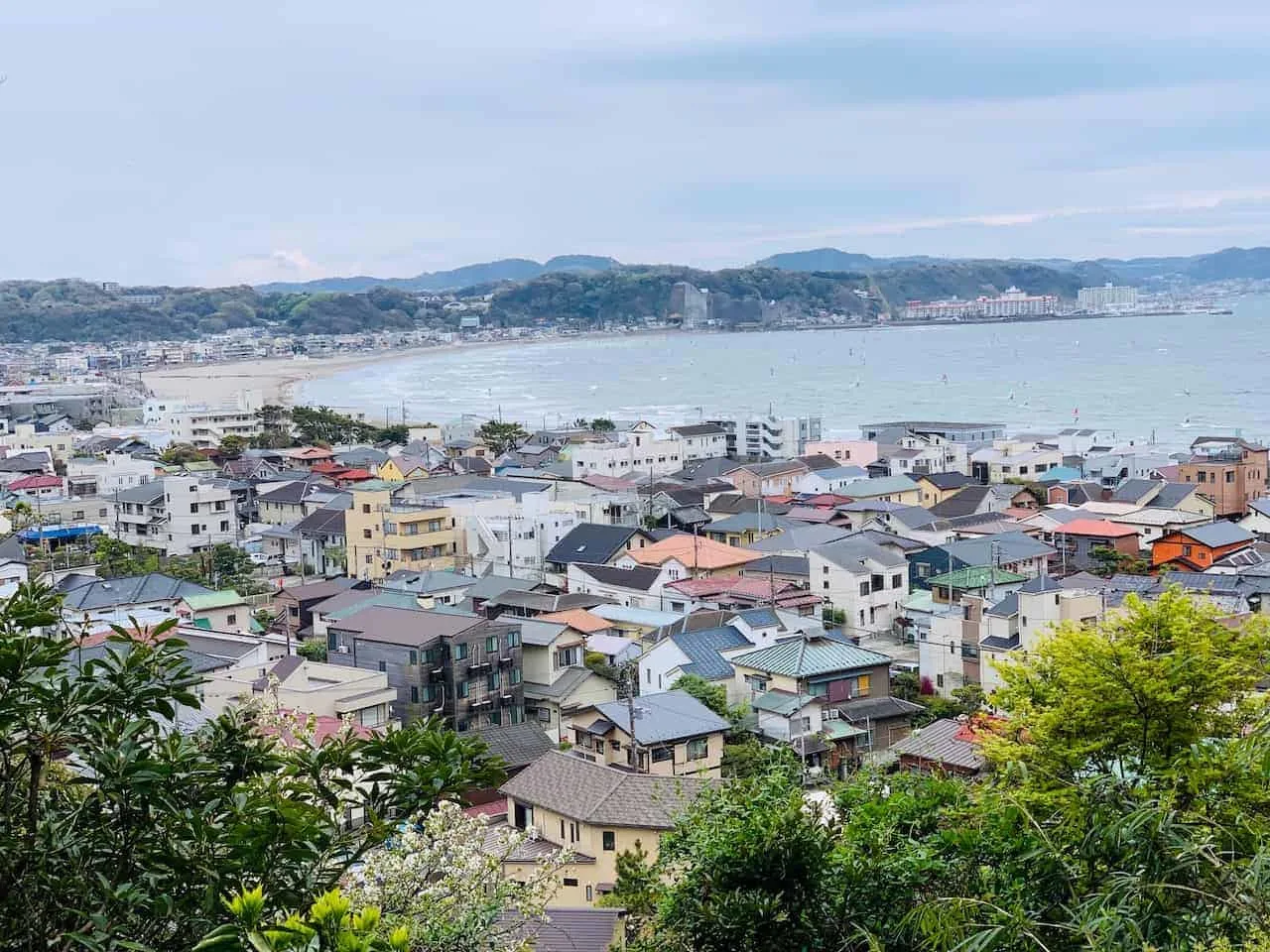
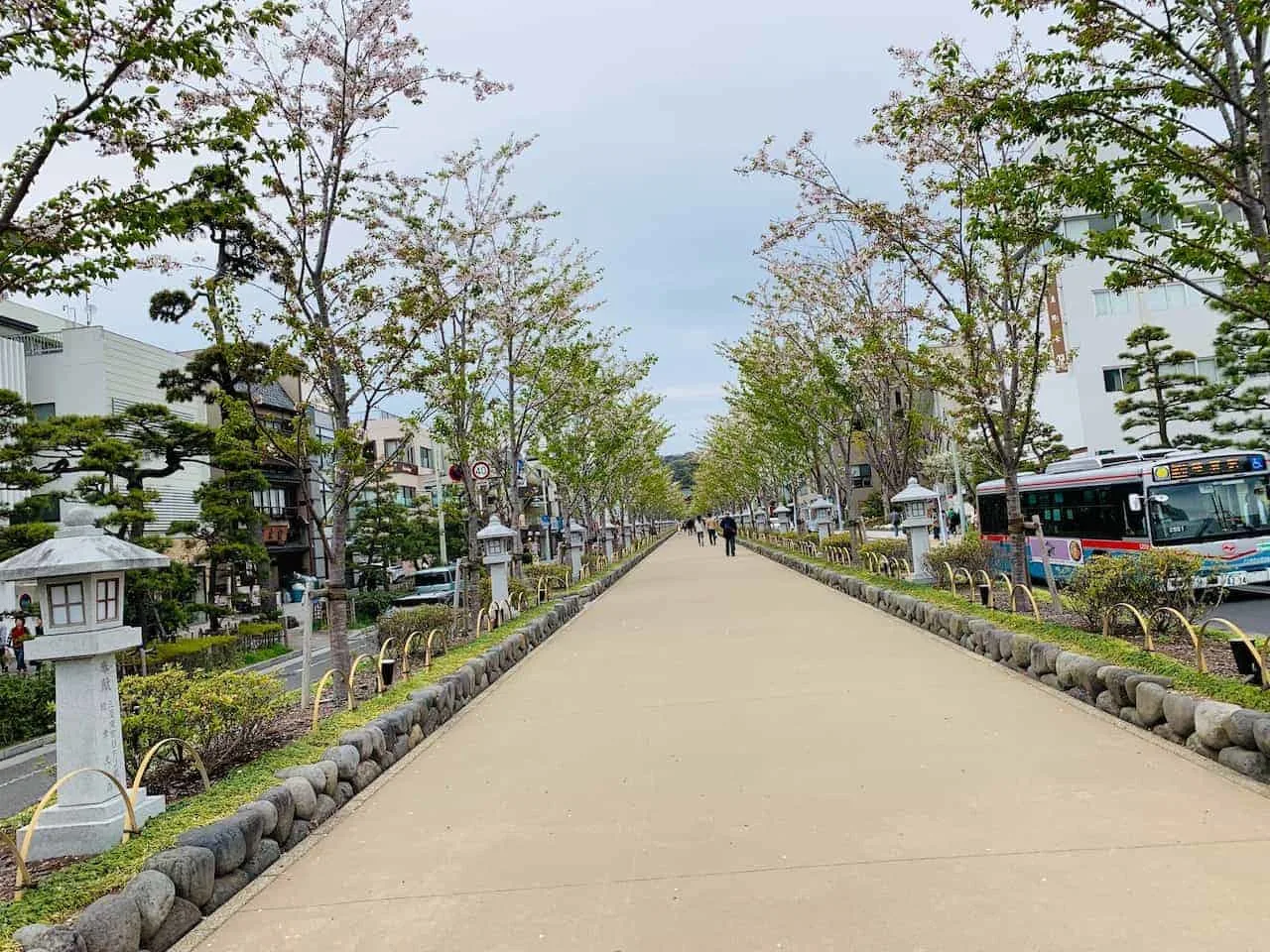
Day 5 – Hakone / Travel to Takayama
Day 5 of your 14 day trip to Japan will have you on the move. Starting in Tokyo you will head on over to the beautiful city of Hakone for the day before heading off to Takayama later in the evening.
You will start the day at either Tokyo or Shinjuku Station, make your way all the way to Hakone-Yumoto and begin the famous Hakone Round Course Circuit.
This will take you on trains, cable cars, ropeways, boats, and busses as you complete one of the most scenic routes that Japan has to offer with Mount Fuji right nearby.
Since this will be a travel day you will need to figure out luggage logistics and there are two ways to handle that:
1) Store the luggage in lockers at either Odawara or Hakone-Yumoto Station
2) Send your luggage ahead to your Takayama hotel using the efficient Takuhaibin luggage forwarding service. Your hotel should be able to help out with this and for about $20 a piece, your luggage will be waiting for you in your Takayama hotel when you arrive.
Travel Tip: This is the exact travel day I had when visiting Japan. I left Tokyo EARLY in the morning to get the most out of Hakone. I then stored my luggage at the station, headed off on the circuit, and picked up my luggage at day’s end. I then took the 6:08PM train with a switch in Nagoya, that got into Takayama at 10:49PM.
Below is a screenshot from the Hyperdia website of the train details (be sure to ALWAYS check for the latest schedules).
Note: if you do not want to make this a travel day (Tokyo – Hakone – Takayama), you also have the option to make this a day trip to Hakone on days 1-4 (Tokyo – Hakone – Tokyo). That way you will not need to worry as much about your luggage.
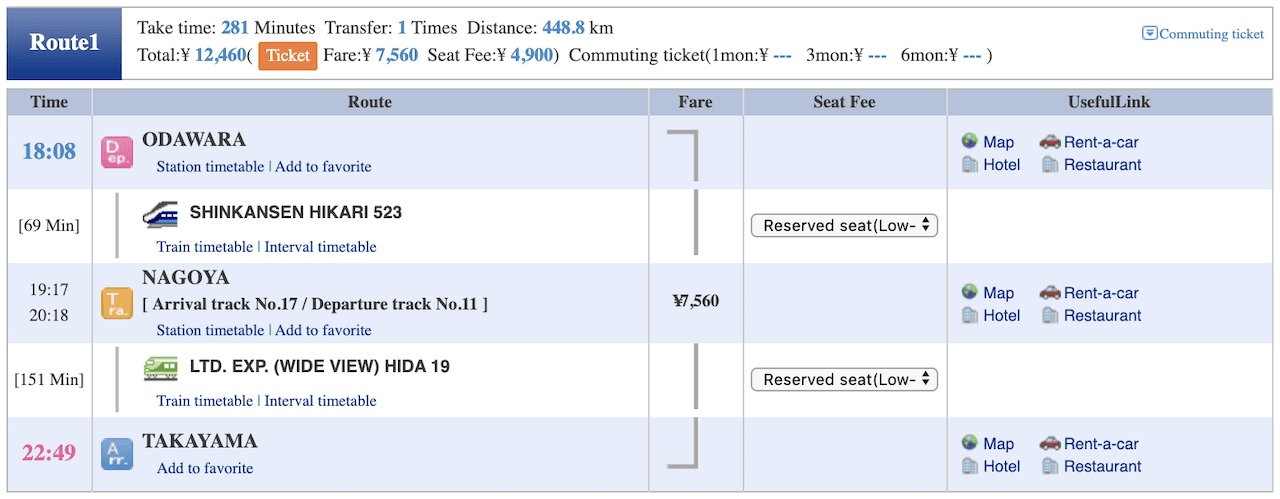
Hakone Round Course
As mentioned, the Hakone Round Course is made up of several transportation options. Below is what the circular route will entail:
(1) Hakone Tozan Railway from Odawara/Hakone Yumoto to Gora
(2) Hakone Tozan Cablecar from Gora to Sounzan
(3) Hakone Ropeway from Sounzan to Togendai (with a stop in Owakudani)
(4) Hakone Boat Tour from Togendai to Hakone-machi or Moto-Hakone
(5) Hakone Tozan Bus back to Hakone Yumoto or Odawara (if going back to Tokyo)
» Head on over to the Tokyo to Hakone Round Course Guide to learn more
Once you complete the round course, head back to the train station and make the evening ride over to Takayama.
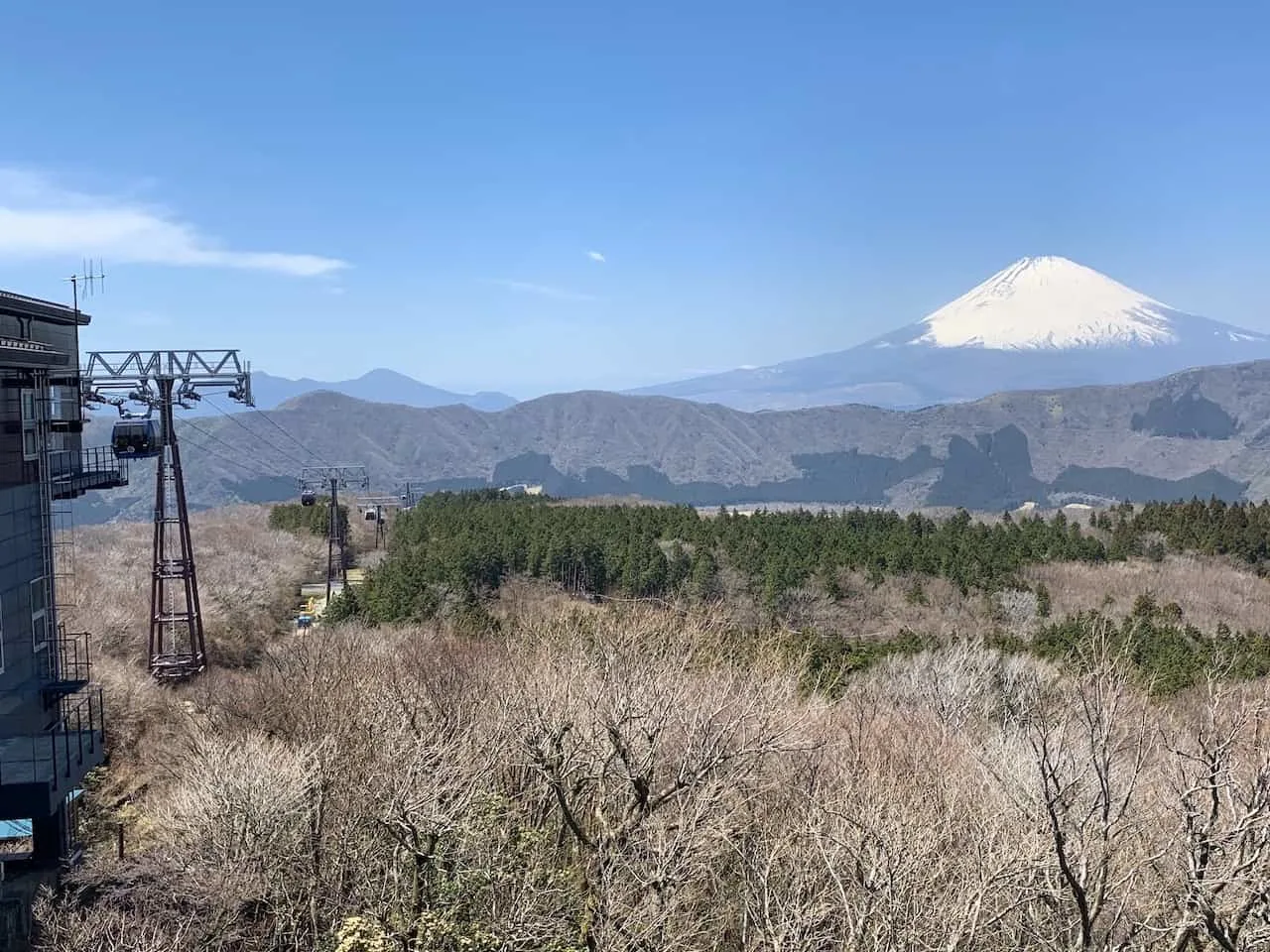
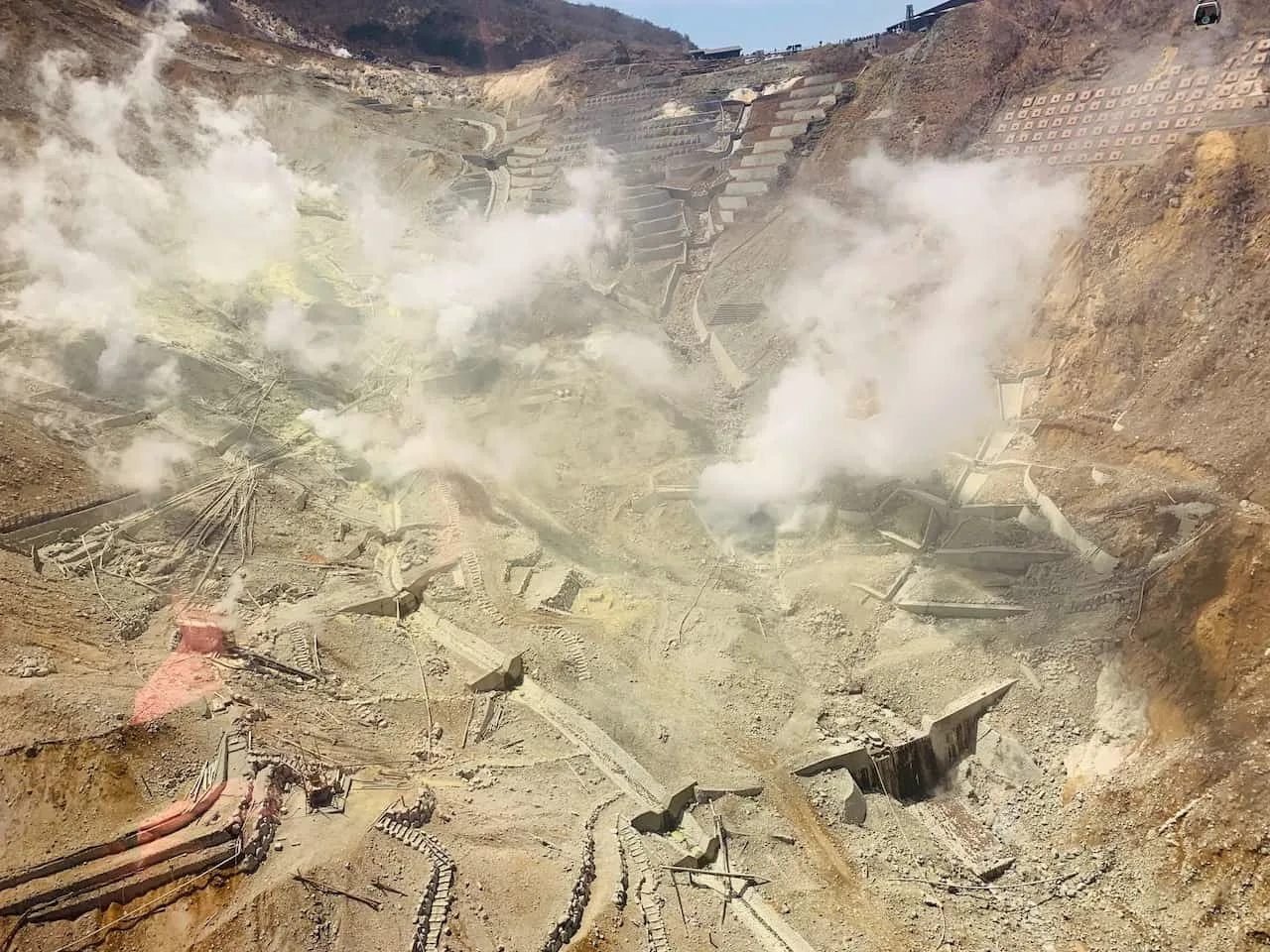
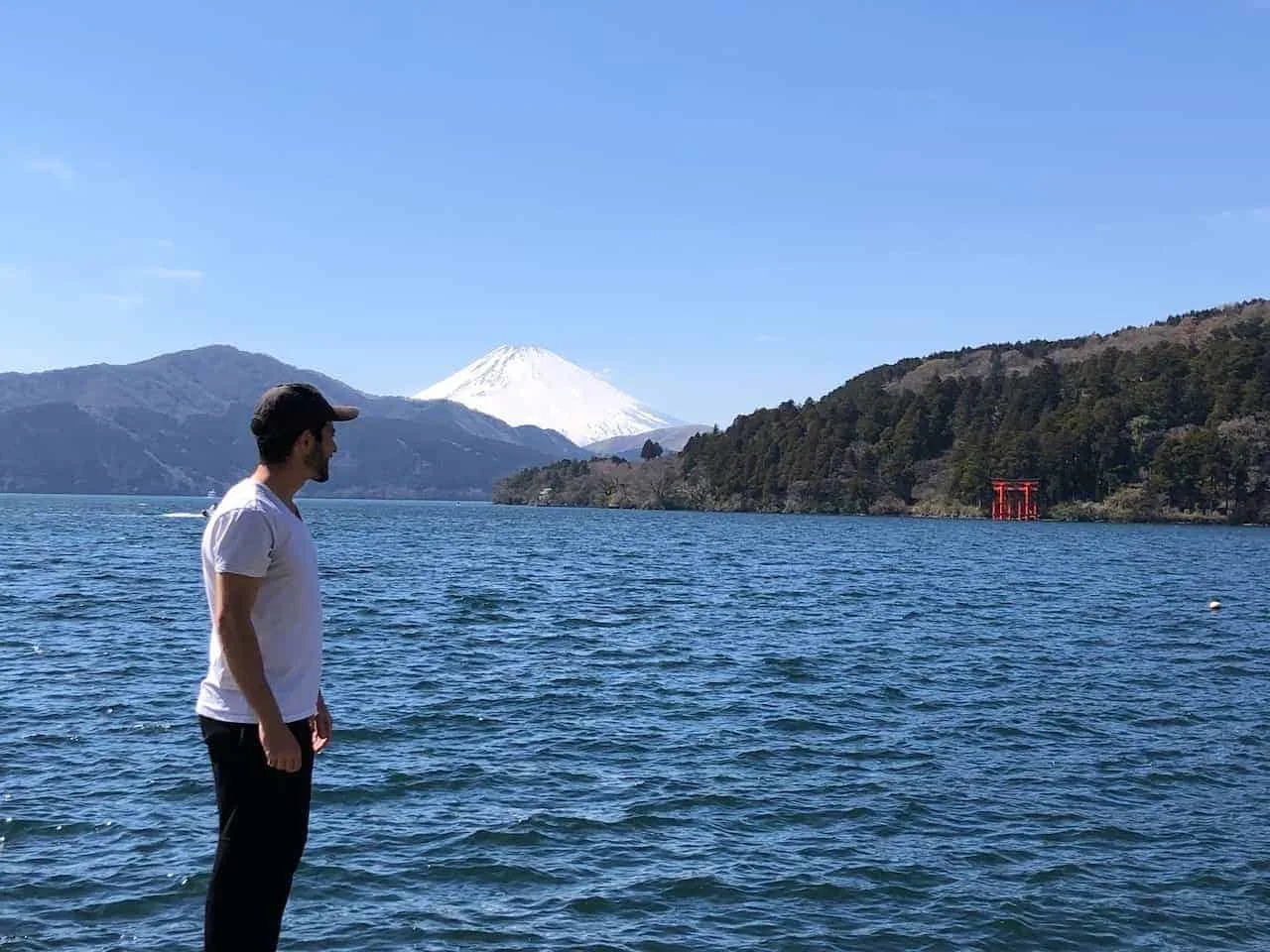
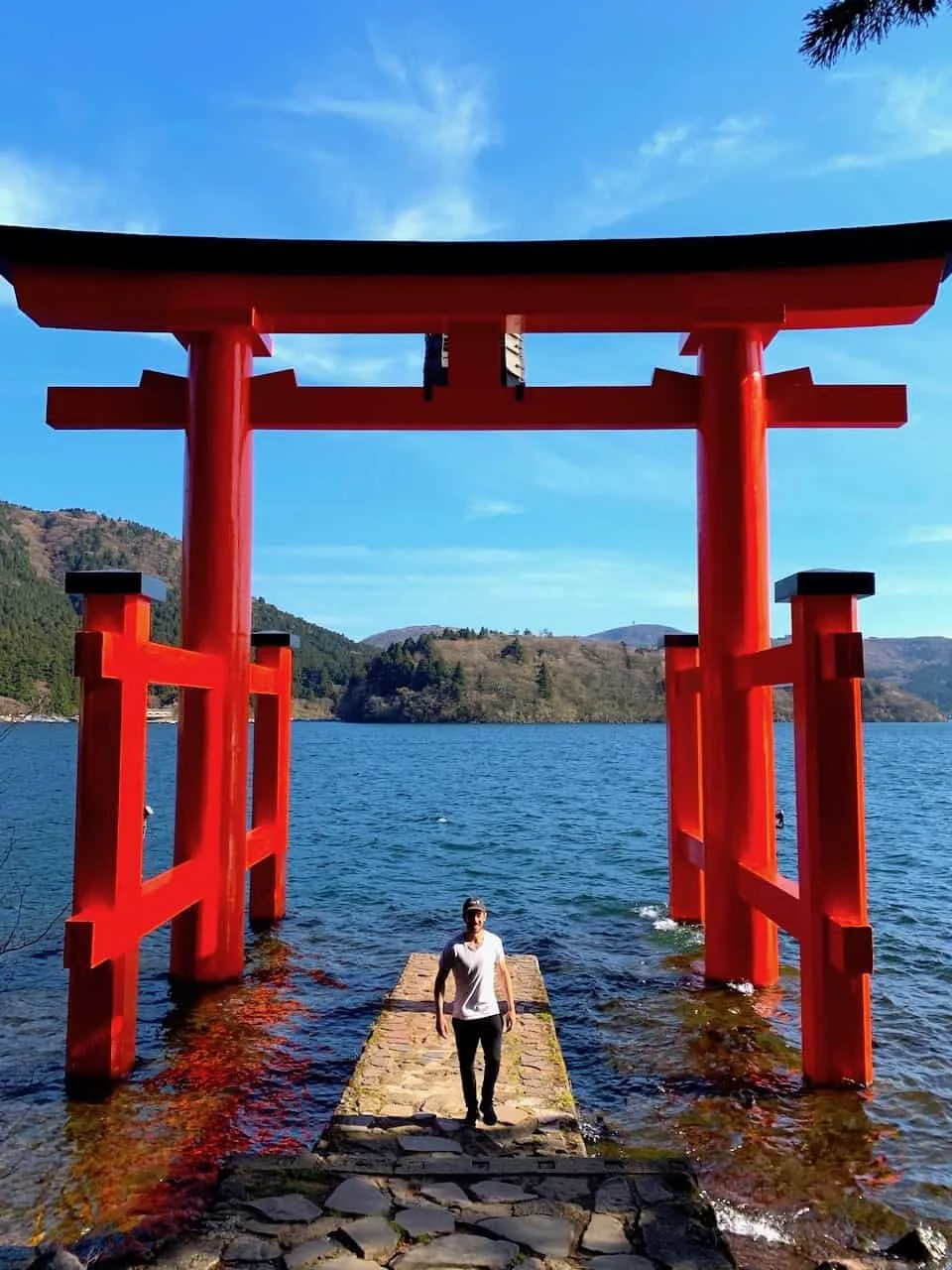
Day 6 – Takayama
Today will be a full day of exploring everything that the city of Takayama has to offer. Takayama is a not as big as some other cities in Japan, but it does have a more historic and unique feel to it.
You can spend the day walking from one site to the next as you get a good sense of the city and take in all the different sites and sounds. Below are the main places you can make your way to during your time in Takayama:
1. Miyagawa Morning Market
2. Kusakabe Heritage House
3. Yoshijima Heritage House
4. Sakurayama Hachimangu Shrine
5. Sanmachi Old Town
6. Sake Breweries
7. Takayama Jinya
» Read up on the What To Do in Takayama Japan Guide for everything you need to know about exploring the city
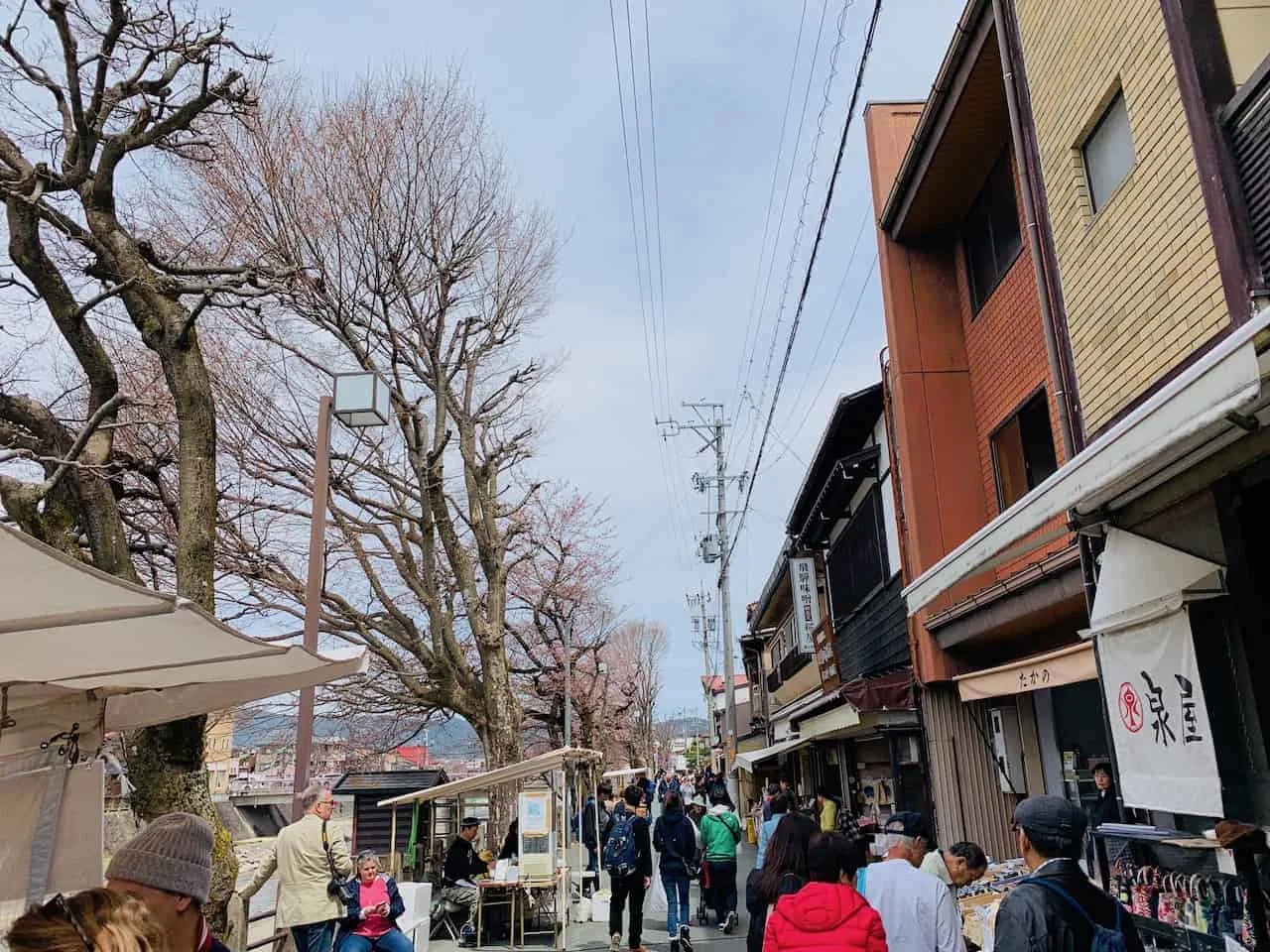
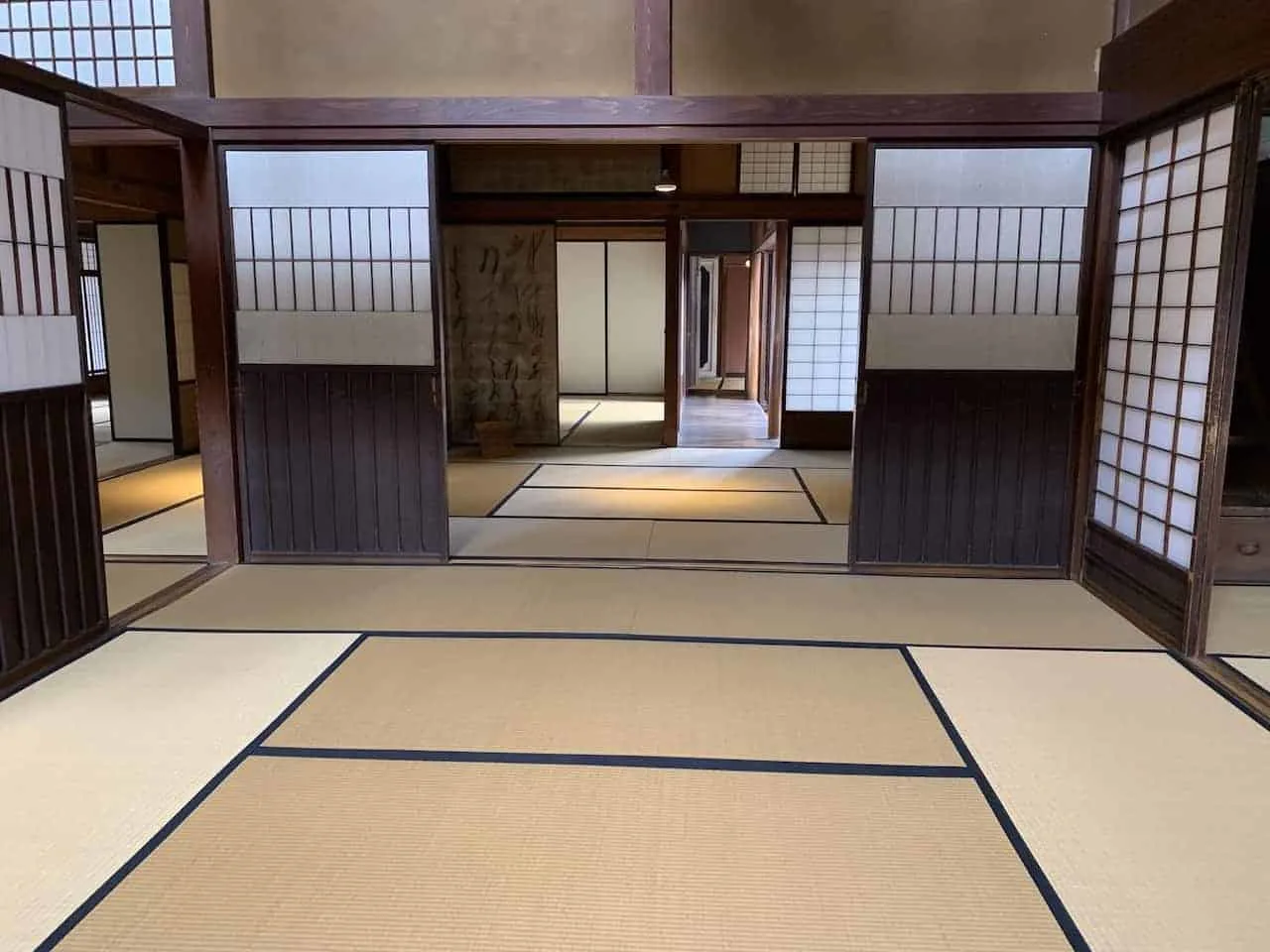
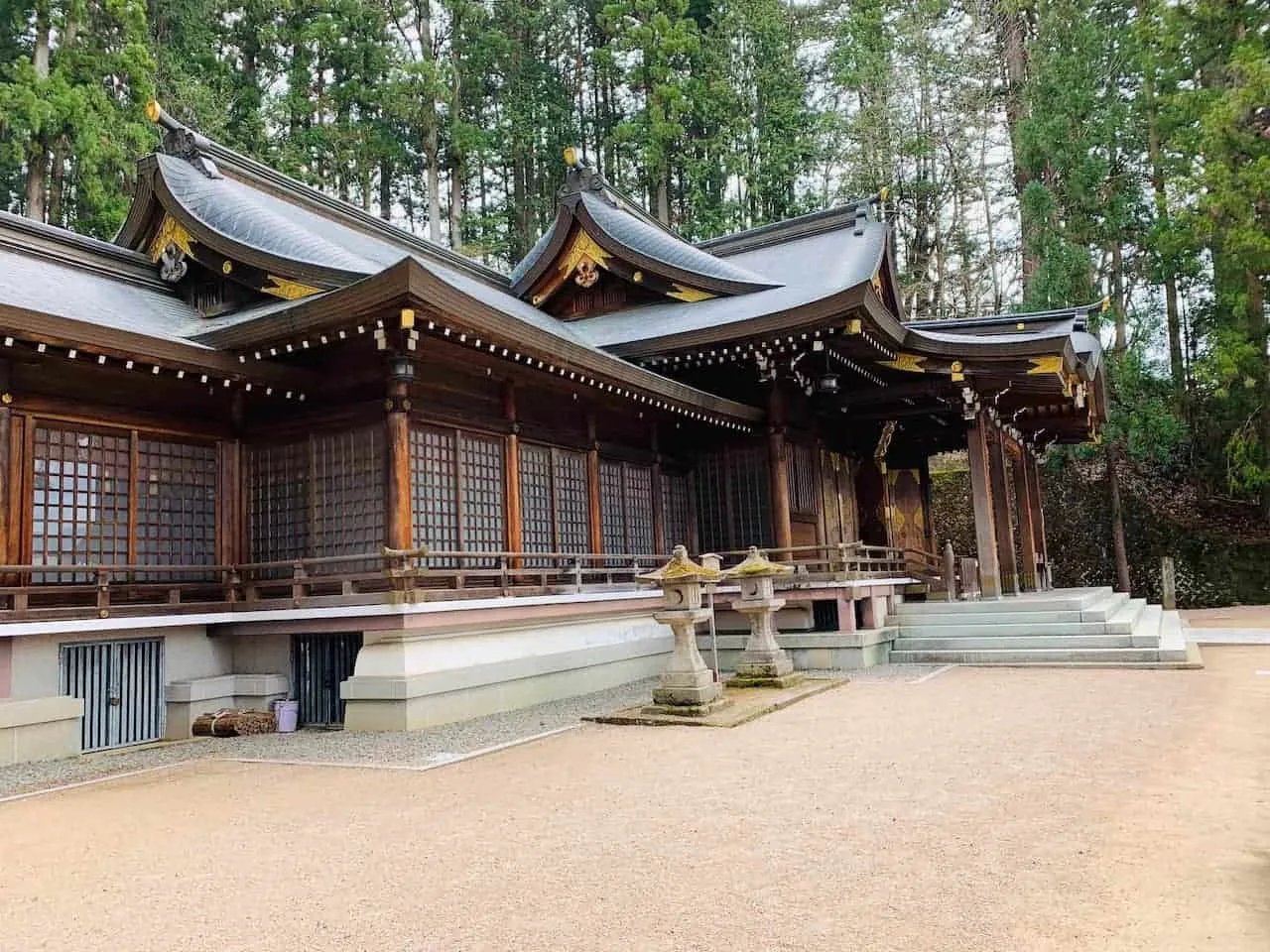
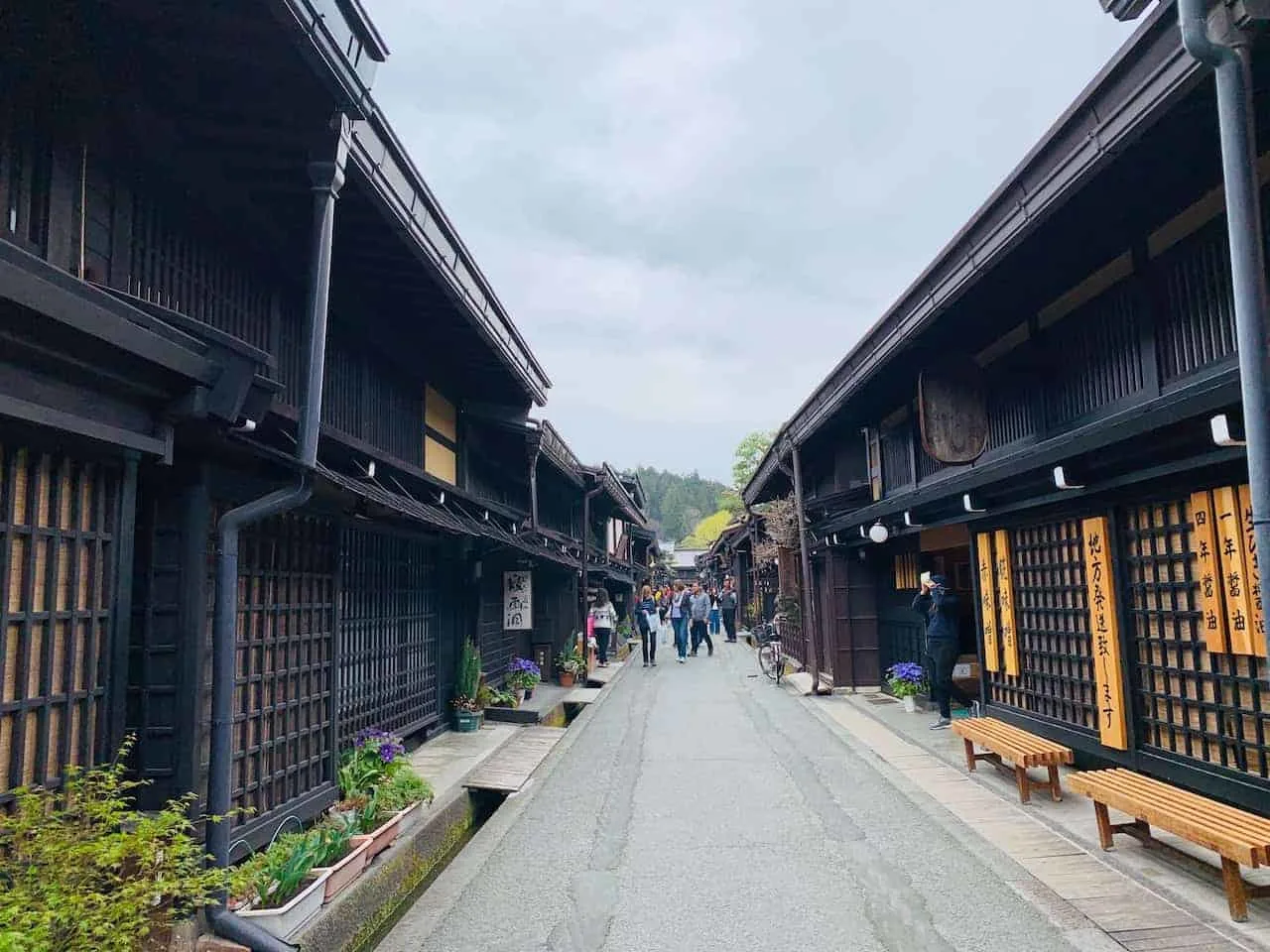
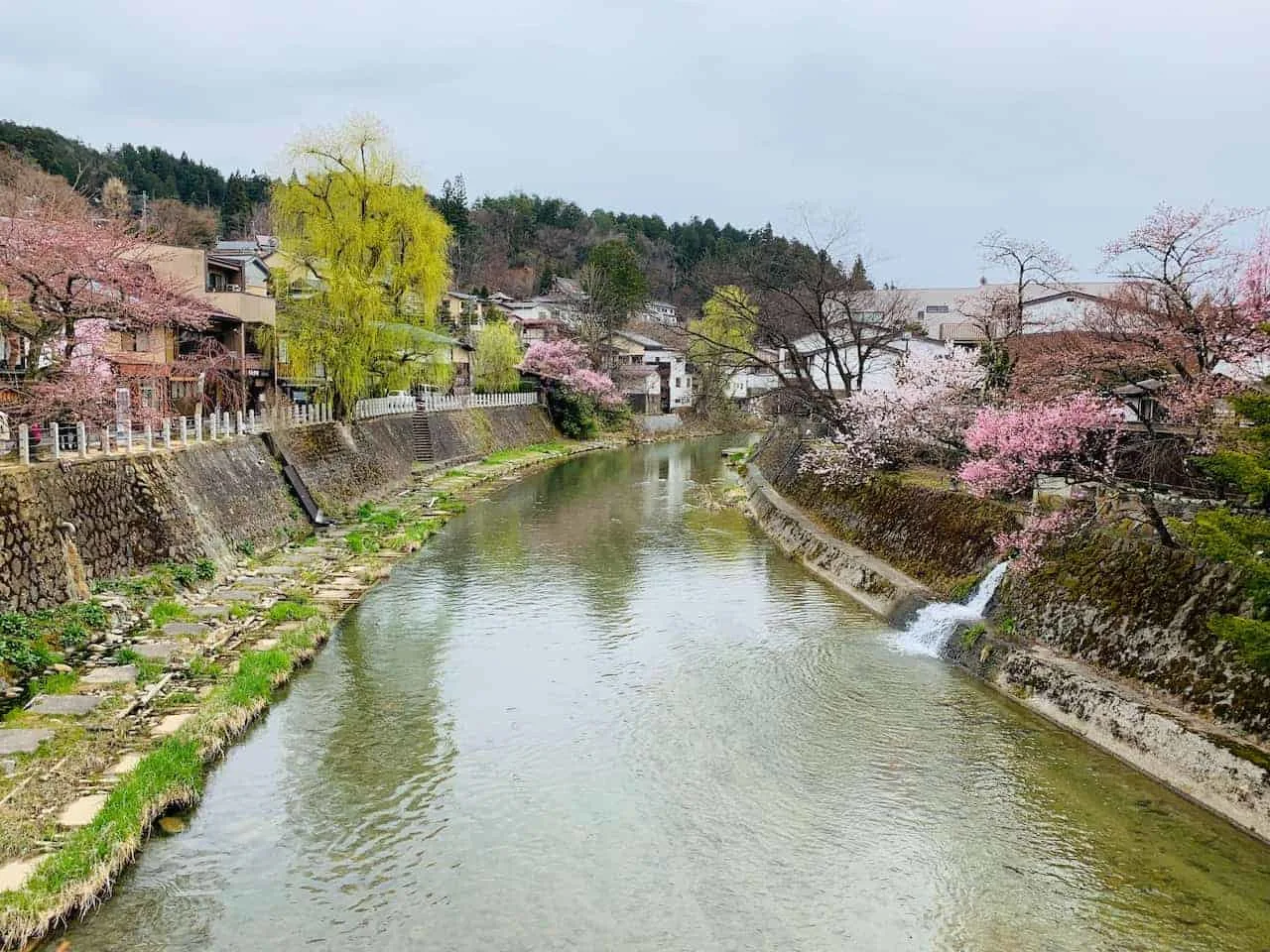
Day 7 – Shirakawa-go & Kanazawa
It is now time to head out of Takayama and onto the next couple cities as part of this 14 day Japan itinerary. Day 7 will bring you on a Shirakawa-go day trip before making your way to Kanazawa later in the afternoon.
If you are not familiar with Shirakawa-go, it is a small village that lays in the middle of a valley with the Japanese mountains surrounding it.
The village is full of these traditional styled thatched roof houses spread throughout the land, and it is definitely one of the most unique places that you will visit during your trip.
To get to Shirakawa-go from Takayama, all you need to do is hop on a Nohi Bus from Takayama station that will bring you straight to Shirakawa-go in less than an hour. Once there, simply drop your luggage off at the bus station lockers, and spend the next few hours exploring all that Shirakawa-go has to offer.
Some of the main highlights to consider as you make your way around Shirakawa-go include:
1) Shirakawa-go Viewpoint
2) Wada House
3) Kanda House
4) Shokawa River & Bridge
5) Wander Around the Town
» To learn more about Shirakawa-go, what to do there, and travel logistics, take a look at the Shirakawa-go Day Trip Guide up on the site
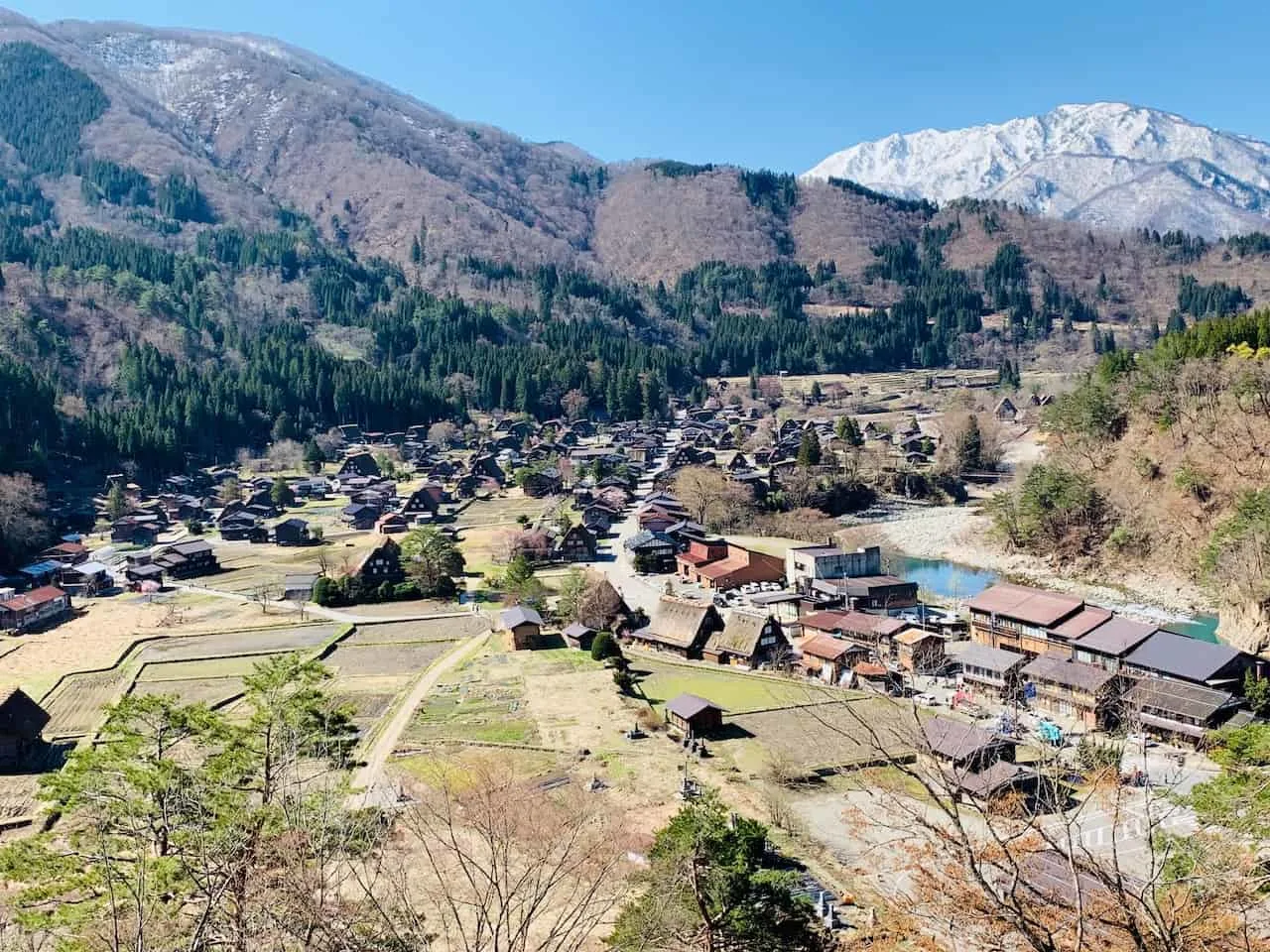
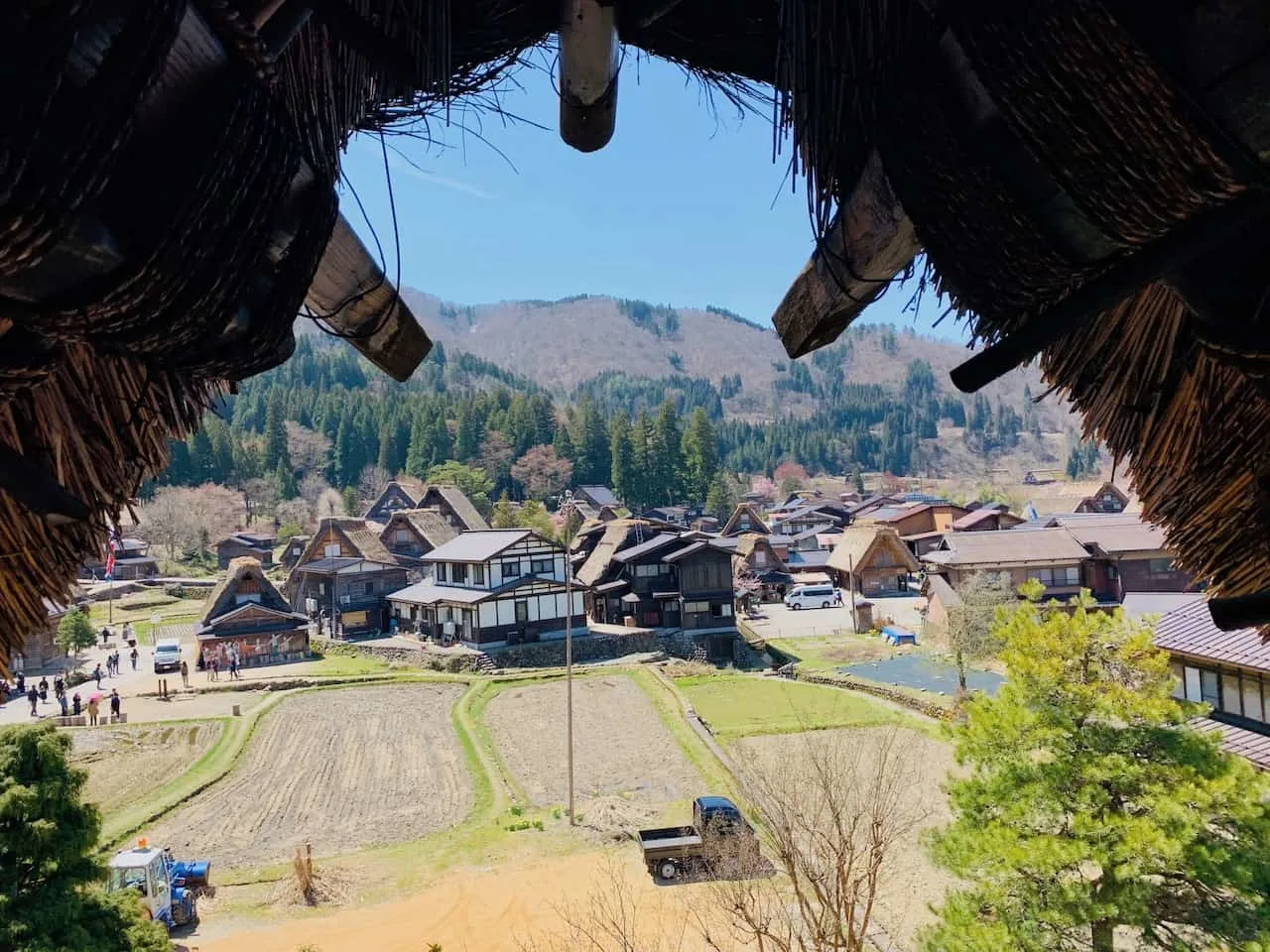
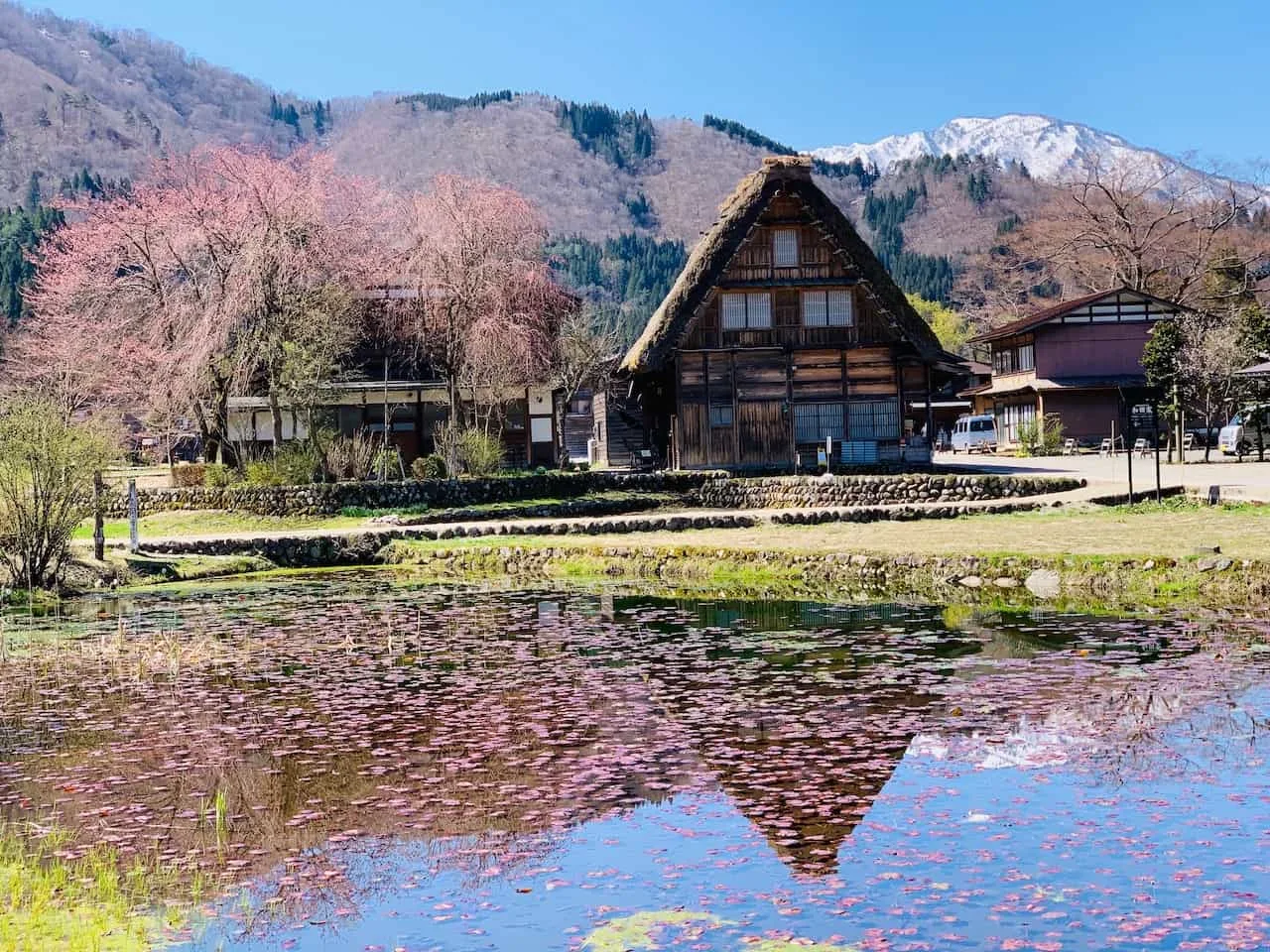
Once all finished up with Shirakawa-go, head back to the bus station, where you will catch another Nohi Bus to Kanazawa.
You should be in Kanazawa sometime in the mid afternoon, which should give you time to explore some of the city before day’s end. The rest of day 7 as well as most of day 8 will be spent heading to Kanazawa’s main attractions all around the city.
Take a look right below for what to do in Kanazawa over your 1.5 days there. Feel free to split up the activities over days 7/8 as you see fit.
Day 8 – Kanazawa / Travel to Kyoto
When I visited Kanazawa, I made my way to 9 different attractions all throughout the city. It included everything from gardens to markets to castles and much more! Some of these I visited the day prior after visiting Shirakawa-go, and the rest I visited on day 8.
Feel free to check out any and all of these Kanazawa highlights:
1. Tsuzumi-mon Gate
2. Omicho Market
3. Kazuemachi District
4. Higashi Chaya District
5. Kenrokuen Gardens
6. Kanazawa Castle Park
7. Museum of Contemporary Art
8. Oyama Shrine
9. Nagamachi Samurai District
» Learn more about the city in the 9 Things To Do in Kanazawa Guide
At day’s end, head back to your hotel, grab your stuff, and make your way to Kanazawa Station. You can hop on the 2 hour train directly to Kyoto, where you will be spending the next several days.
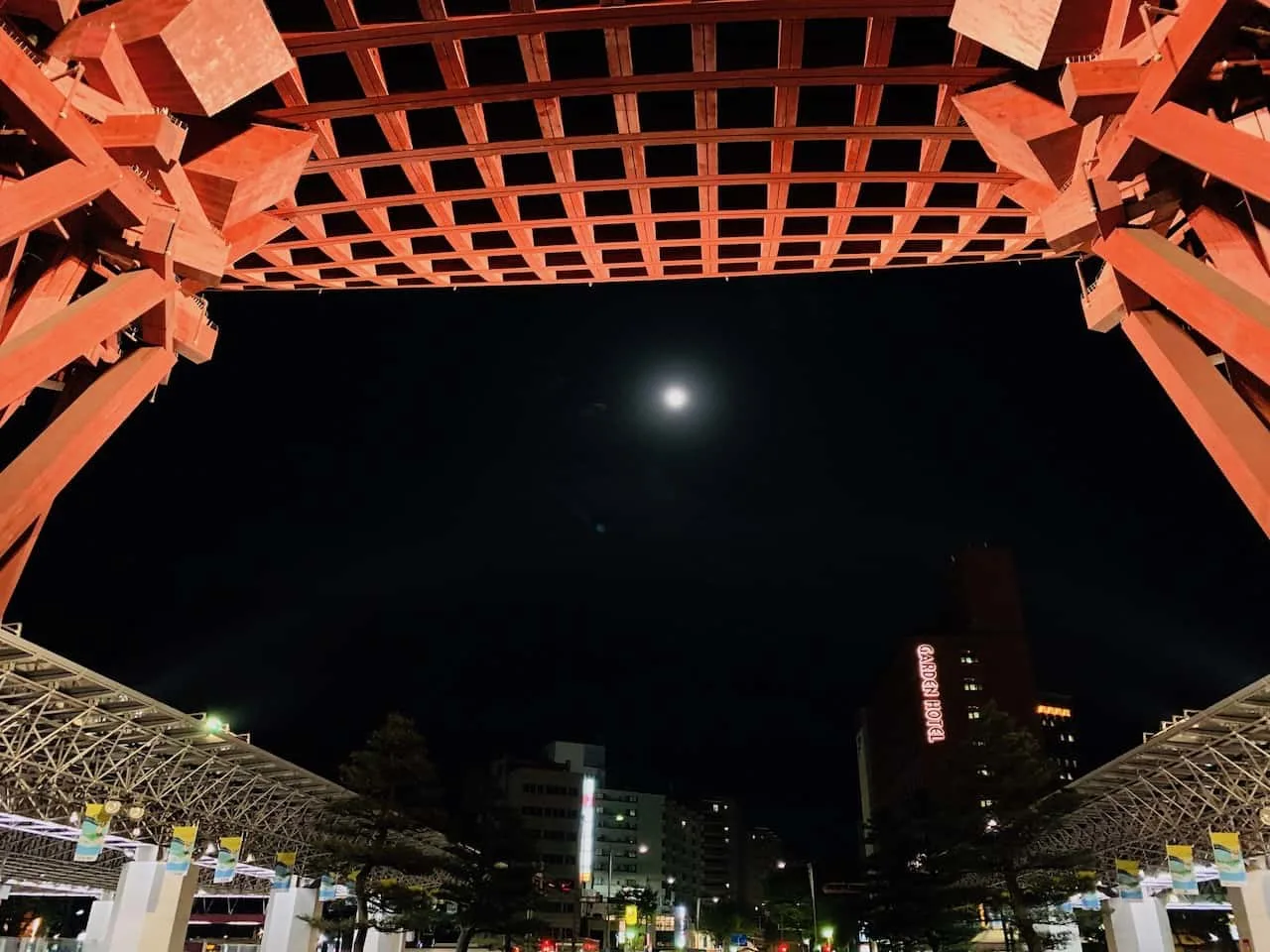
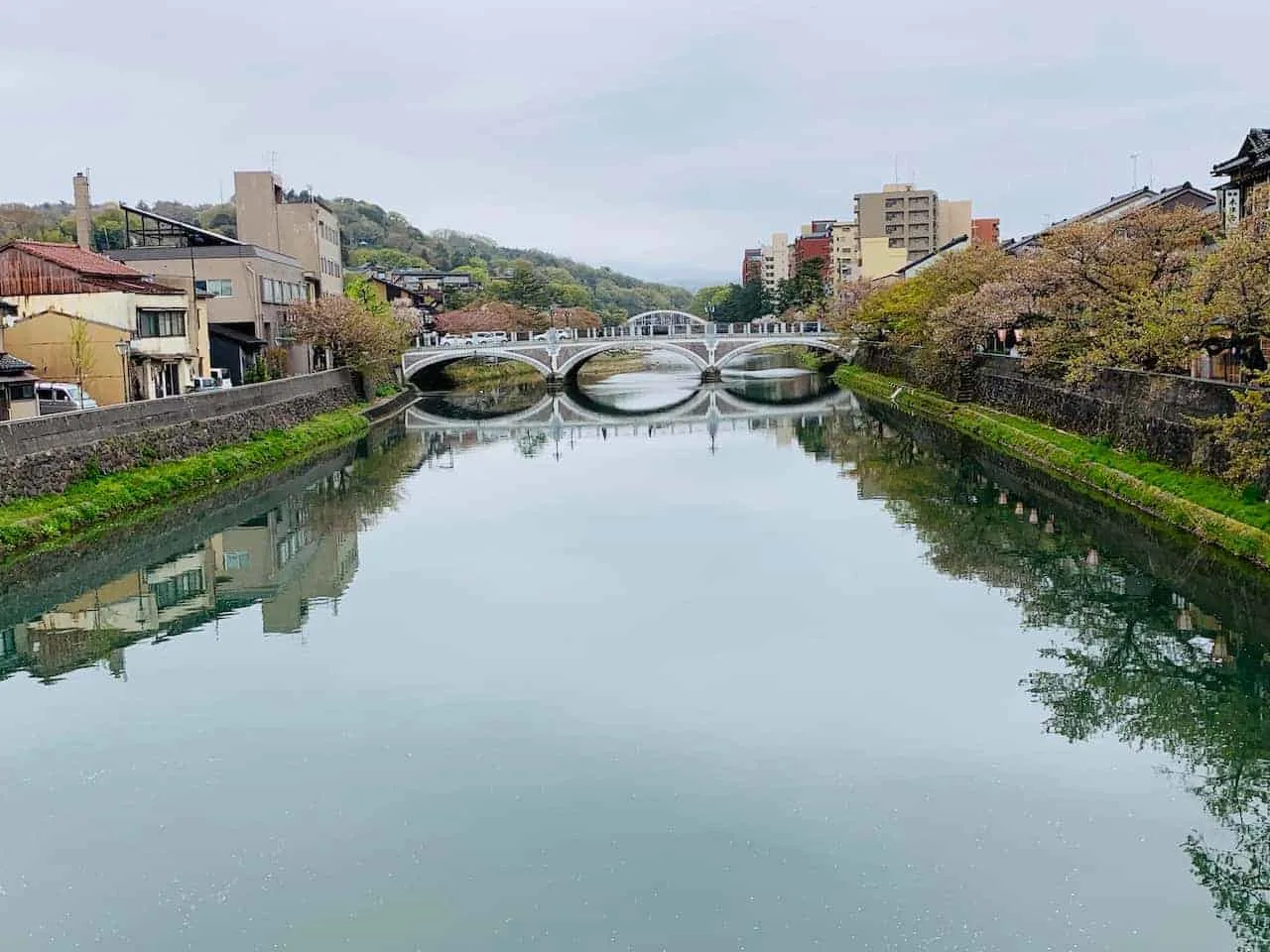
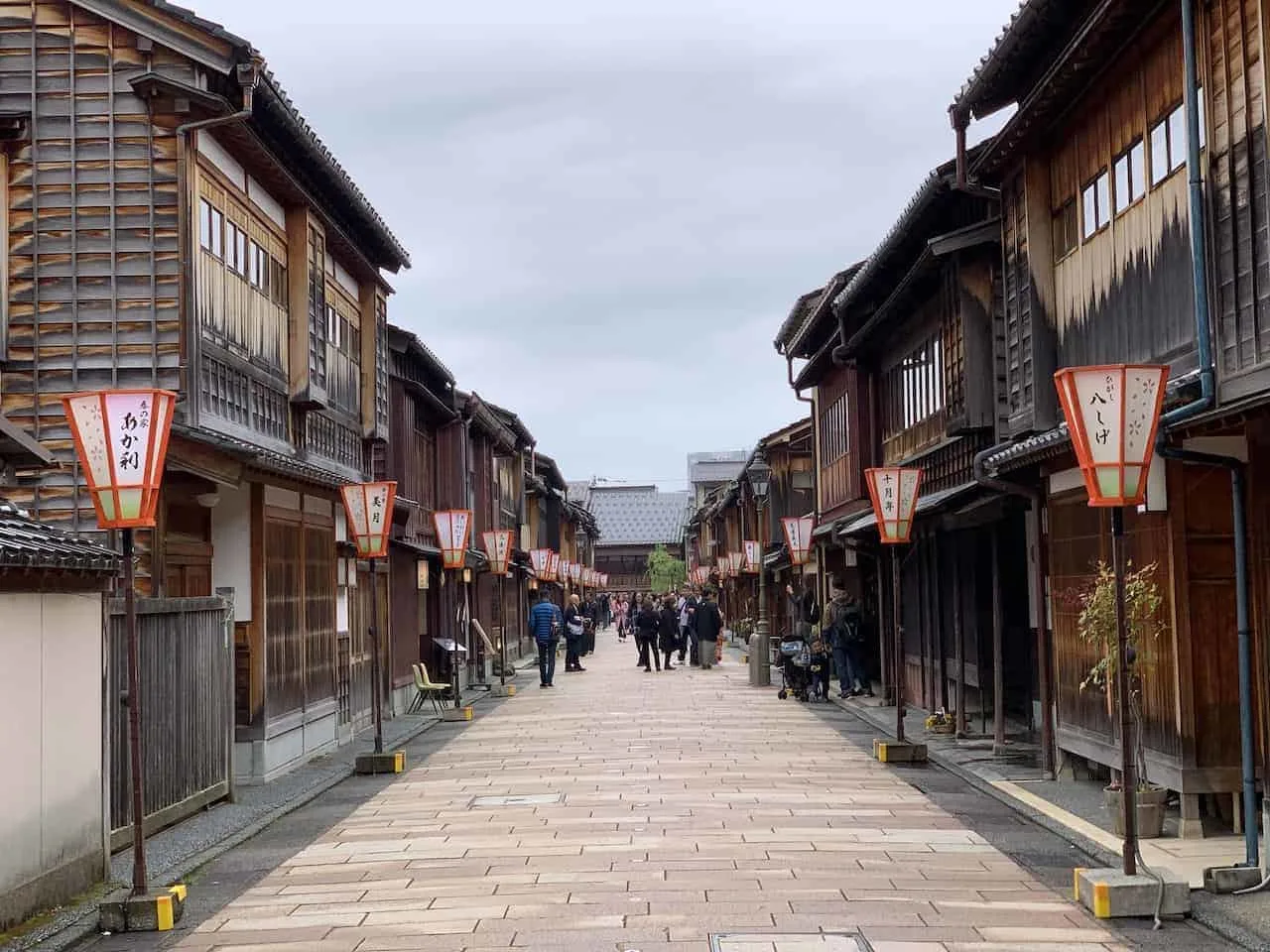
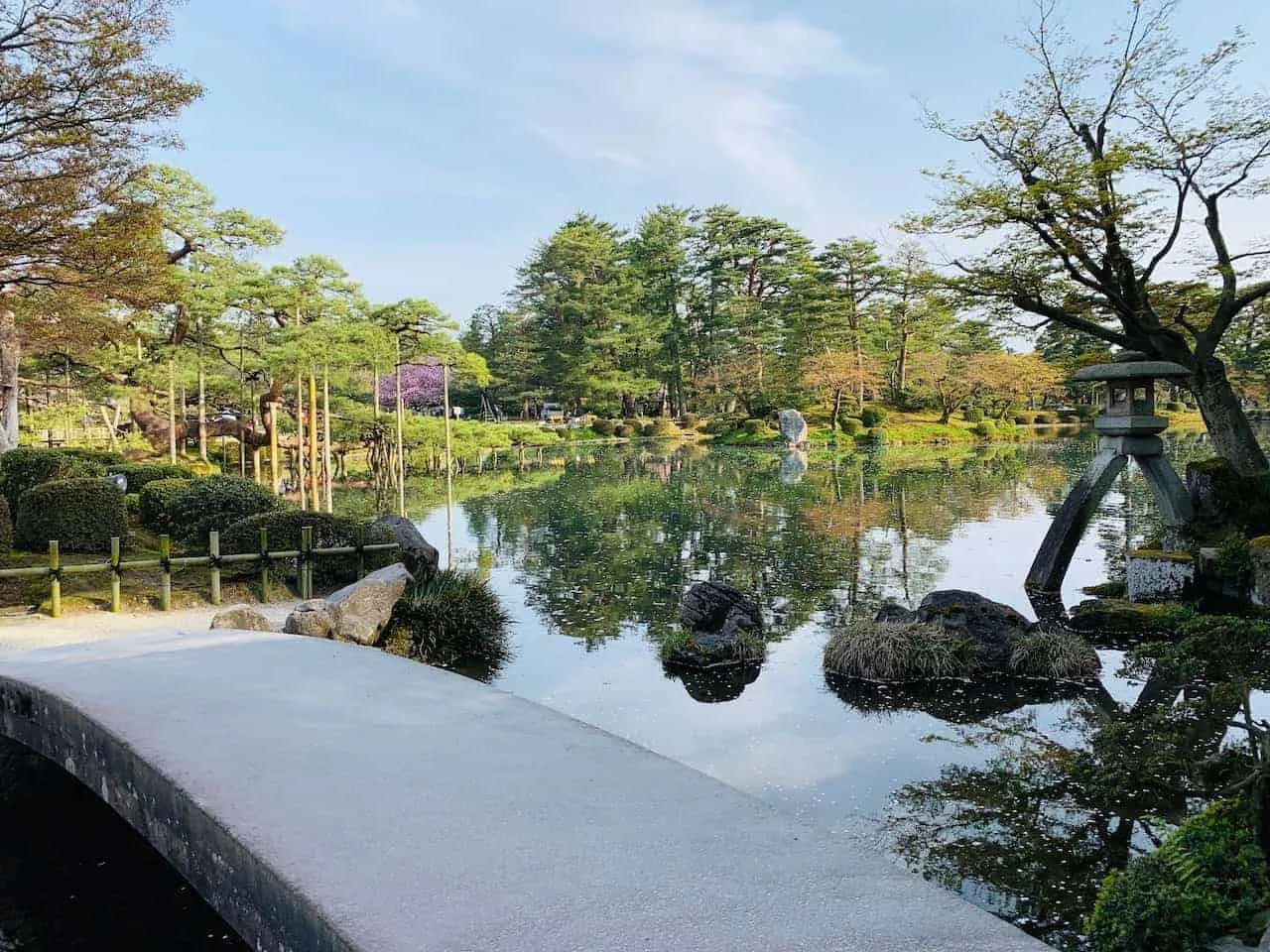
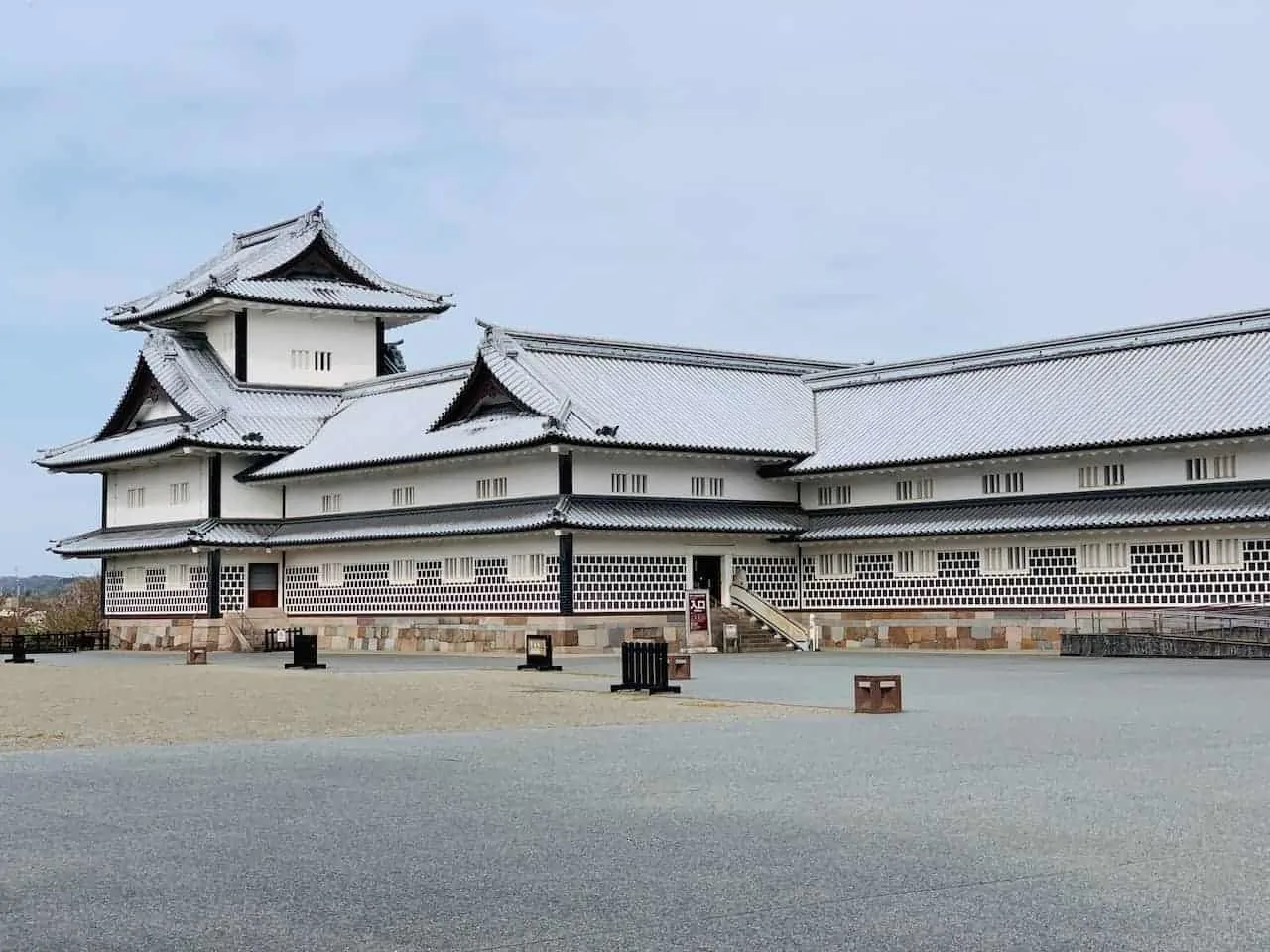
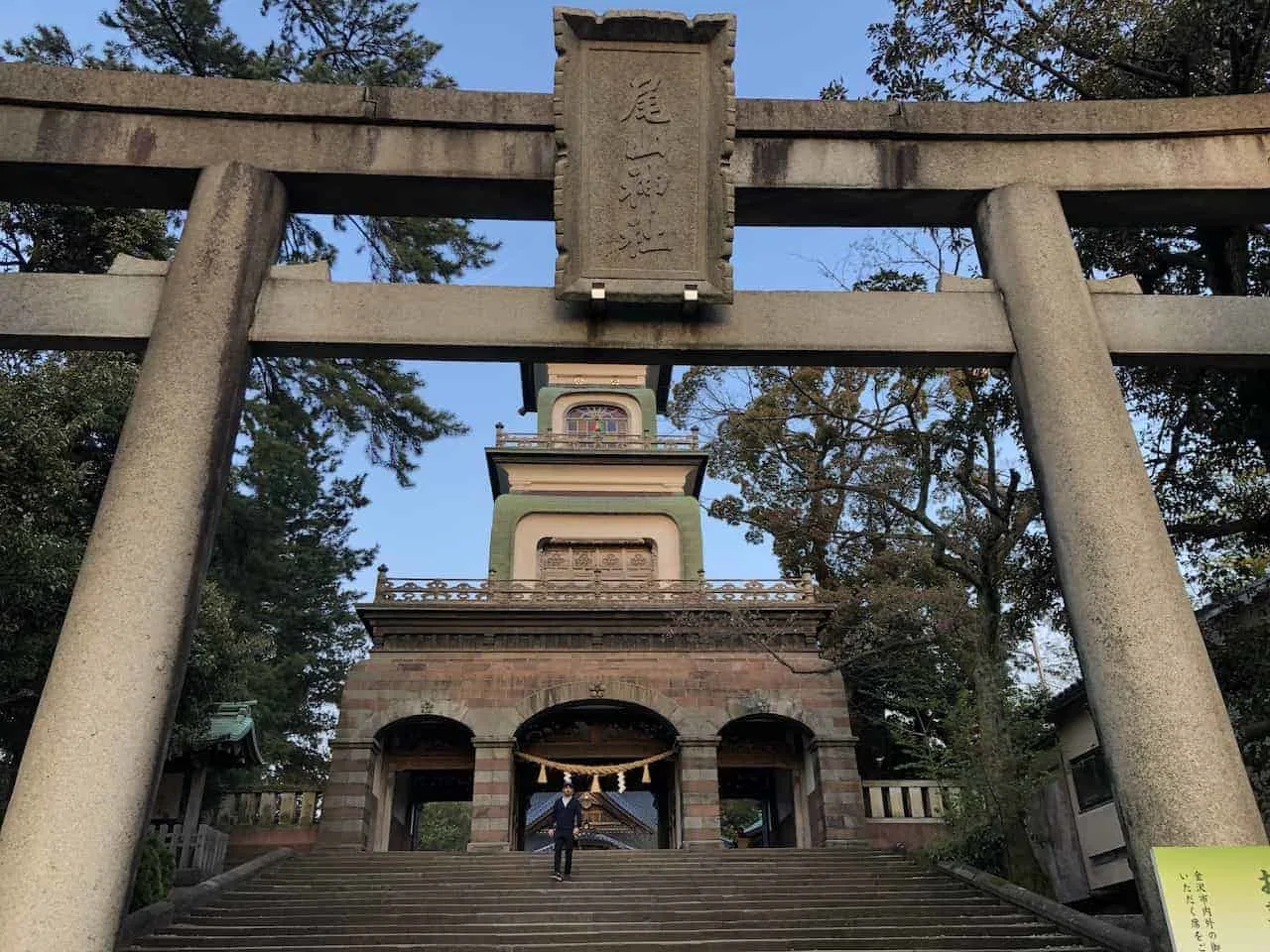
Day 9 – Kyoto
Now that you are in Kyoto, it is time to explore the city and the vast amount of attractions that it has to offer. This itinerary goes over 3 days in the city itself and then takes you on a day trip to Nara. Similar to Tokyo – feel free to move things around in whichever way you see fit.
» Head on over to the 3 Day Kyoto Itinerary for all you need to know about the city
Your first day in Kyoto will have you seeing some of the best that the city has to offer. It will be a full day of sightseeing as you make your way down the east side of the city, stopping by plenty of temples and attractions along the way including:
1. Ginkaku-ji Temple
2. Philosophers Path
3. Nanzen-ji Temple
4. Chion-in Temple
5. Marayuma Koen Park
6. Kodai-ji Temple
7. Ninen and Sannen zaka
8. Kiyomizu-dera Temple
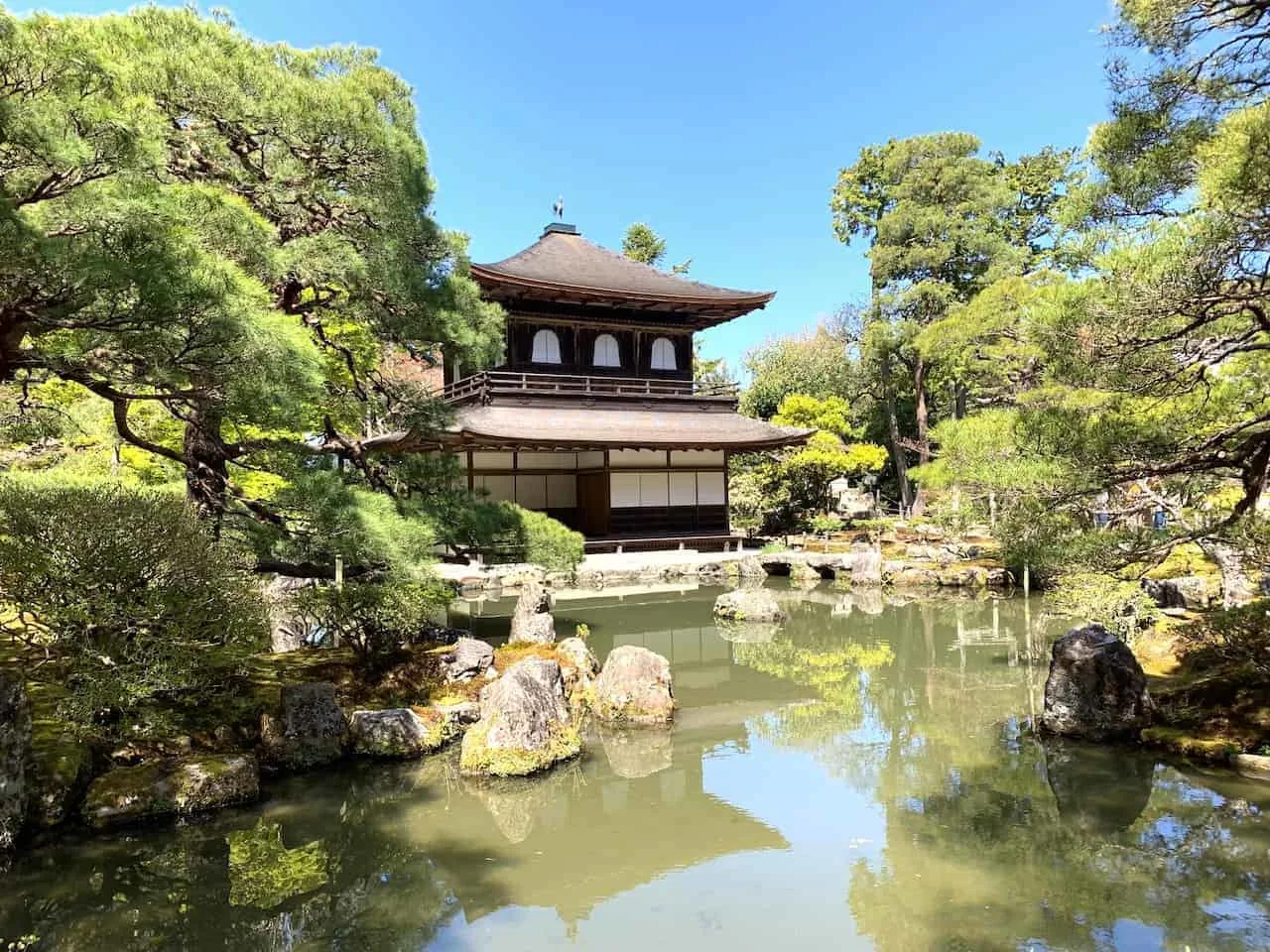
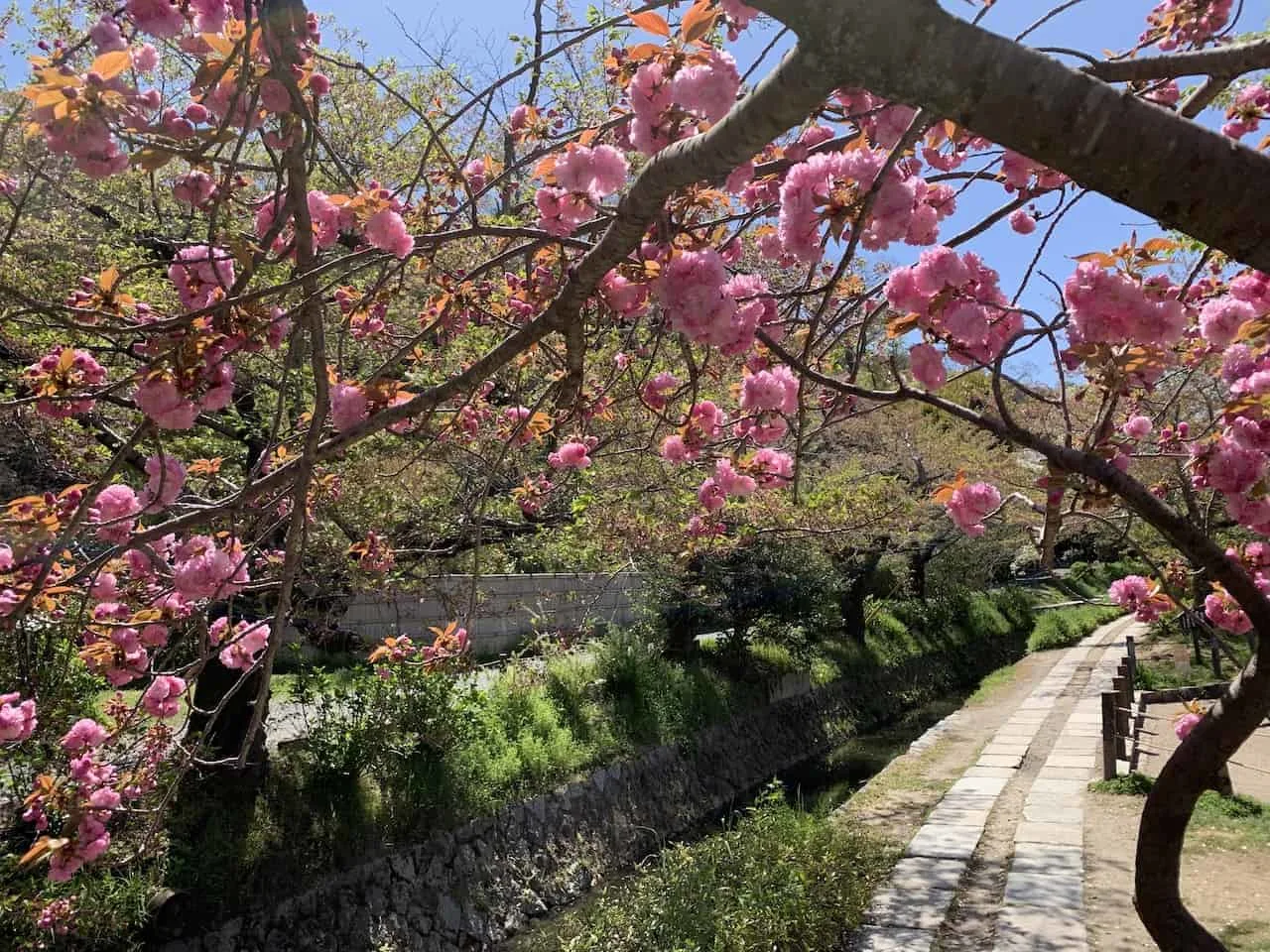
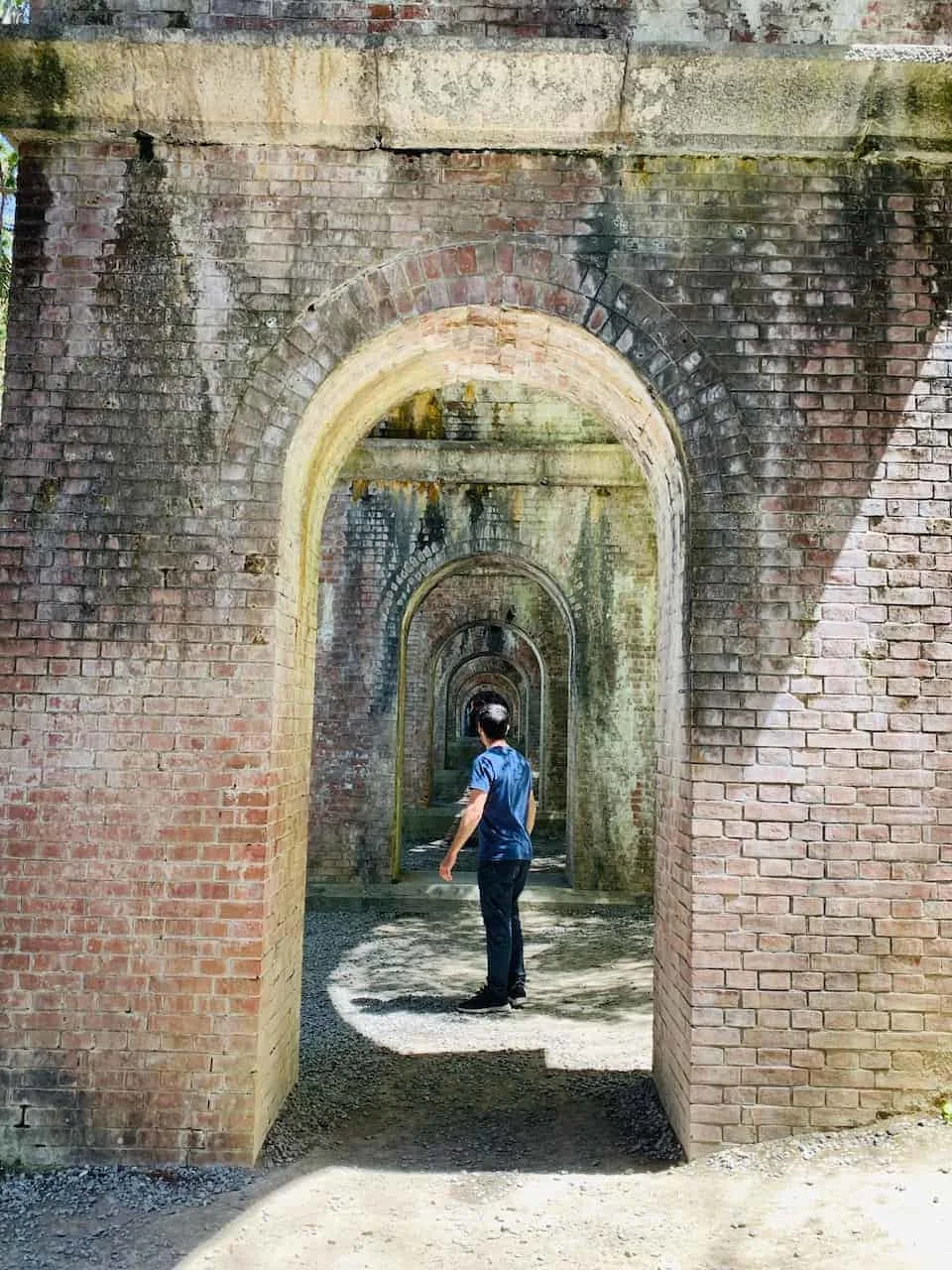
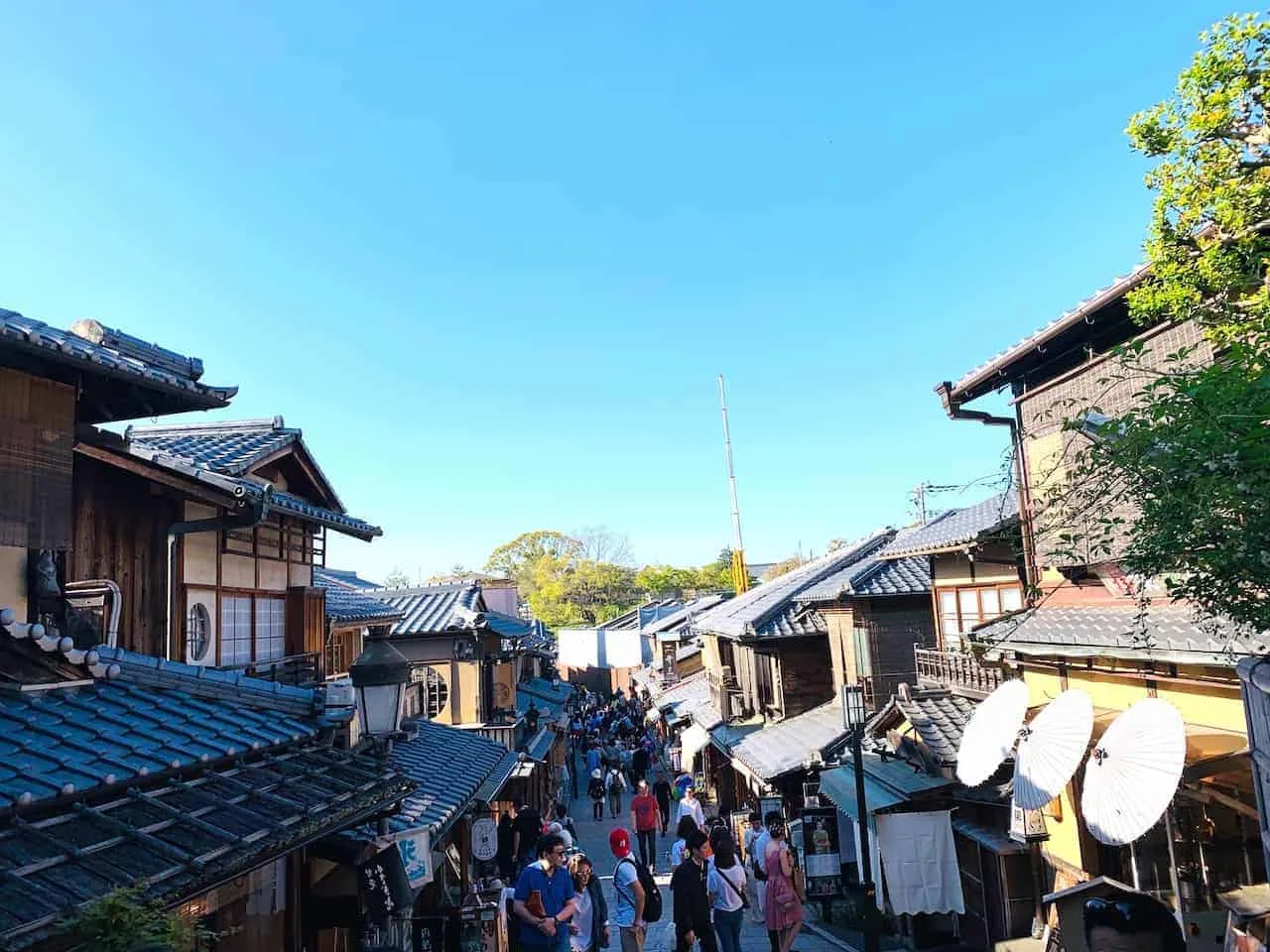
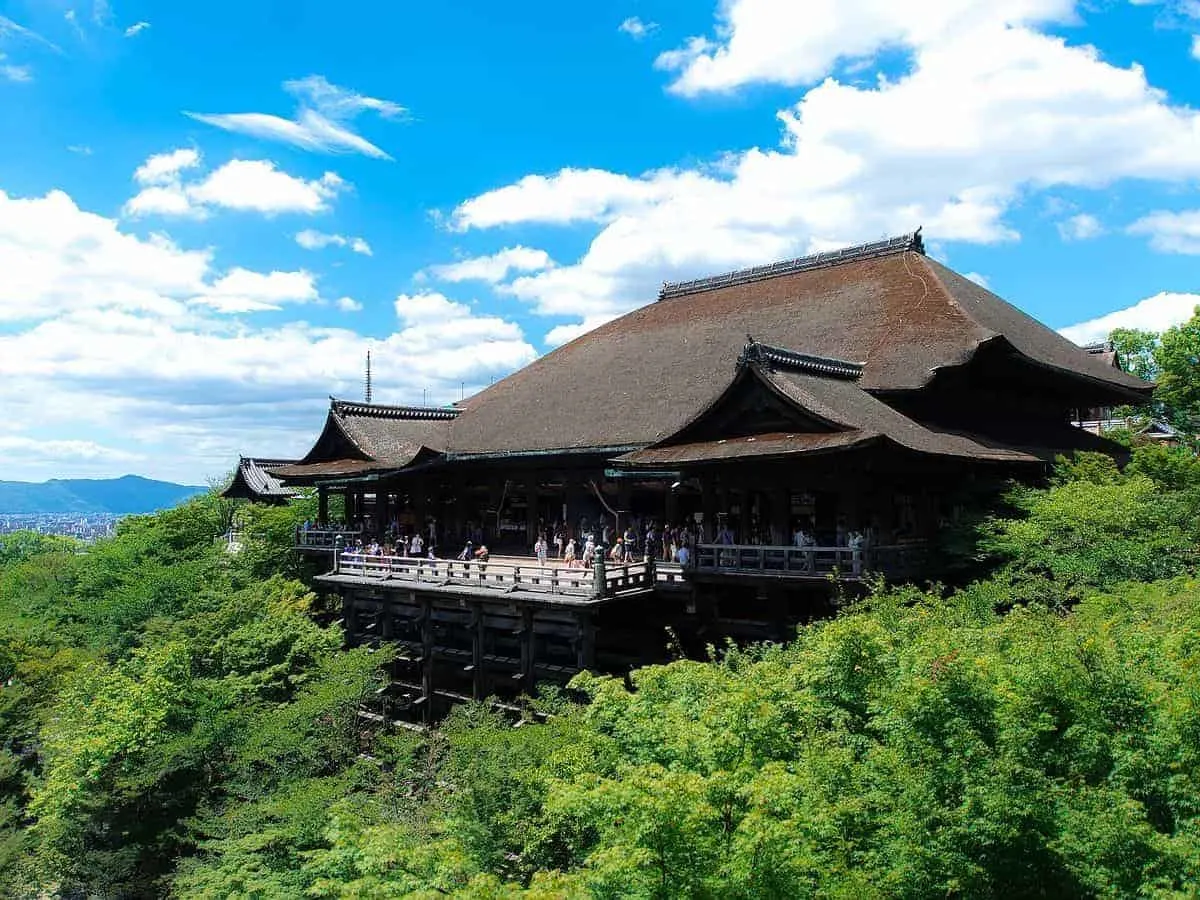
Day 10 – Kyoto
It is time to continue exploring all that Kyoto has to offer. Day 10 will bring you some of the most well known spots in Kyoto (do be prepared for the crowds!). These will include:
1. Kinkaku-ji Temple
2. Ryoan-ji Temple
3. Tenryu-ji Temple
4. Arashiyama Bamboo Grove
5. Arashiyama Monkey Park
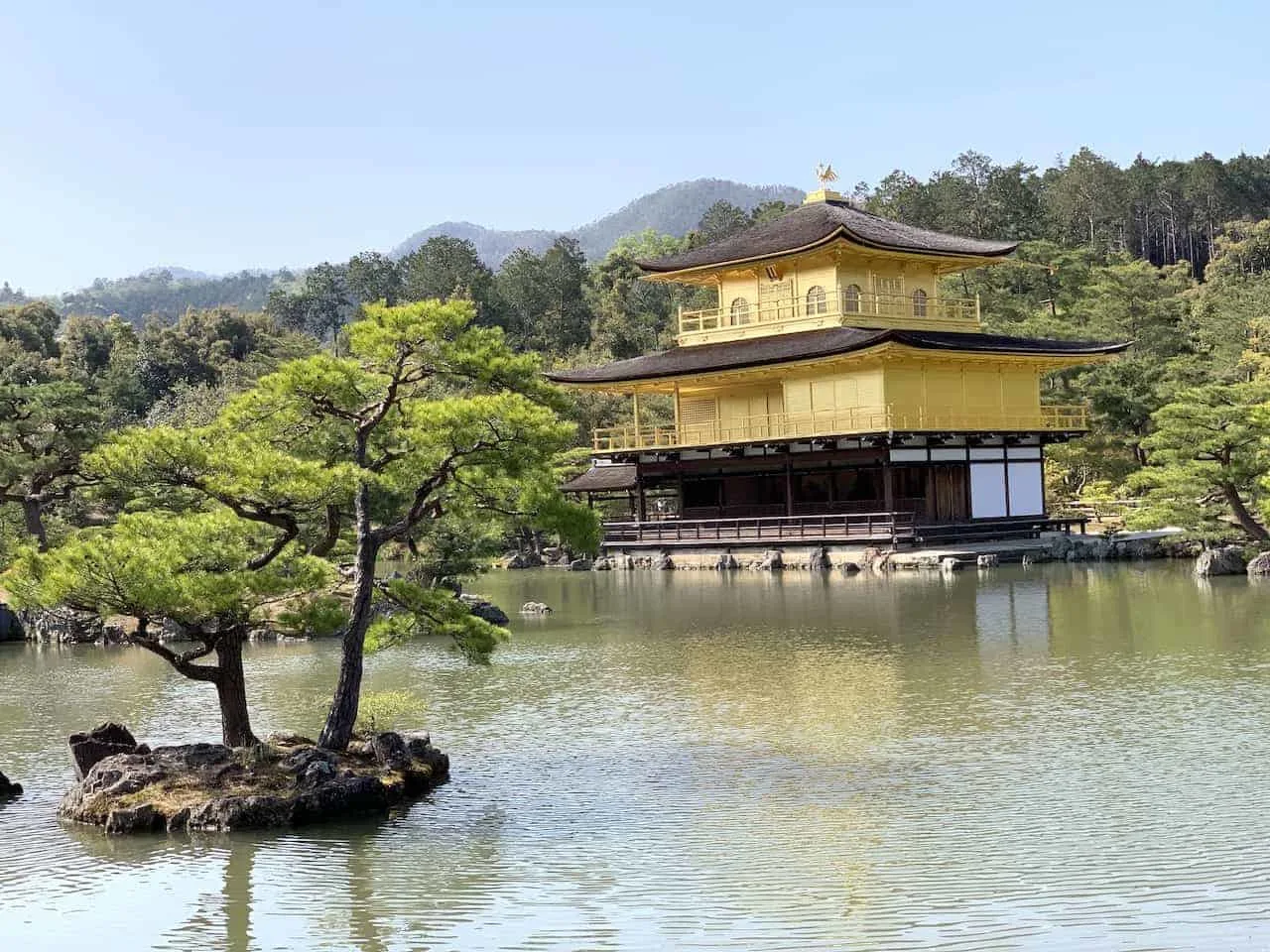
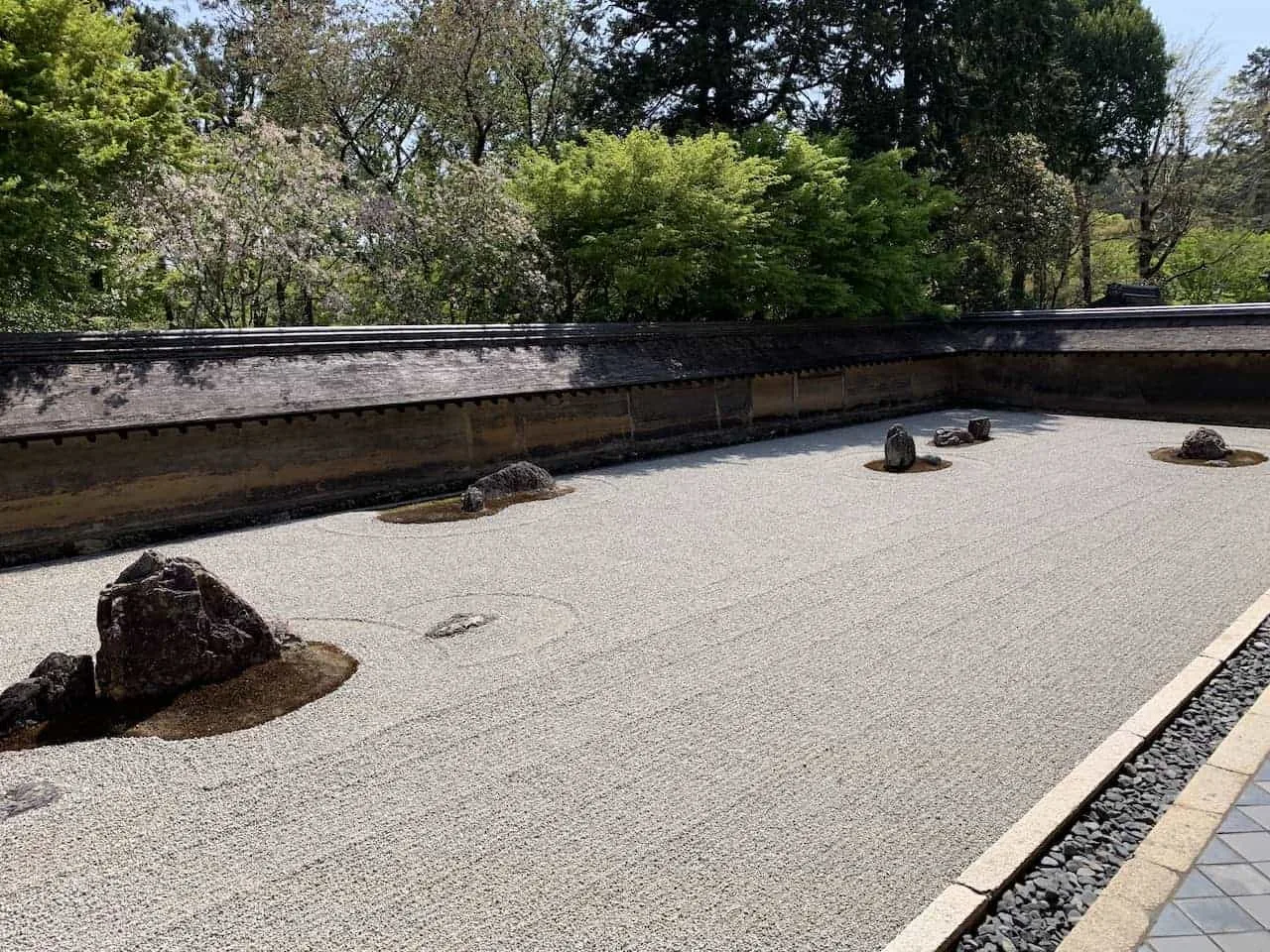
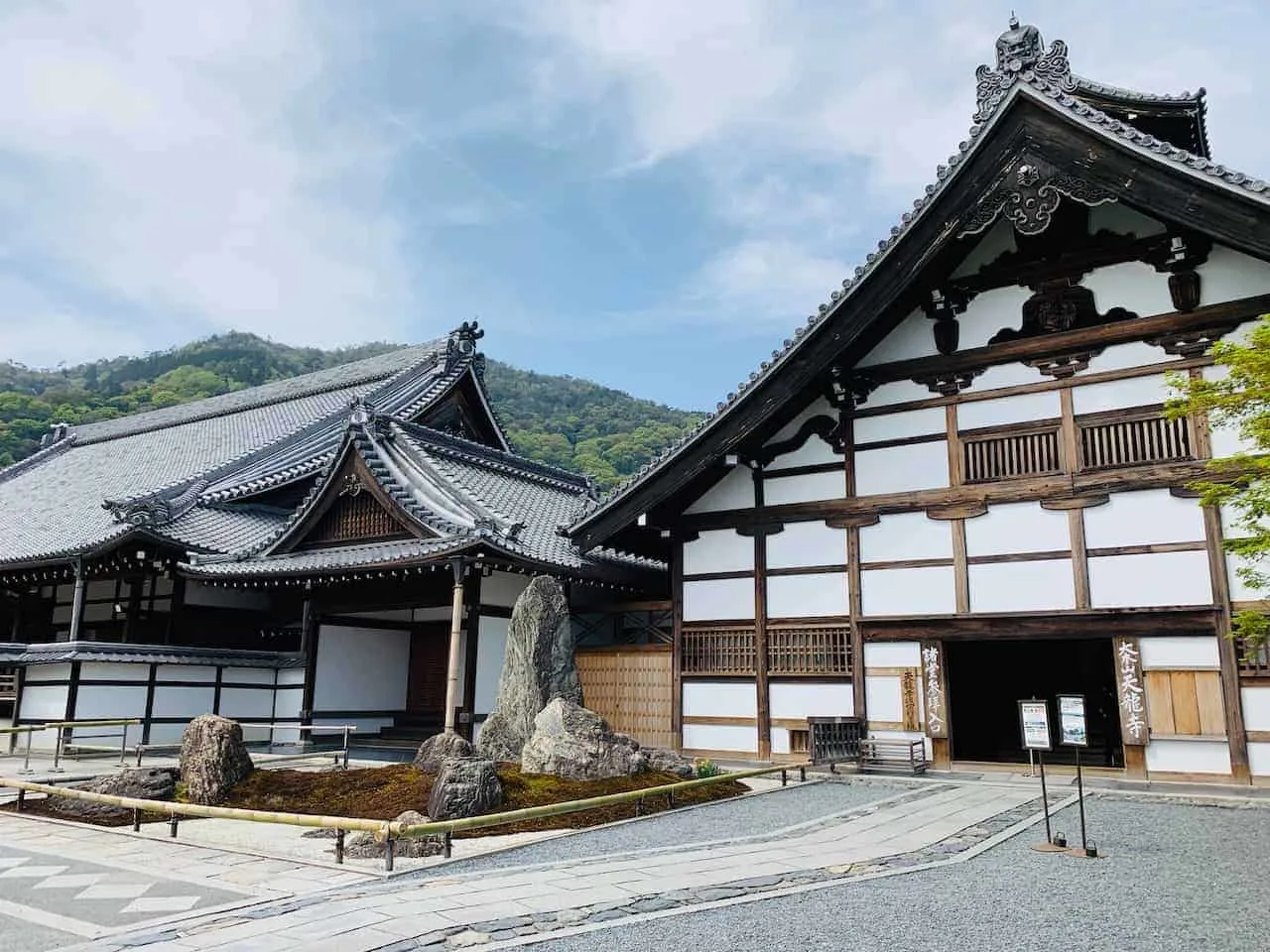
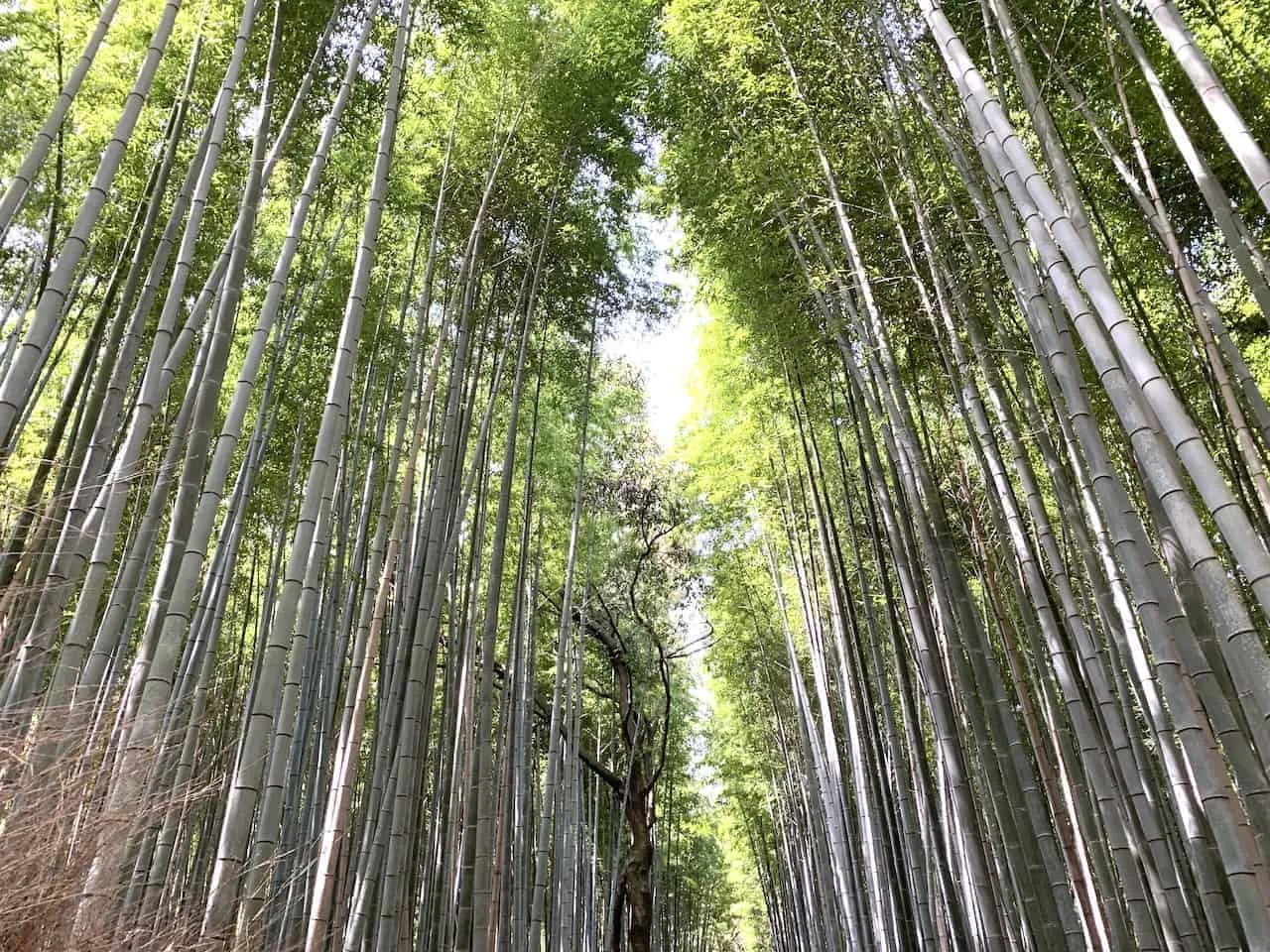
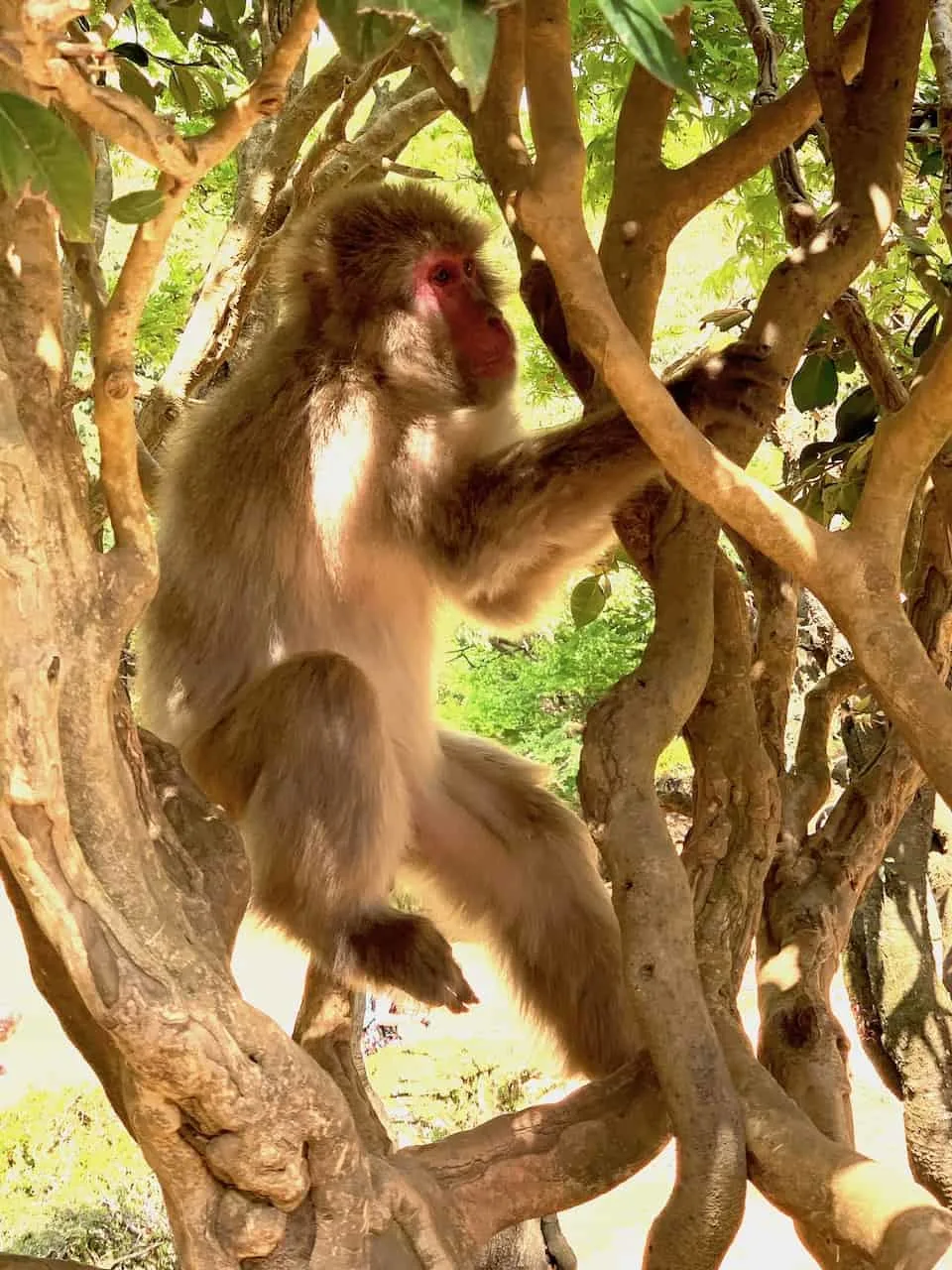
Day 11 – Nara Day Trip
On your third day in Kyoto, you can make the day trip to Nara. If you have not seen the pictures or read about Nara before, imagine a town with thousands of deer roaming all around.
Heading to the park, checking out temples, going on a hike – well you are sure to pass deer everywhere you go. And there is much more to Nara than just the deer. During your time in Nara be sure to check out:
1. Sanjo-dori Street & Nakatanidou Mochi Shop
2. Kofukuji Temple
3. Nara Park
4. Yoshikien or Isuien Garden
5. Todaiji Temple Complex
6. Nigatsudo and Hokkedo (part of Todaiji)
7. Mount Wakakusayama
8. Kasuga Taisha
» Be sure to read through the Nara Day Trip Guide for everything you need to know about the day
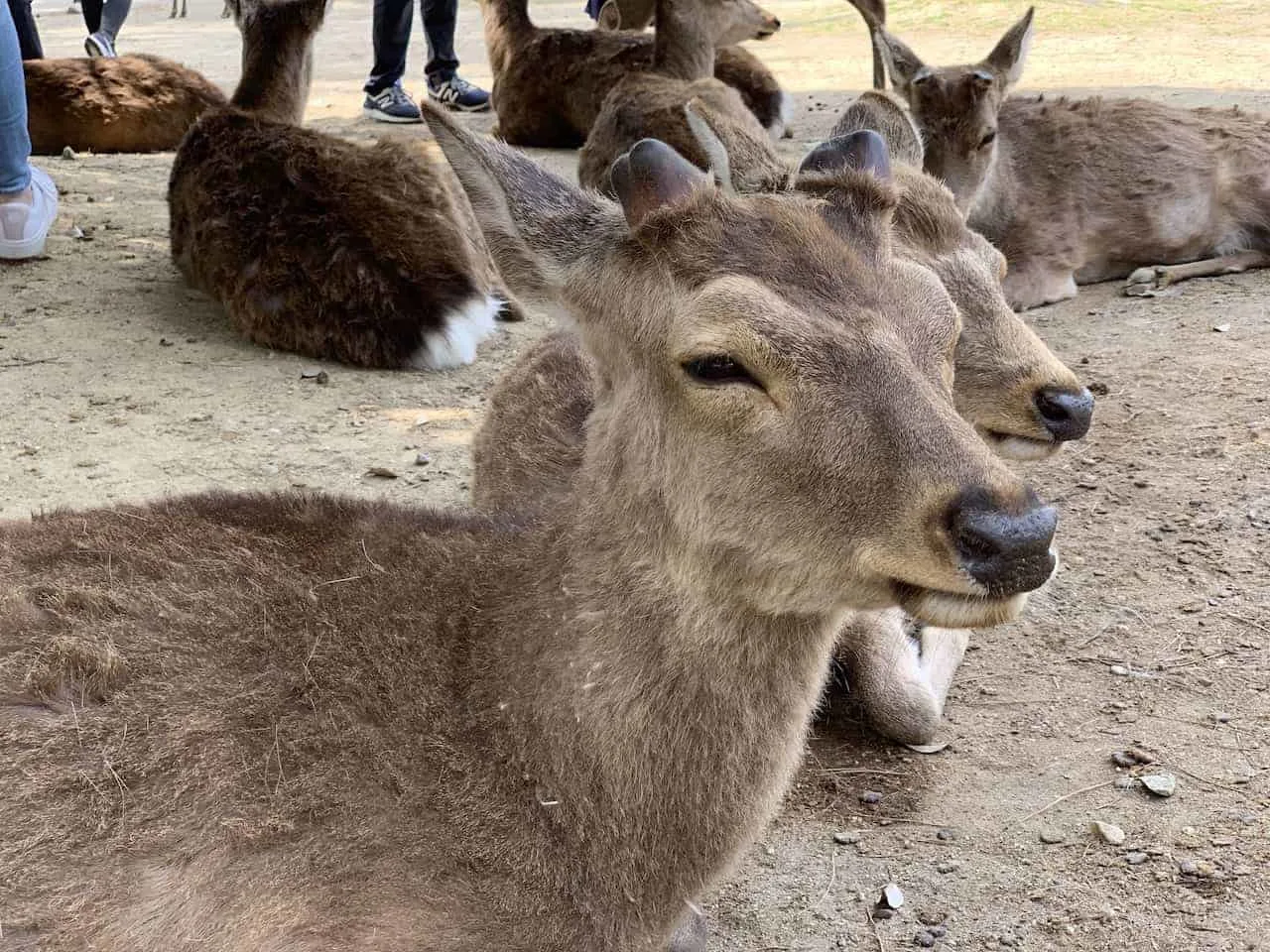
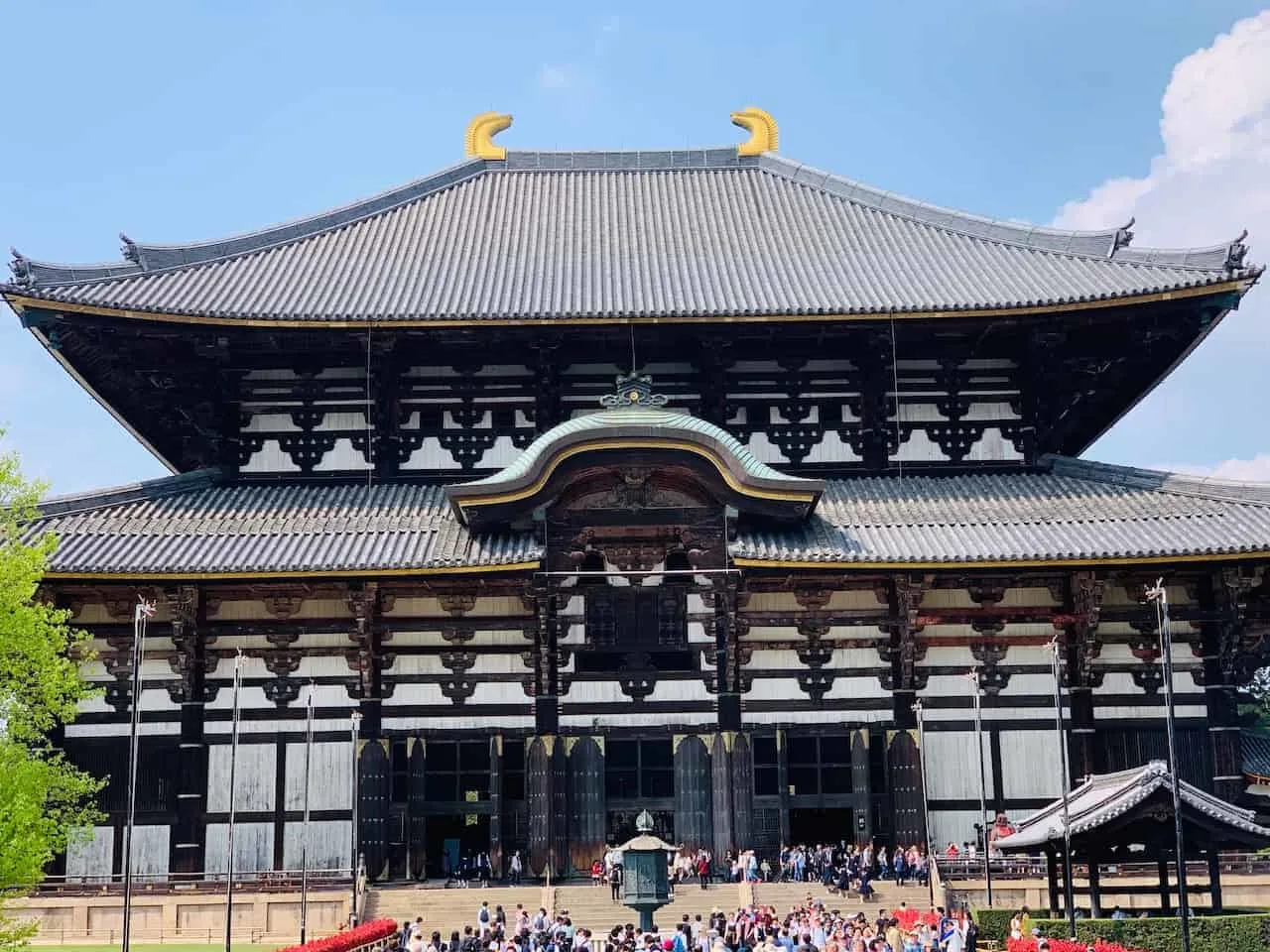
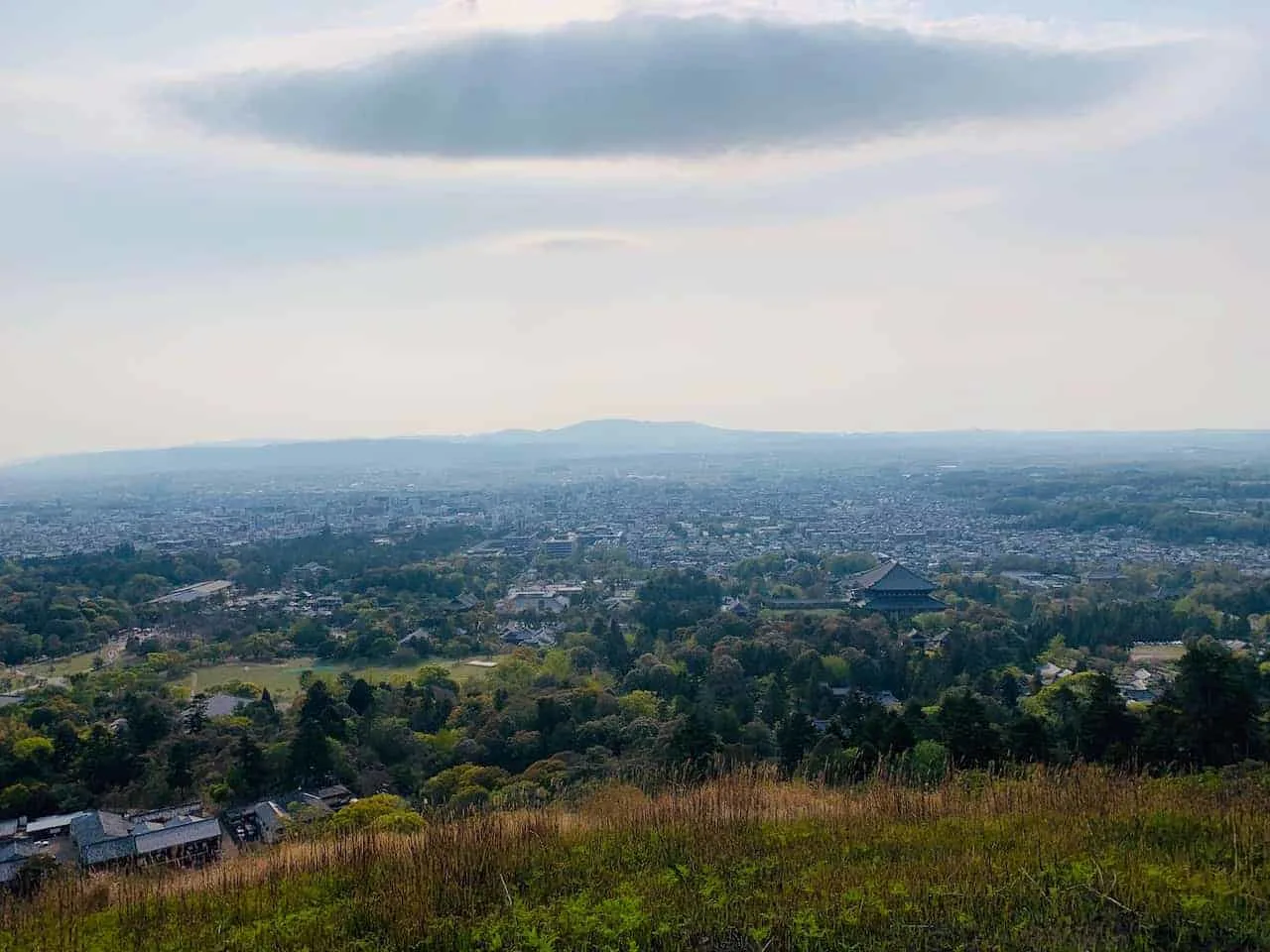
Day 12 – Kyoto / Travel to Hiroshima
Your last day in Kyoto itself will take you to some more of Kyoto’s main attractions as well as one of the best food markets out there. You can follow this route for the day before heading to Hiroshima:
1. Nishiki Market
2. Nijo Castle
3. Imperial Palace
4. Fushimi Inari
Travel Note: your next stop on this 2 week Japan itinerary will be the Hiroshima / Miyajima area. At day’s end you can hop on a train to Hiroshima from Kyoto. The train ride should take about 2-2.5 hours as you make your way to your final stop of the trip.
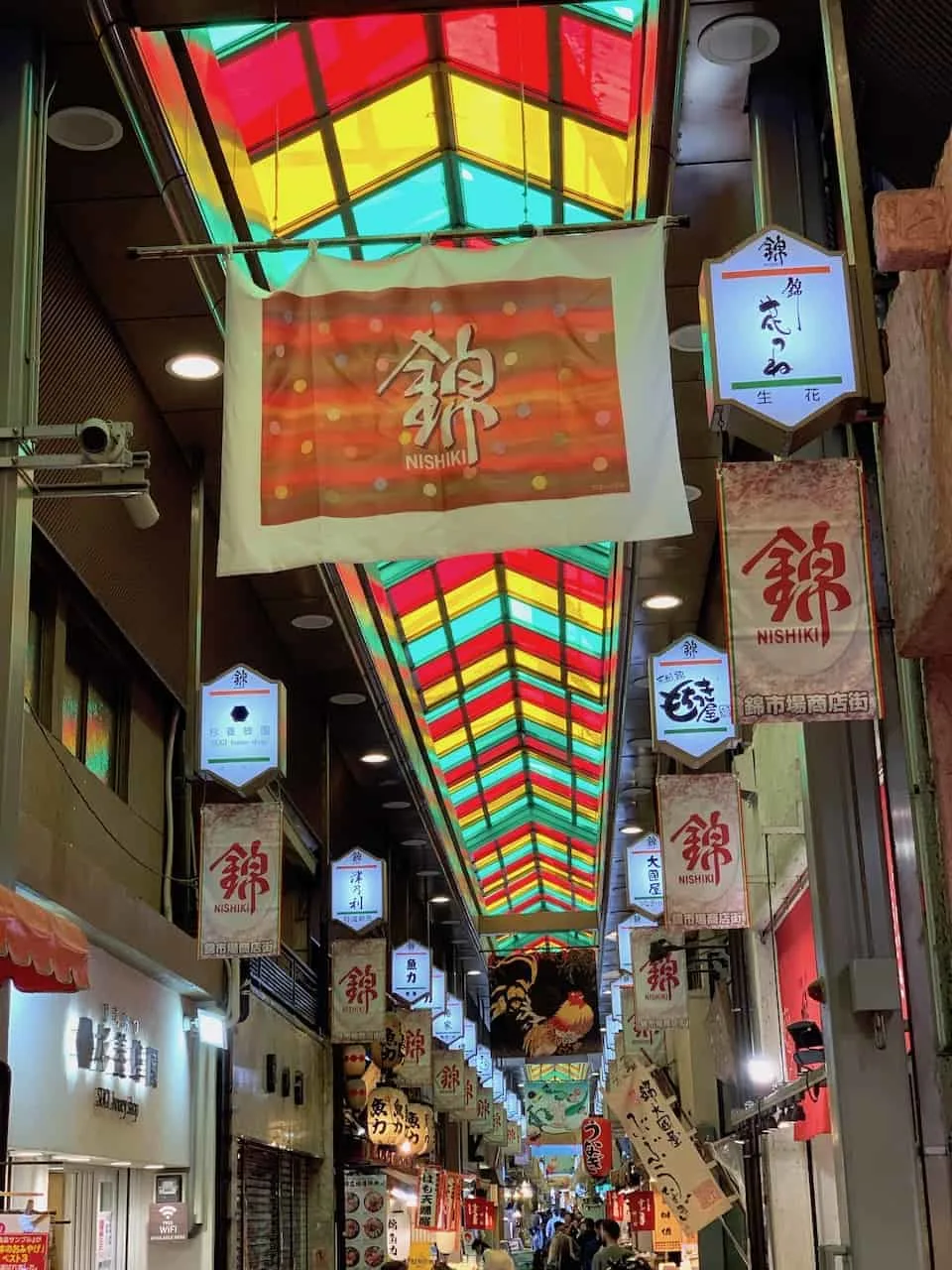
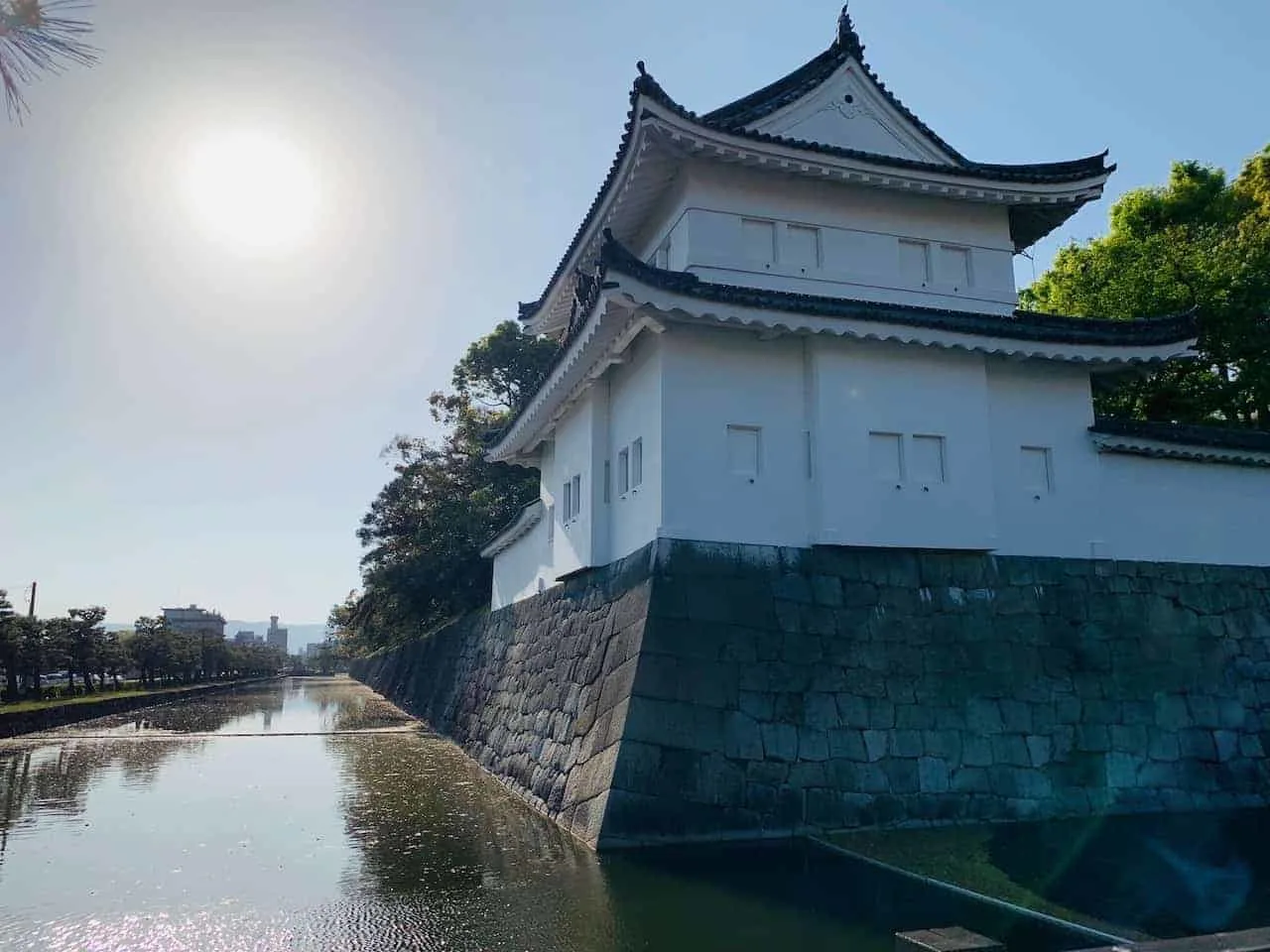
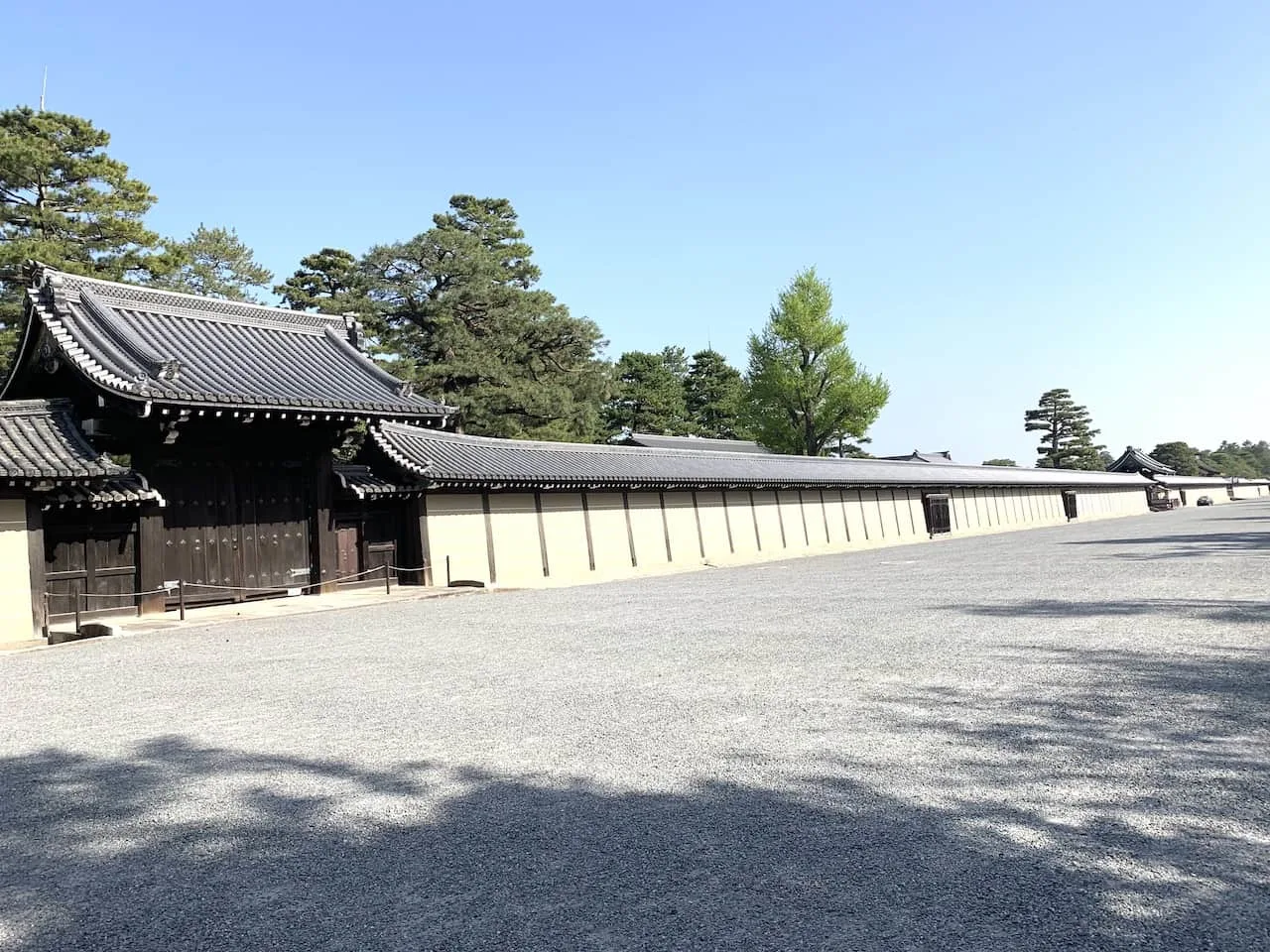
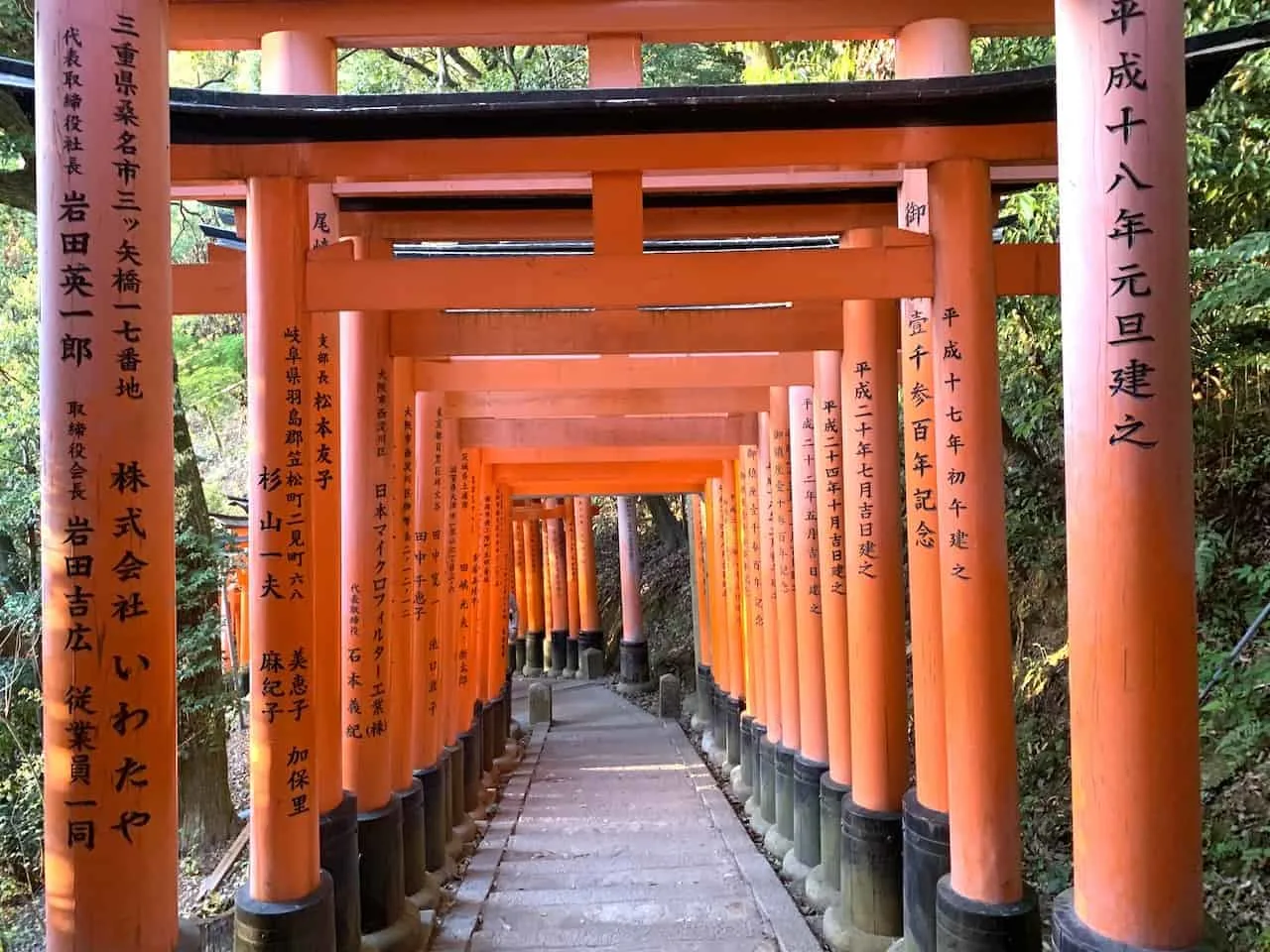
Day 13 – Miyajima
Although you will be staying in Hiroshima, your first day around the area will take you to the island of Miyajima. You can start the day by taking a train to Miyajimaguchi (30 minutes), and then take the ferry from there to Miyajima (10 minutes).
In Miyajima, you can see the famous Itsukushima Shrine complex and its massive torii gate, check out some other temples such as Senjokaku and Daisho-in Temple, and then make your way to Mt. Misen by cable car or by hiking.
After seeing everything you would want to see in Miyajima, head back to the mainland by ferry, take the train to Hiroshima, and then head back to your hotel for the night.
» The Things To Do in Miyajima Guide up on the site has more helpful info to get you prepared for your time there
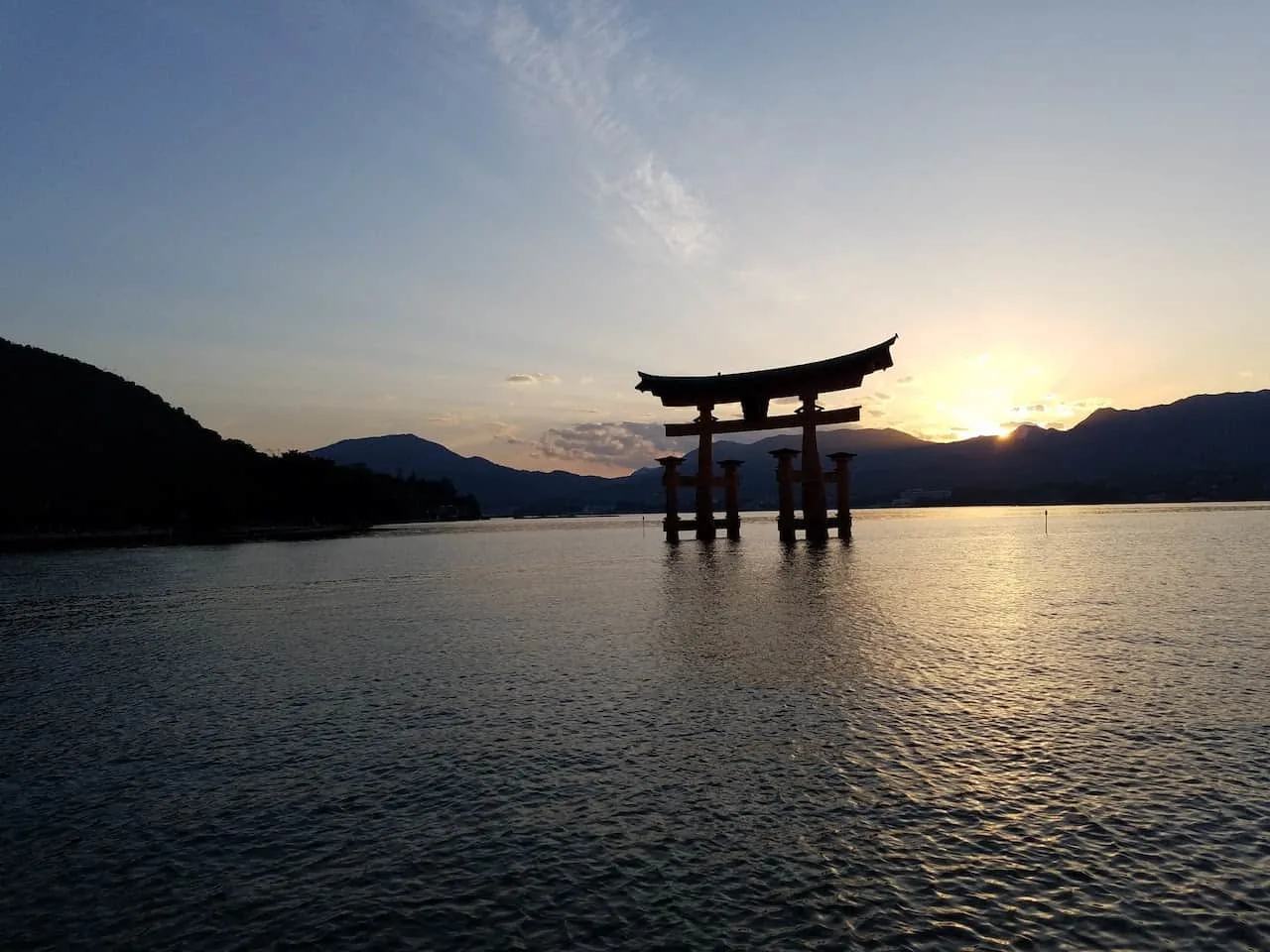
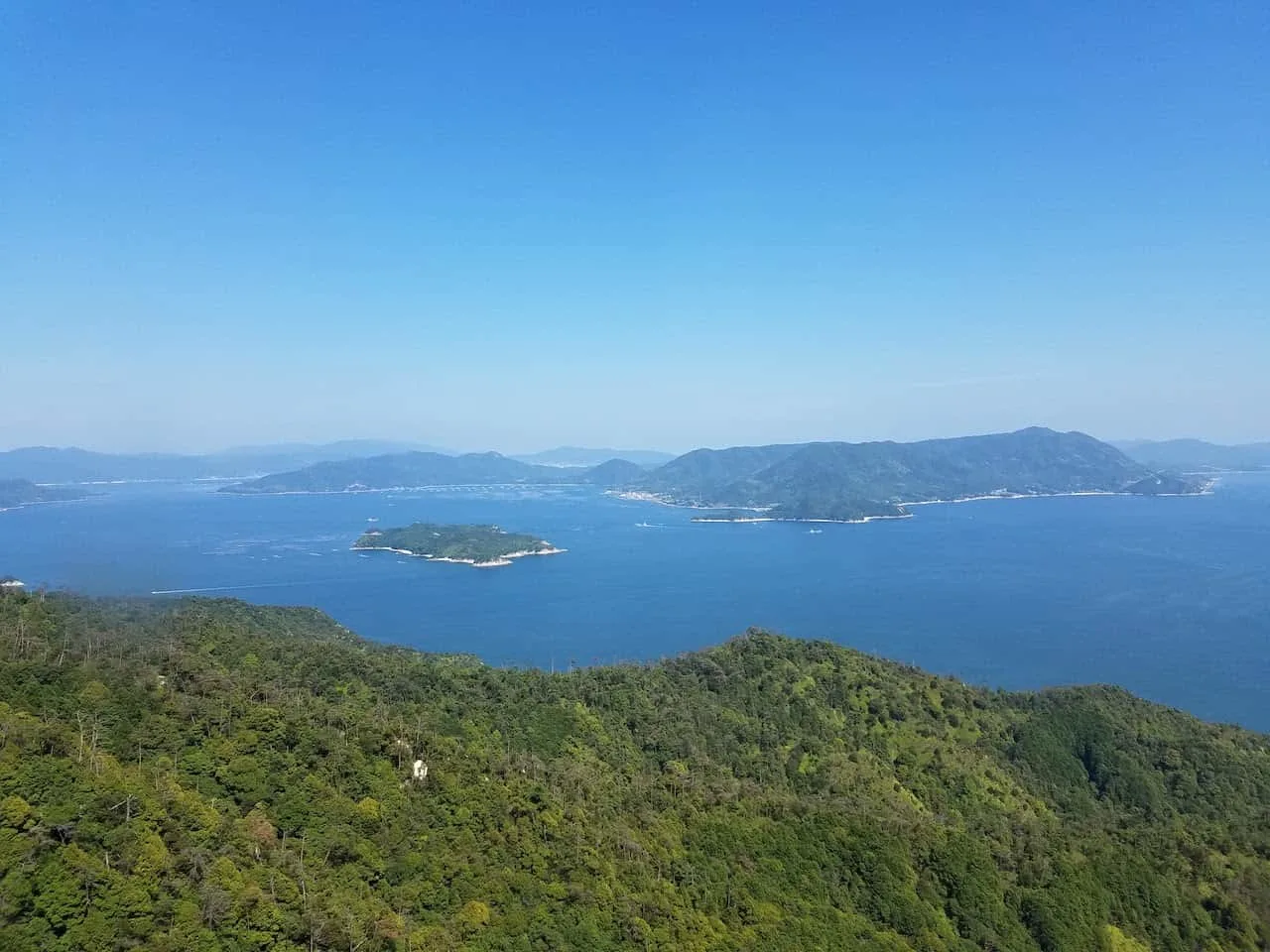
Day 14 – Hiroshima
On your last day in Japan, head on over to the main area of Hiroshima. Many of the city’s attractions are not too far apart from one another so you should have no problem visiting all the sites in a day.
You can visit things such as the Atomic Bomb Dome, the Peace Memorial Park, the Peace Memorial Museum and Hiroshima Castle.
» Read up on the One Day Hiroshima Itinerary for everything you need to know about the city
Once done in Hiroshima, you can make your way back to Tokyo (or Osaka) to catch your flight out, either sometime on day 14 or in the morning on day 15. The train ride to Tokyo is a long one (4+ hours) so do consider that when planning out your logistics.
If you are traveling back to Osaka or Tokyo on day 15 be aware of when you activate your JR Pass, since it is only valid for 14 days. You will be better off waiting an extra day at the beginning to activate it so it will cover your more expensive train ride on day 15.
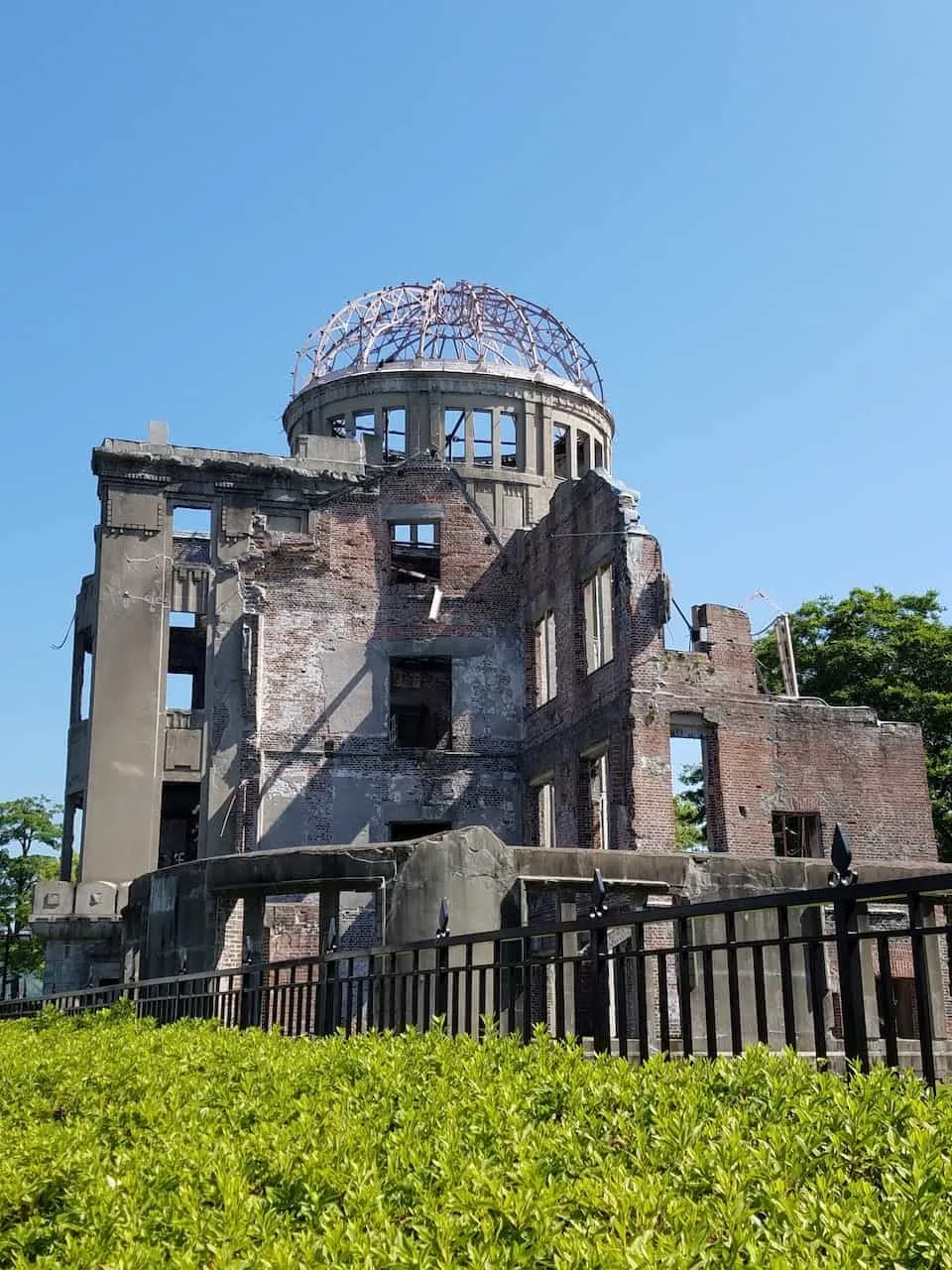
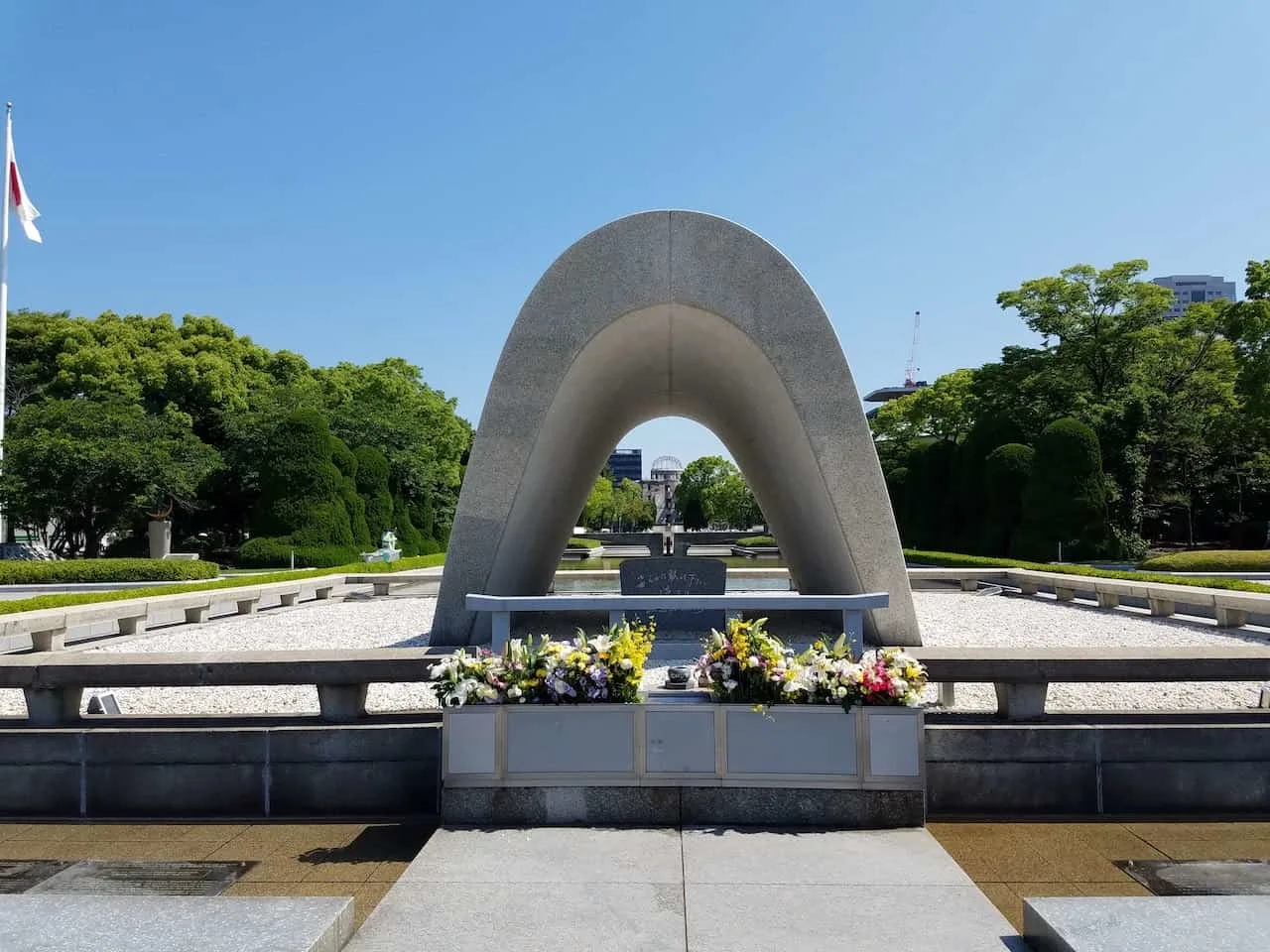
When to Visit Japan
As you are planning your trip to Japan, you will want to decide what time of year to travel. For the most part, the main consideration when traveling to Japan will be the weather.
In general, the top two times of year to travel to Japan in terms of the best weather would be from March to May and from September to November. During these time periods, the temperature is comfortable and the weather is more stable.
In addition to the weather, the Spring time gives you the chance to see the famous cherry blossom trees while the Autumn offers vibrant foliage colors.
If you want to travel during the summer period between June and August, you should be prepared for some more hot & humid weather. You will also find that from May to July (give or take), the rain is more frequent around the country.
Lastly, a winter trip is also possible from December to February. However, you will be dealing with some colder conditions and potential snow. If looking for some of the best skiing in the world though, northern Japan has some options for you.
When I went on my around the world trip, I also took into consideration the local holidays – one of which is Golden Week. This happens end of April to beginning of May.
During this time you will find much of the country is traveling, making it more expensive & more difficult altogether. You may want to consider avoiding this time period for your own trip.
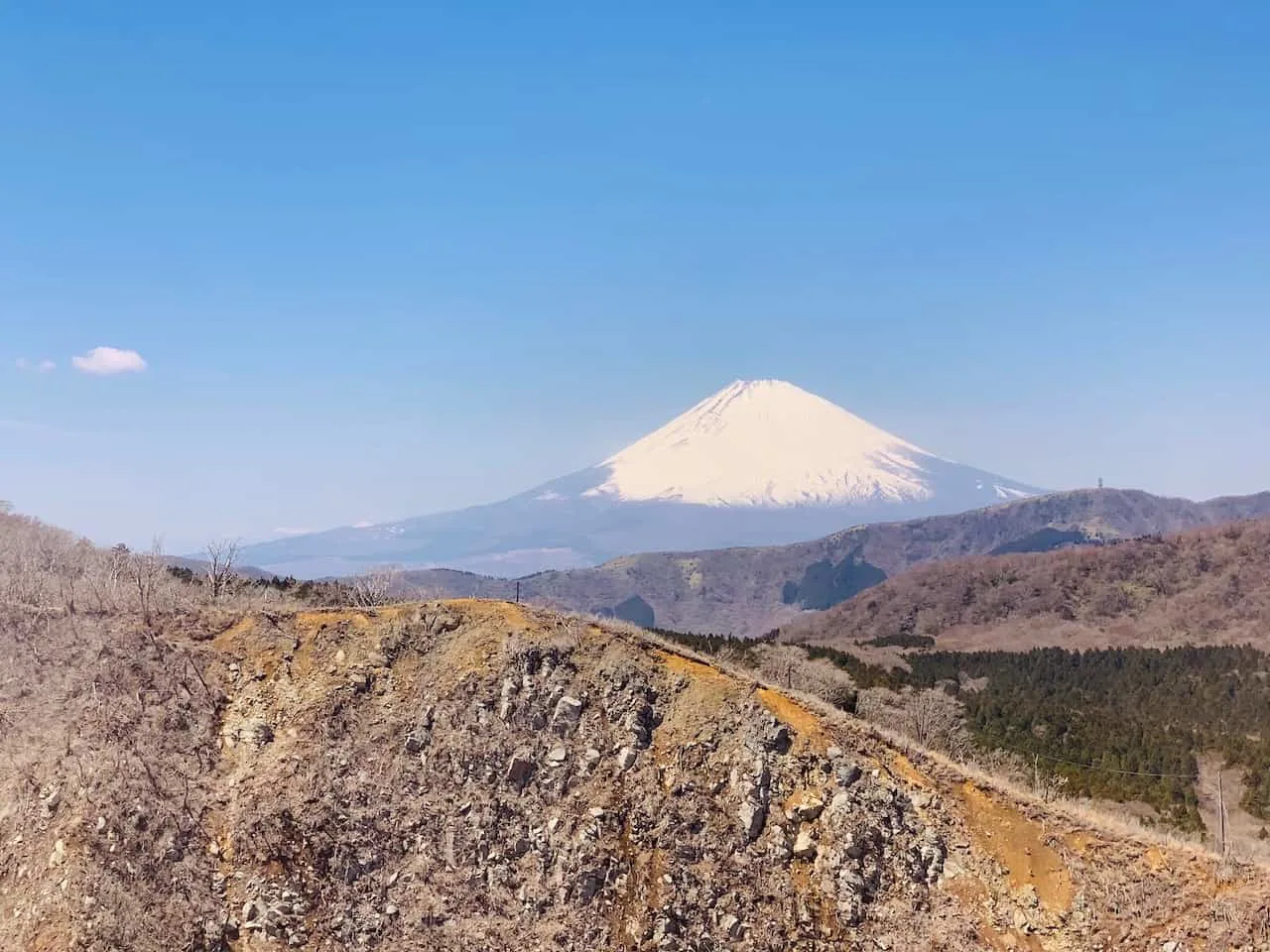
Japan Etiquette & Other Tips
When visiting Japan for 2 weeks, you may be have a bit of a culture shock. There are certainly some normal habits in parts of the world that would be considered rude in Japan. Here are a few etiquette tips to consider as you are making your way around the country.
Etiquette Tips
→ Whether it is a teahouse, restaurant, or temple, many places request you take off your shoes prior to entering. Be sure to pay attention for this as you don’t want to head in with your shoes on if you aren’t allowed to.
→ You should not smoke out in the streets. Instead, you will come across designated smoking areas throughout sidewalks in cities.
→ When eating at restaurants, you do not have to tip. The price you see on the bill is the price that you pay. If you do try to tip, don’t be surprised if the tip is refused.
→ When taking local trains, do not eat or drink during a ride. Although you may come across vending machines in stations all throughout the country, it is customary to not actually drink or eat on the train itself. If taking longer inter city routes, then you should not need to worry about this.
Additional Tips
→ While credit cards are accepted in the country, you will come across many restaurants and shops that only accept cash. Be sure to always have yen on you so you are not stuck in a tricky situation.
→ English is not that well spoken or understood by the locals. While there are signs in train stations and throughout the country in English, many locals will have limited to no English. Having Google Translate handy will always be helpful.
→ If visiting temples and other attractions, be sure to understand opening hours before you go. Each temple, market, and attraction will have different hours and can be closed on certain days of the week. Read up on the latest before you head out for your trip.
→ Within Japan’s train stations you will find luggage lockers. For a few dollars, you can put your luggage in a locker and then spend time exploring a city. This is very convenient if traveling between cities and visiting somewhere in between.
→ Japan also has the option to send your luggage ahead right to your next hotel. This service is called Takuhaibin and costs around $20 per piece of luggage. Overall, it is just a very convenient way to go about traveling in Japan.
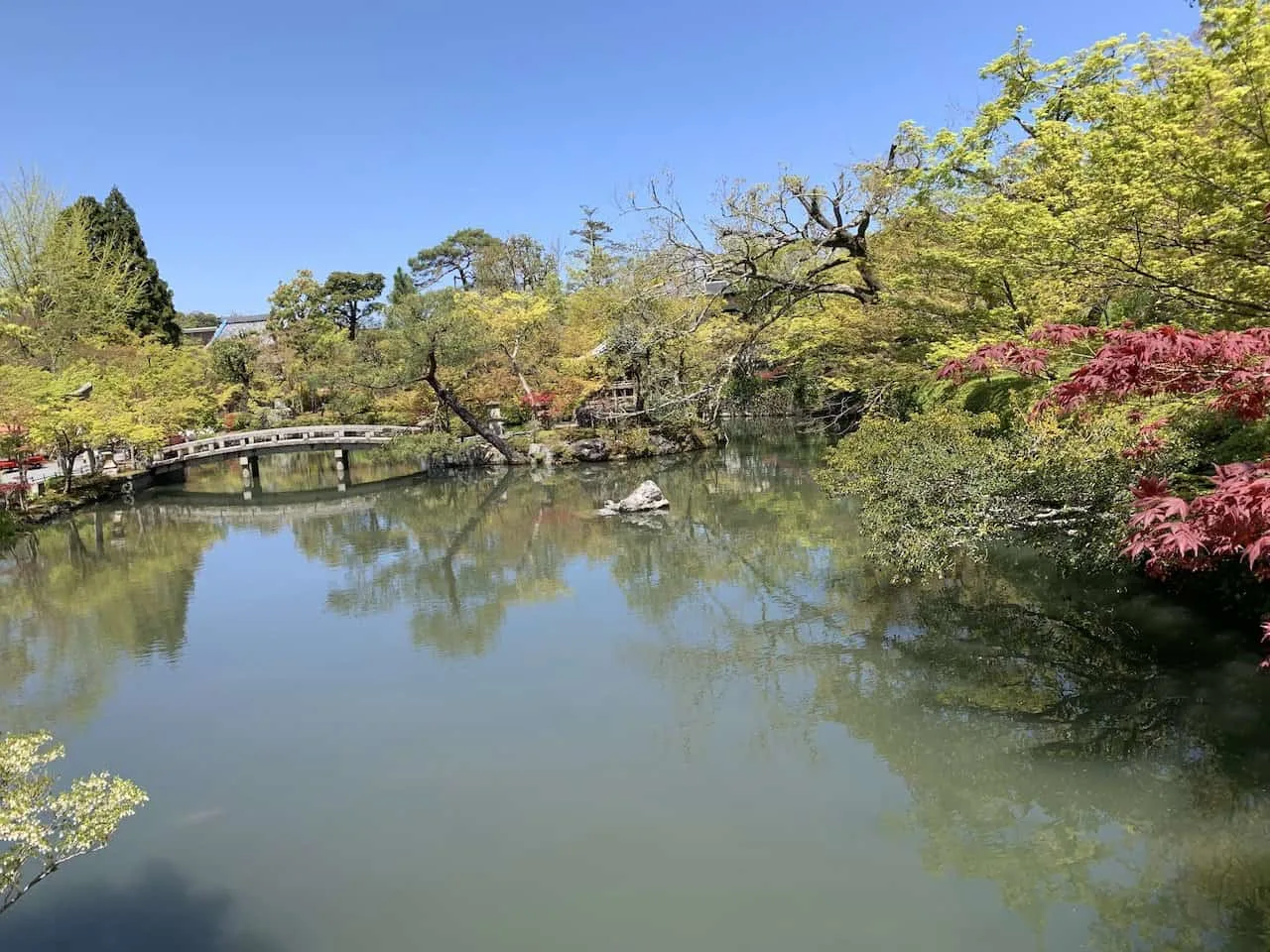
Japan Travel Insurance
Considering travel insurance for your trip to Japan?
World Nomads offers coverage for more than 150 adventure activities as well as emergency medical, lost luggage, trip cancellation and more.
For years, World Nomads has been protecting, connecting & inspiring independent travelers, offering travel insurance & safety advice to help you travel confidently. Their mission is to support and encourage travelers to explore their boundaries.
World Nomads has simple and flexible travel insurance that has been designed by travelers for travelers. Even if you leave home without travel insurance or your policy runs out, you can buy or extend out on the road.
Get a quote for a World Nomads travel insurance policy today!
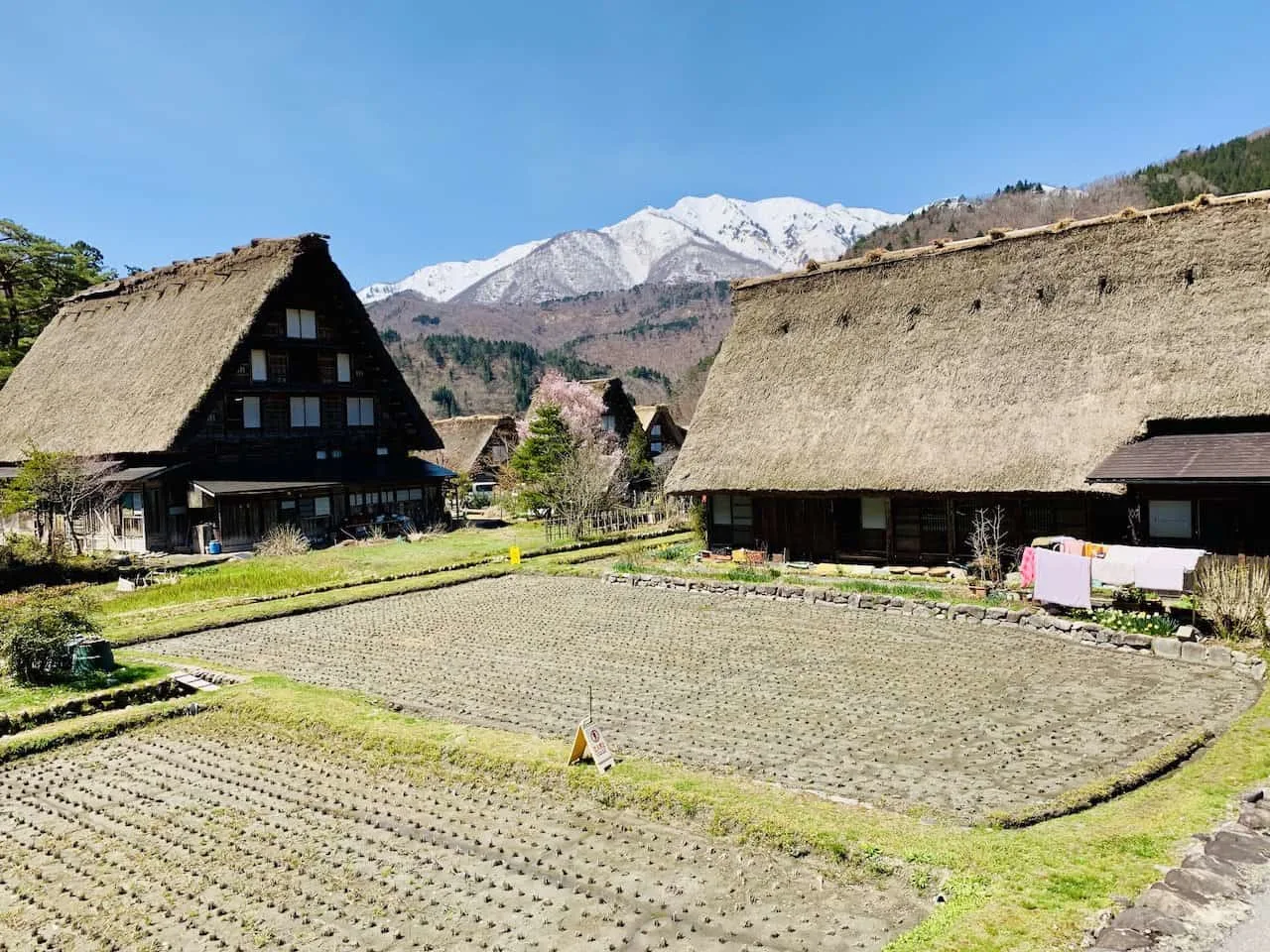
I hope that this itinerary has helped you out a bit more to prepare you for 14 days in Japan. The country is filled with just so much to see and do, and I am hoping this guide has made it a bit easier for you to figure it all out.
Head over to the Japan itineraries and guides page to check out some more helpful posts, especially if you are thinking of maybe taking a 10 day Japan trip or 7 day Japan trip instead.
And feel free to comment below with any questions! Have fun out there and safe travels!
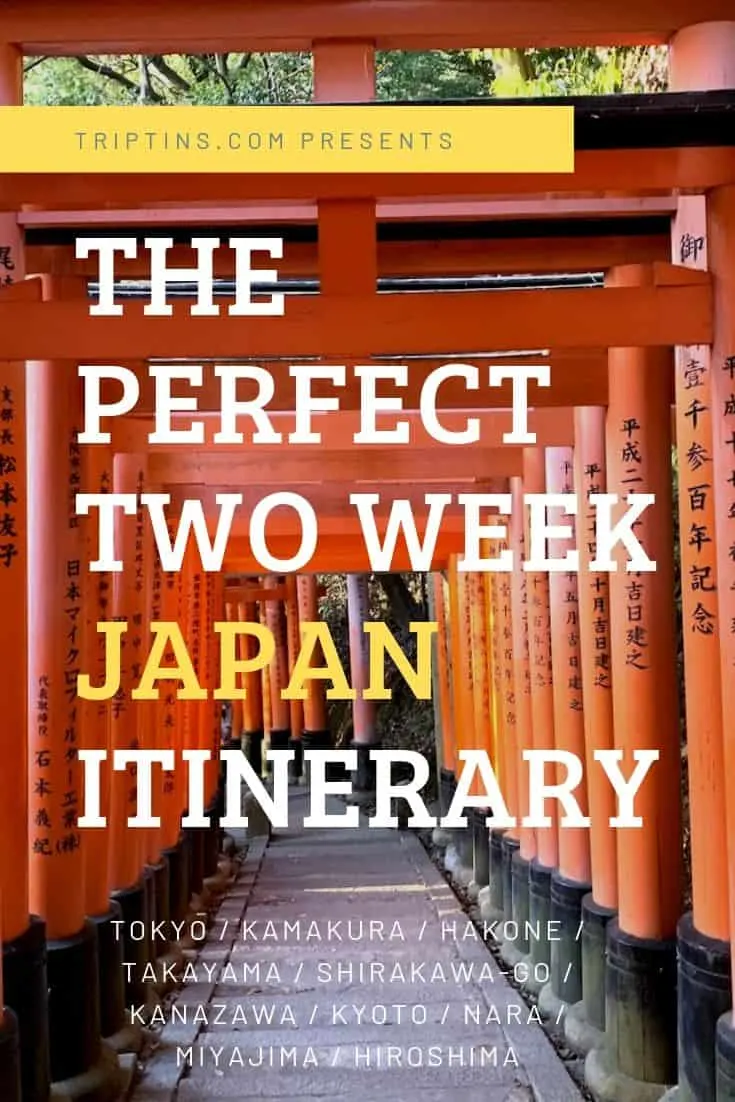

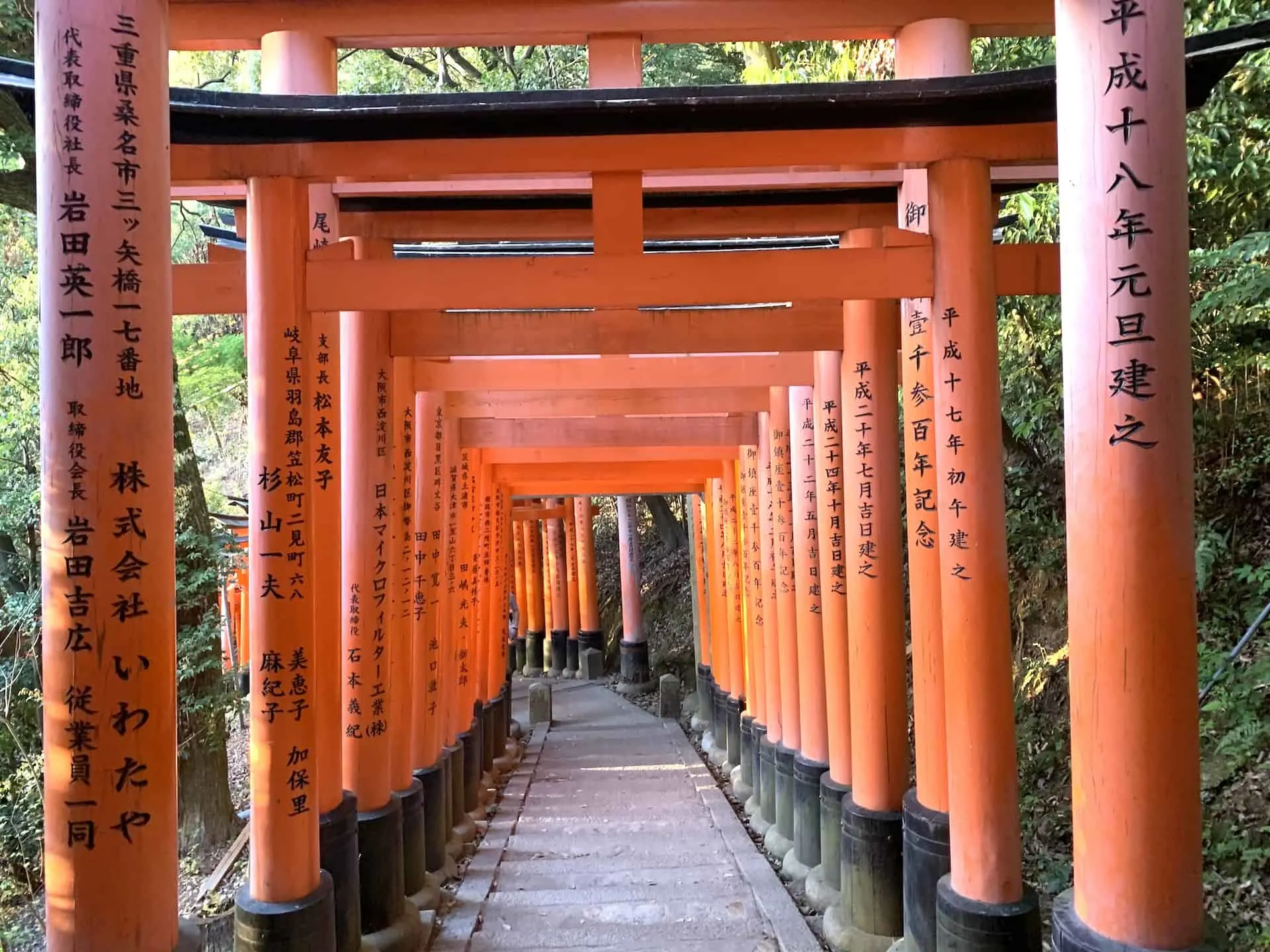
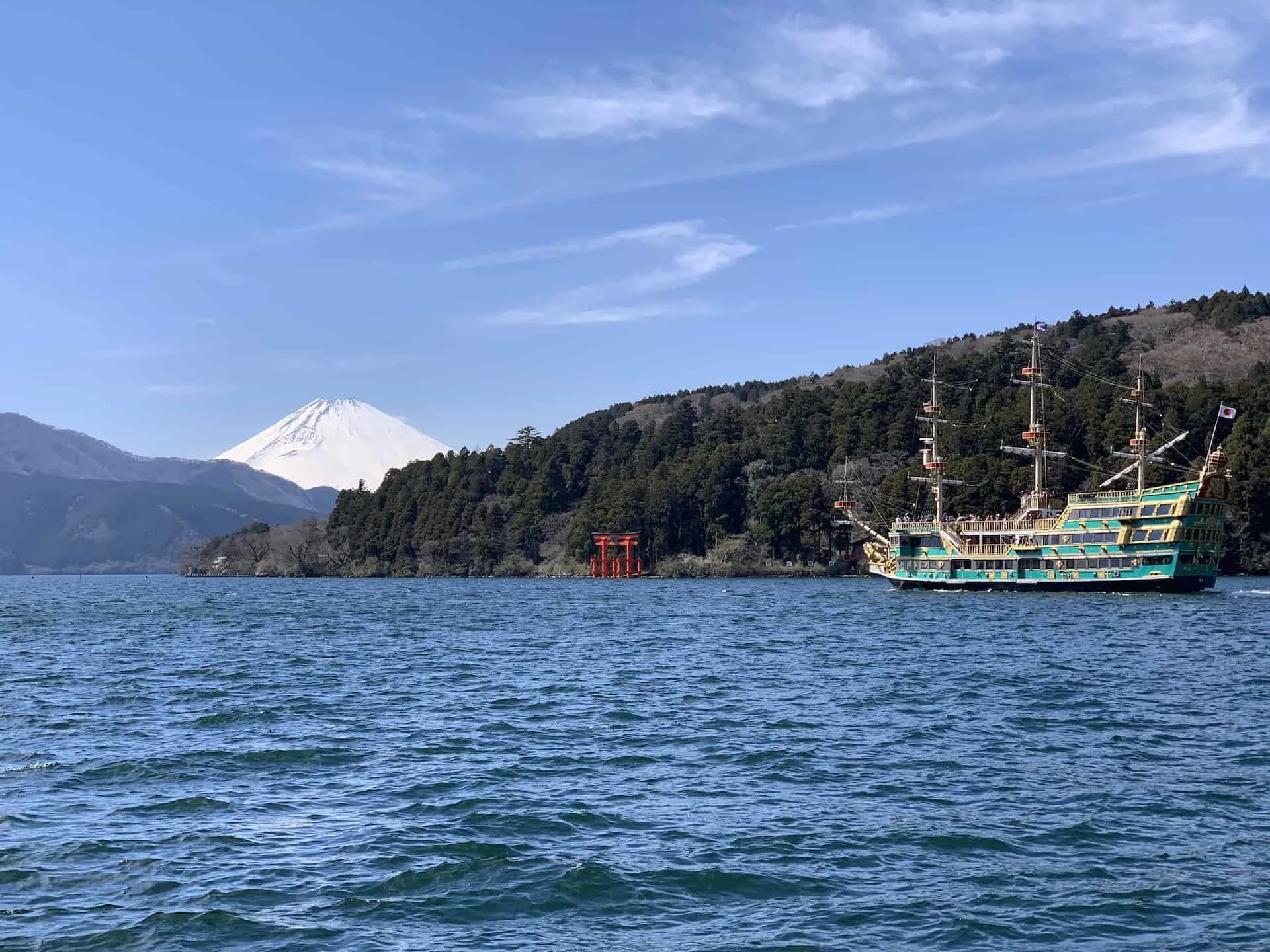
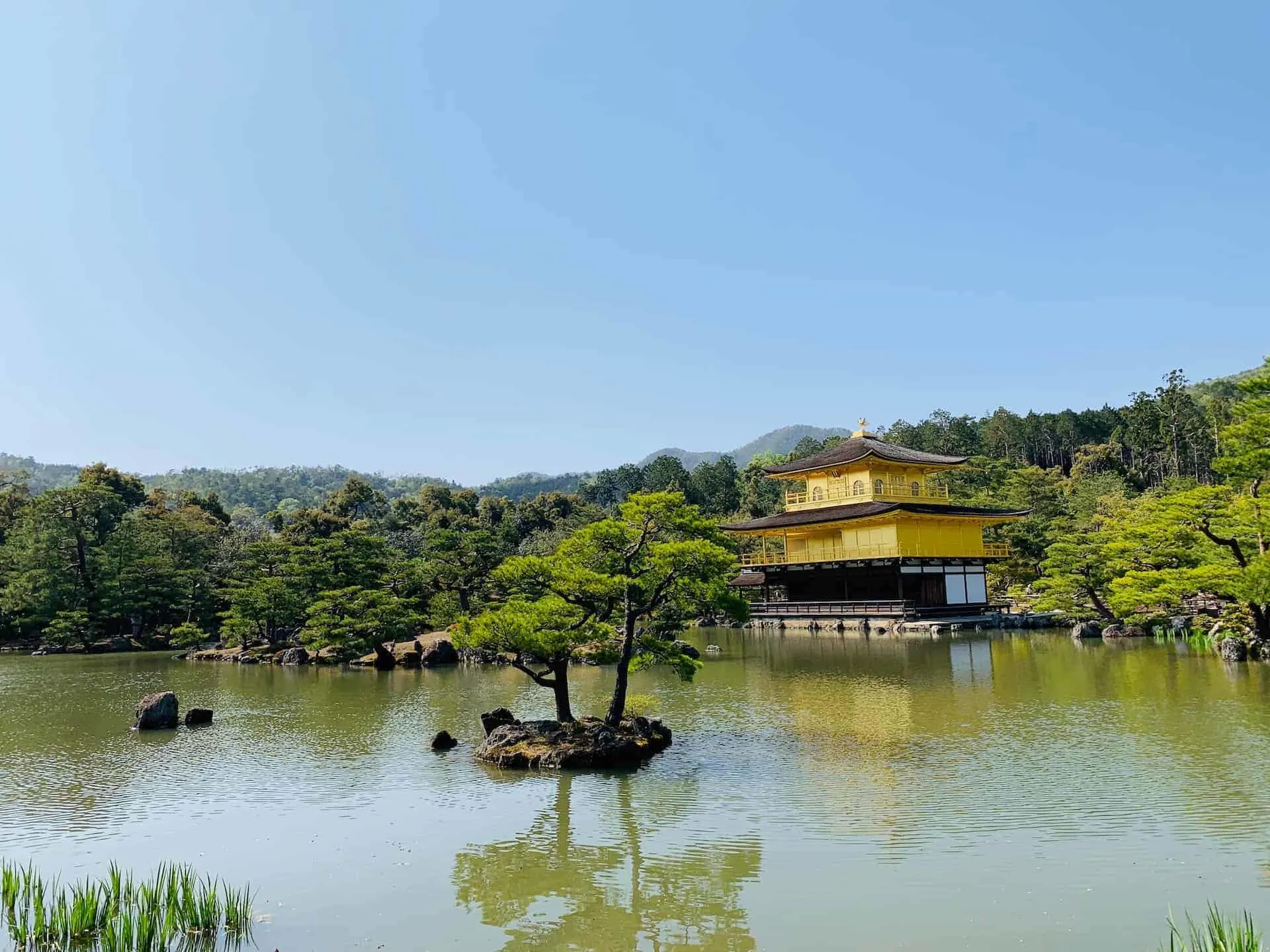
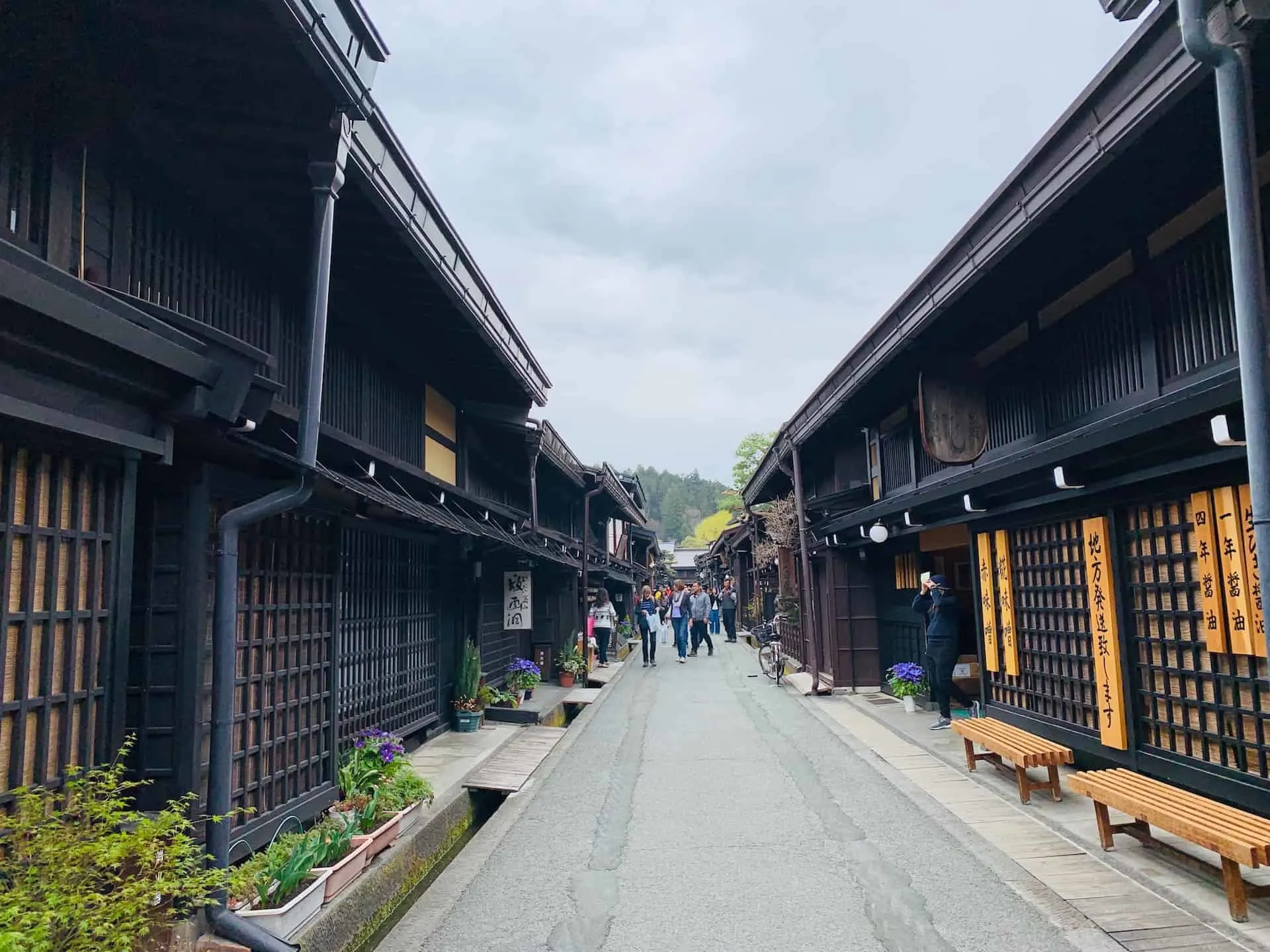
britta
Wednesday 1st of March 2023
hi there,
I am currently planning my trip to japan for the end of this month. I really like your plannig. I do have one question. The day you spend in Hakone you travel to takayama in the evening. How did you get from Hakone to Odawara station? seems like this is another hour of travel, no? thanks already
Charles
Thursday 2nd of March 2023
Hi Britta - there is a bus that goes from the lakeside area to Odawara. It should take around 40 minutes or so. Check out the Hakone round course guide linked in the itinerary!